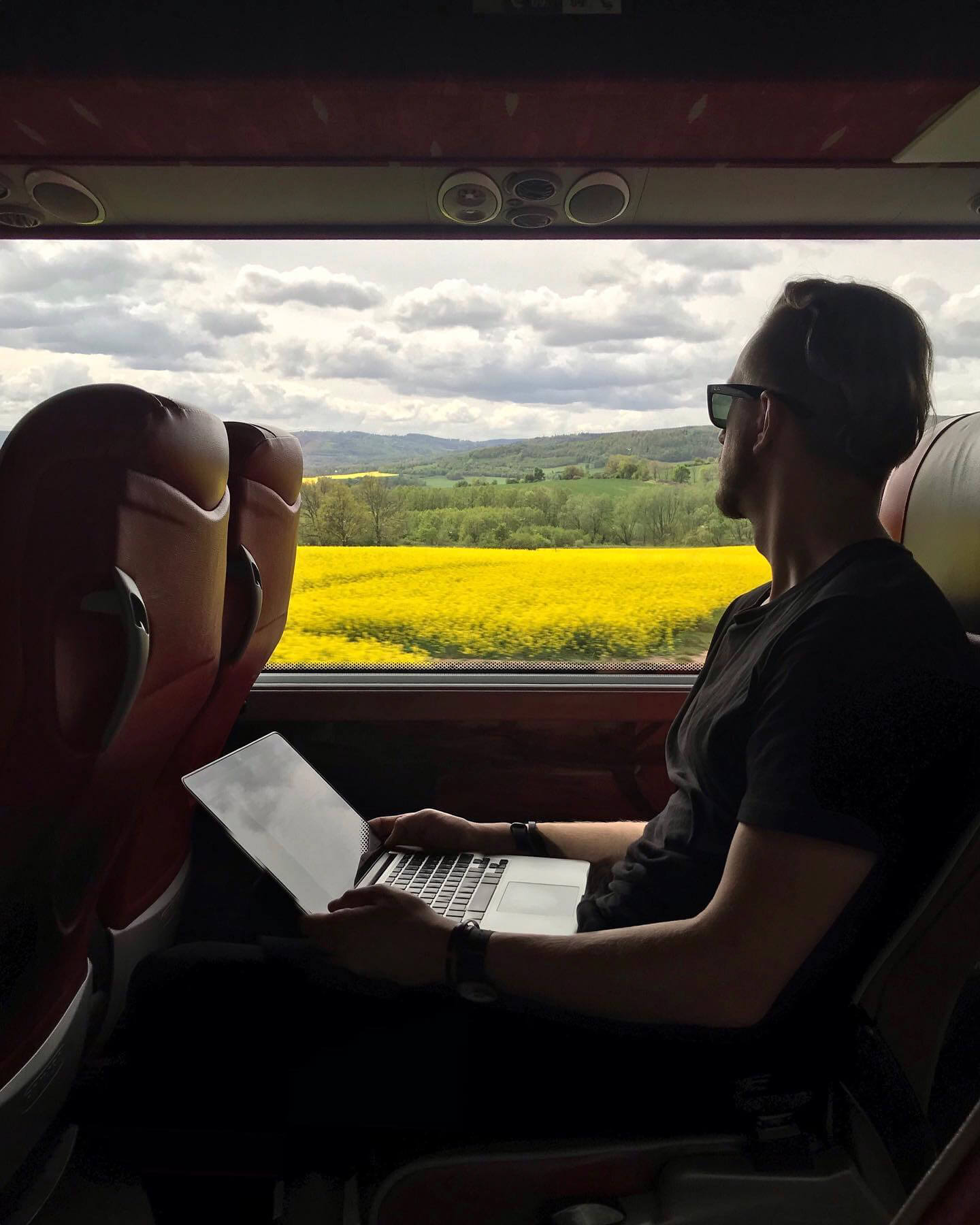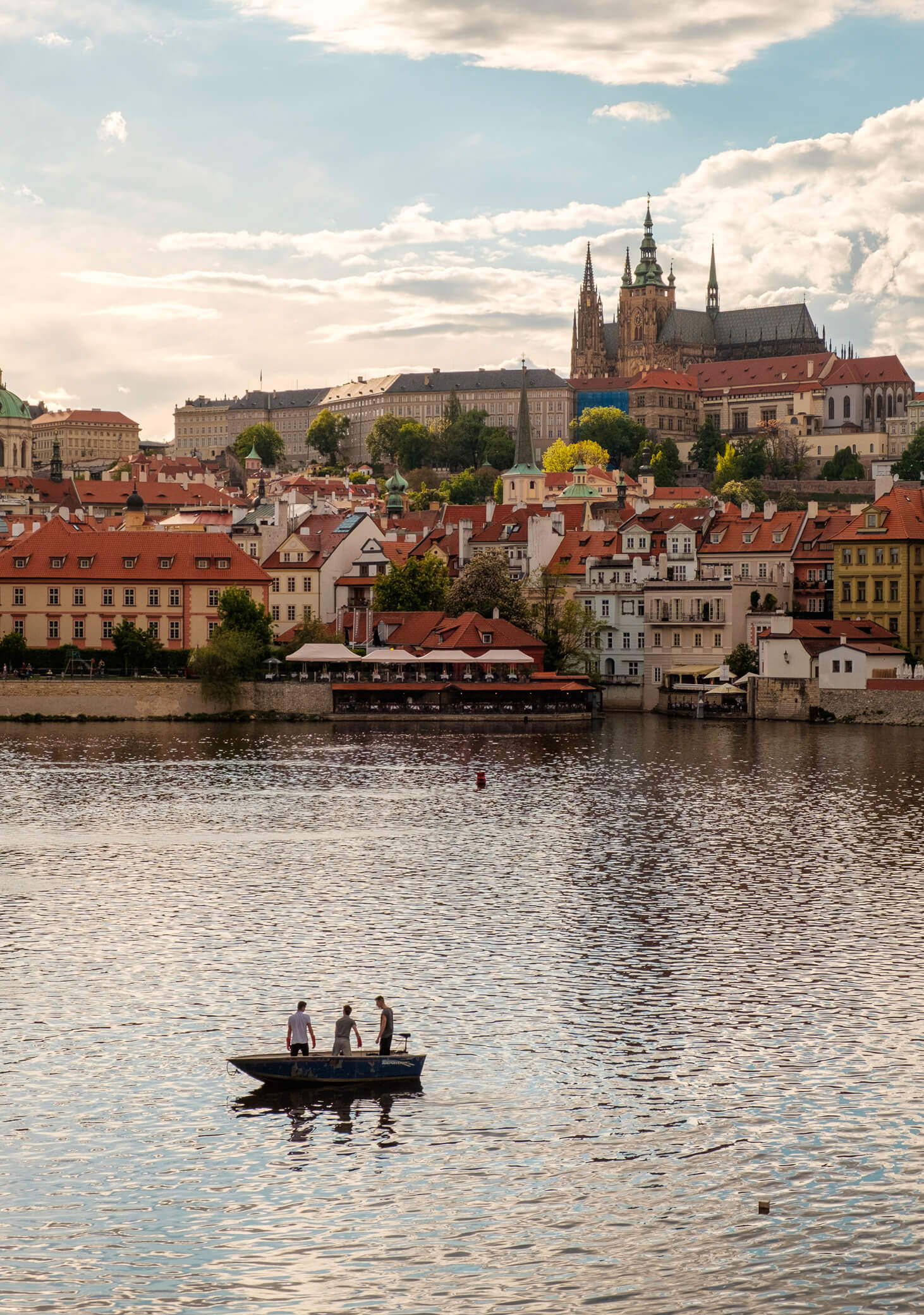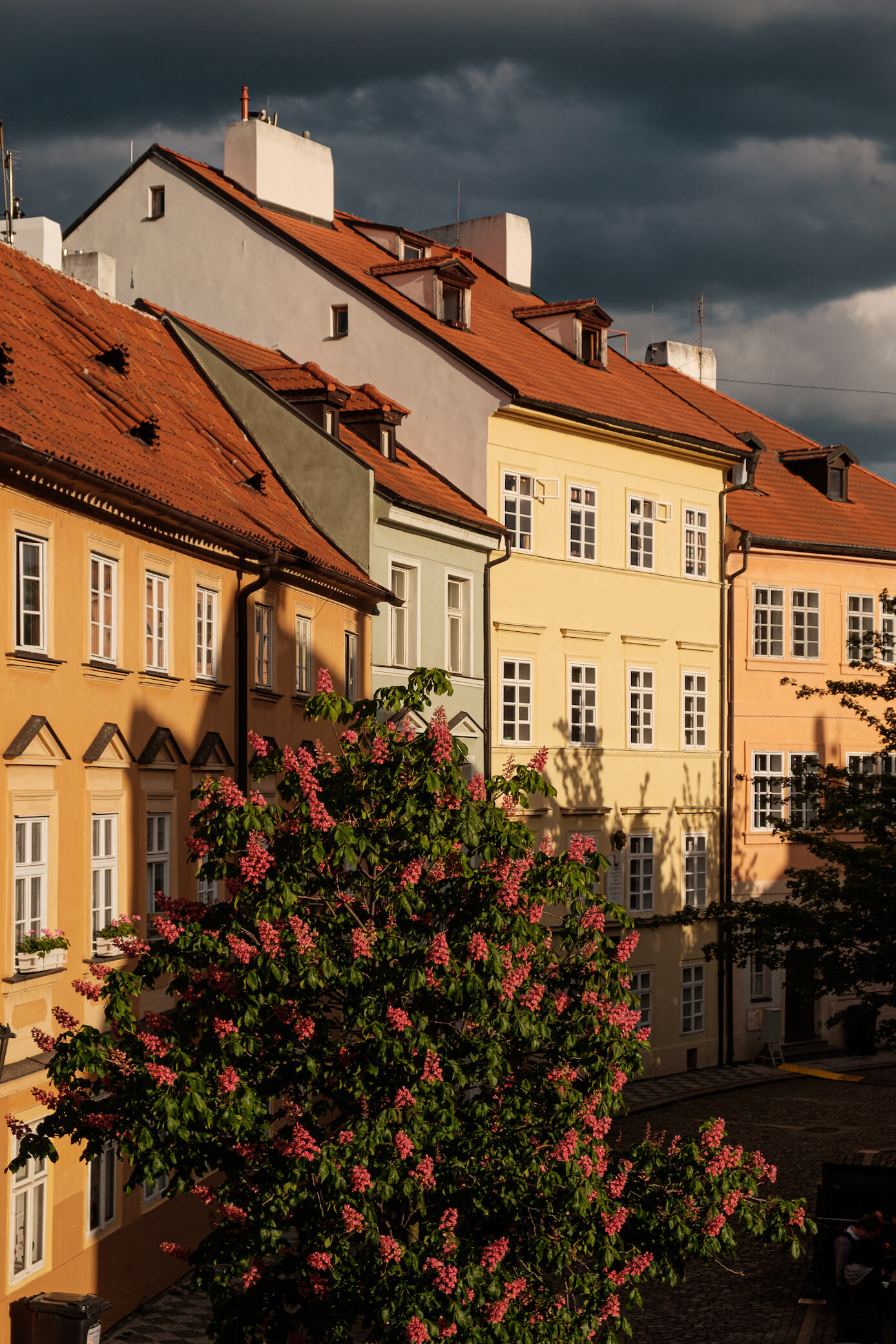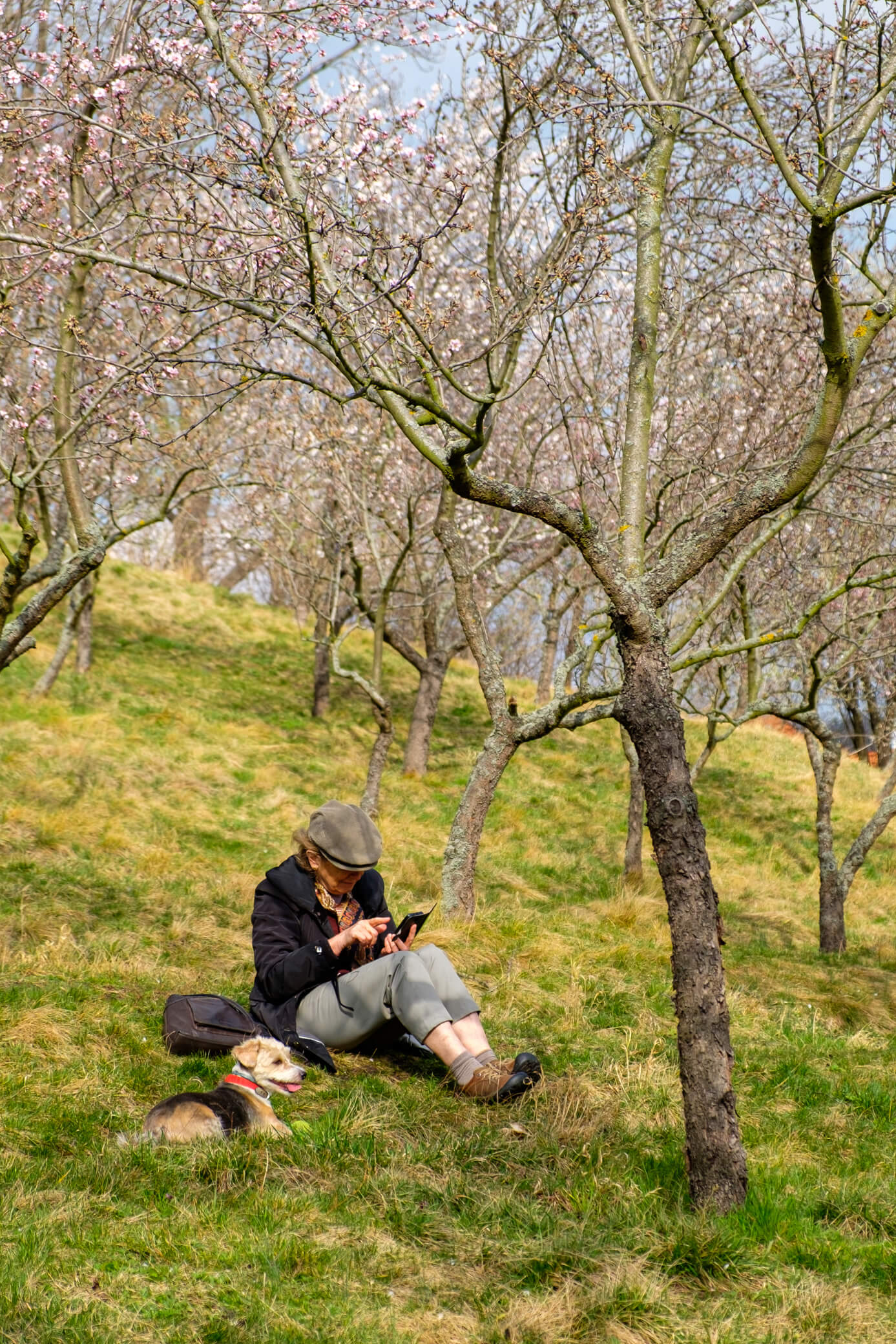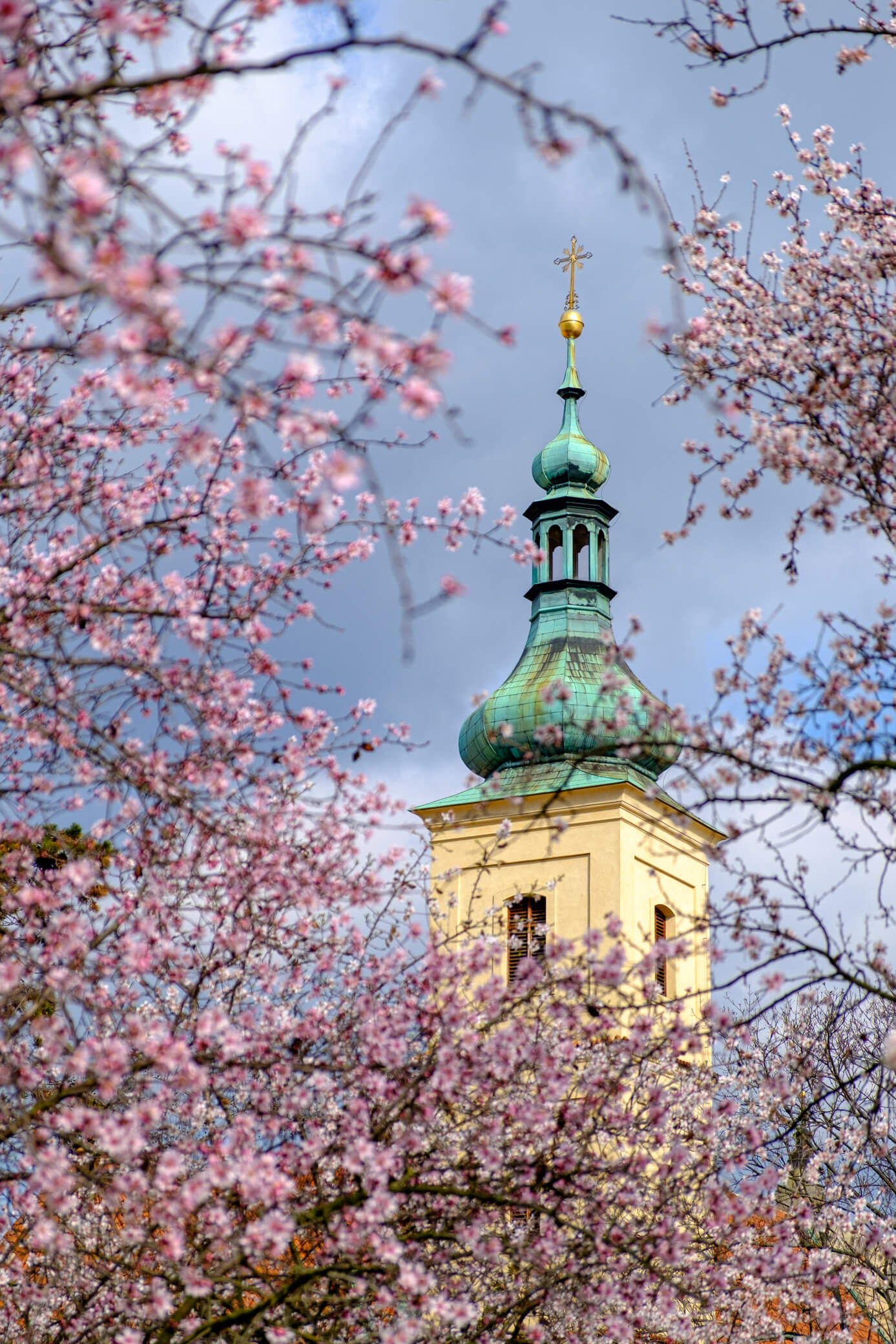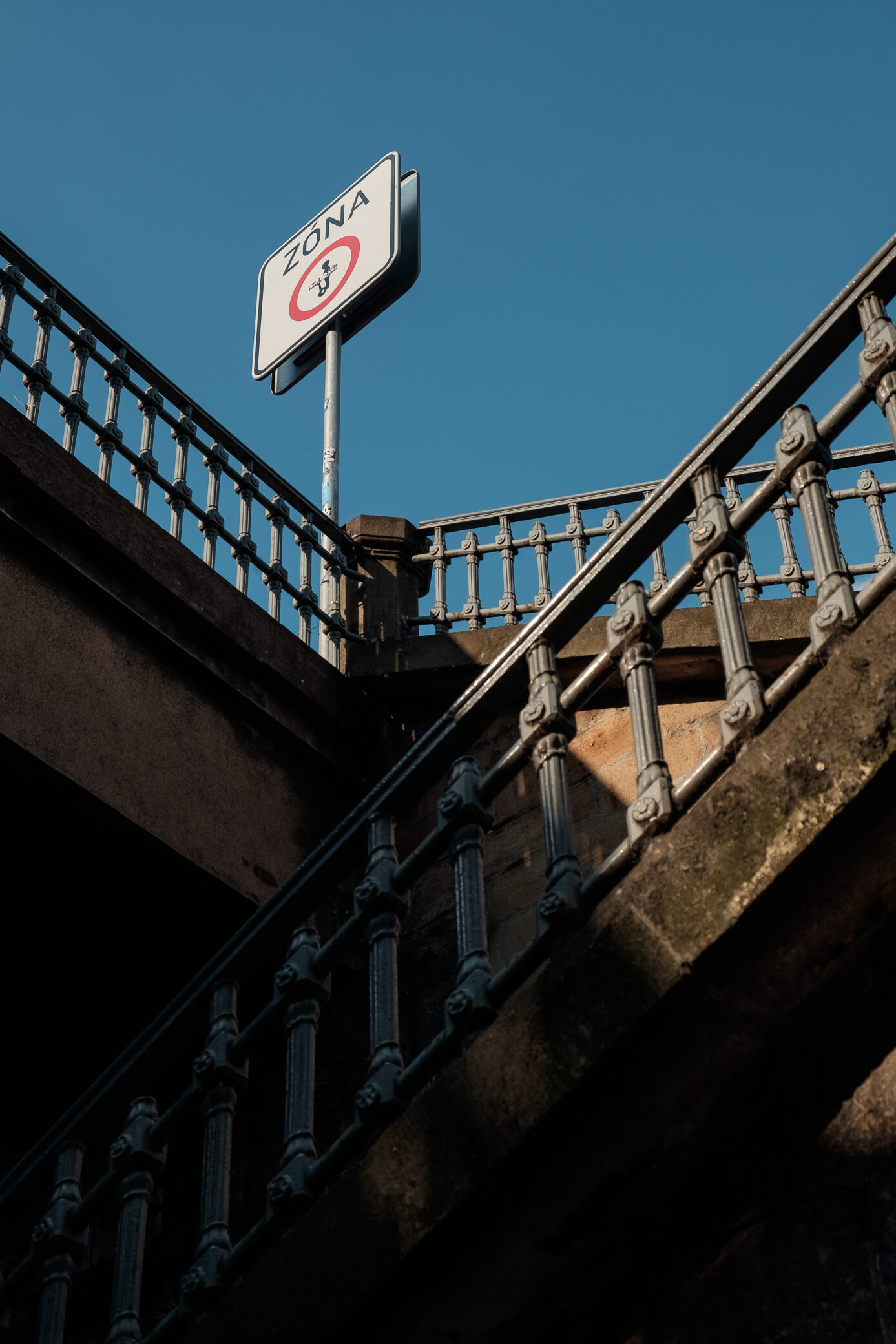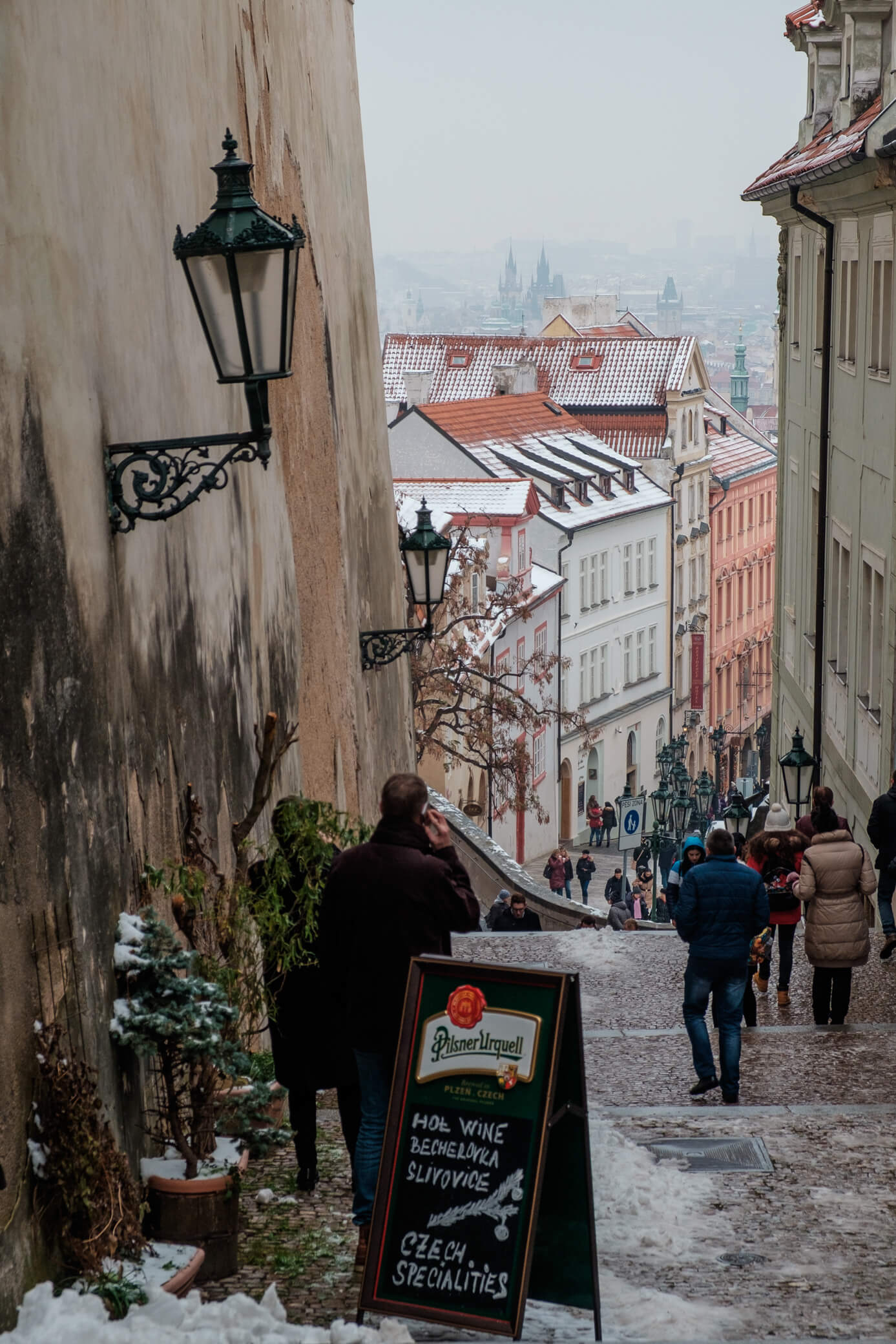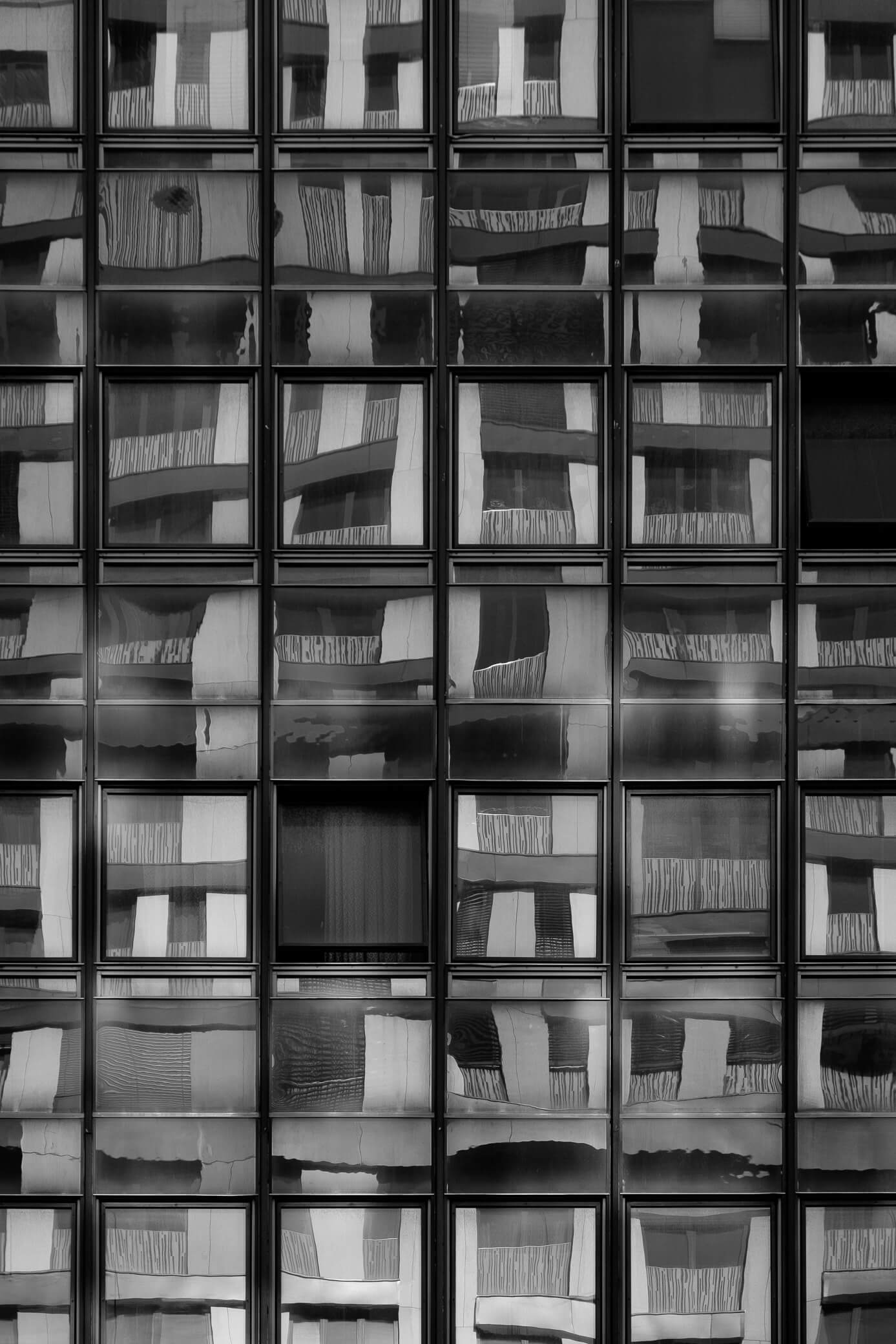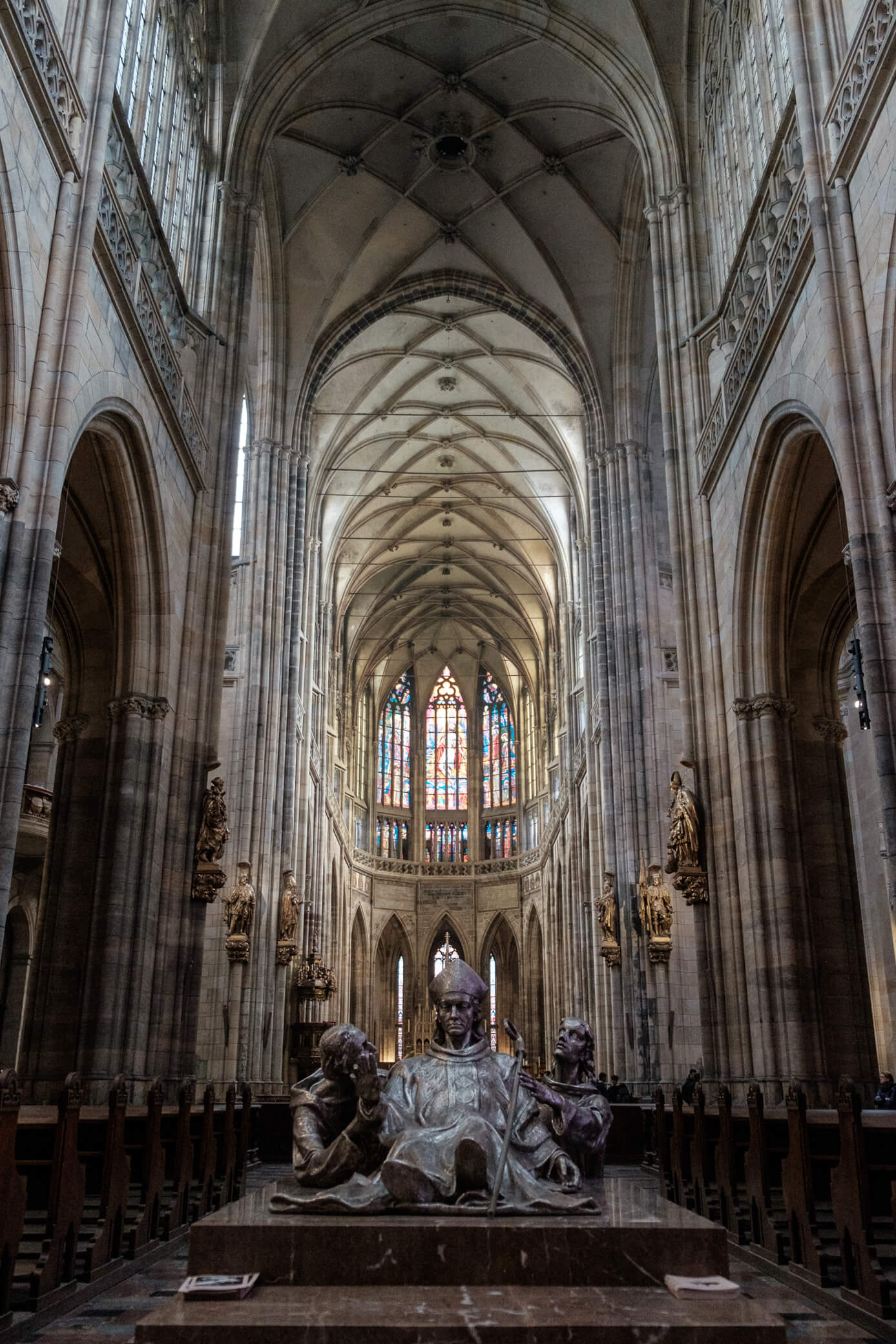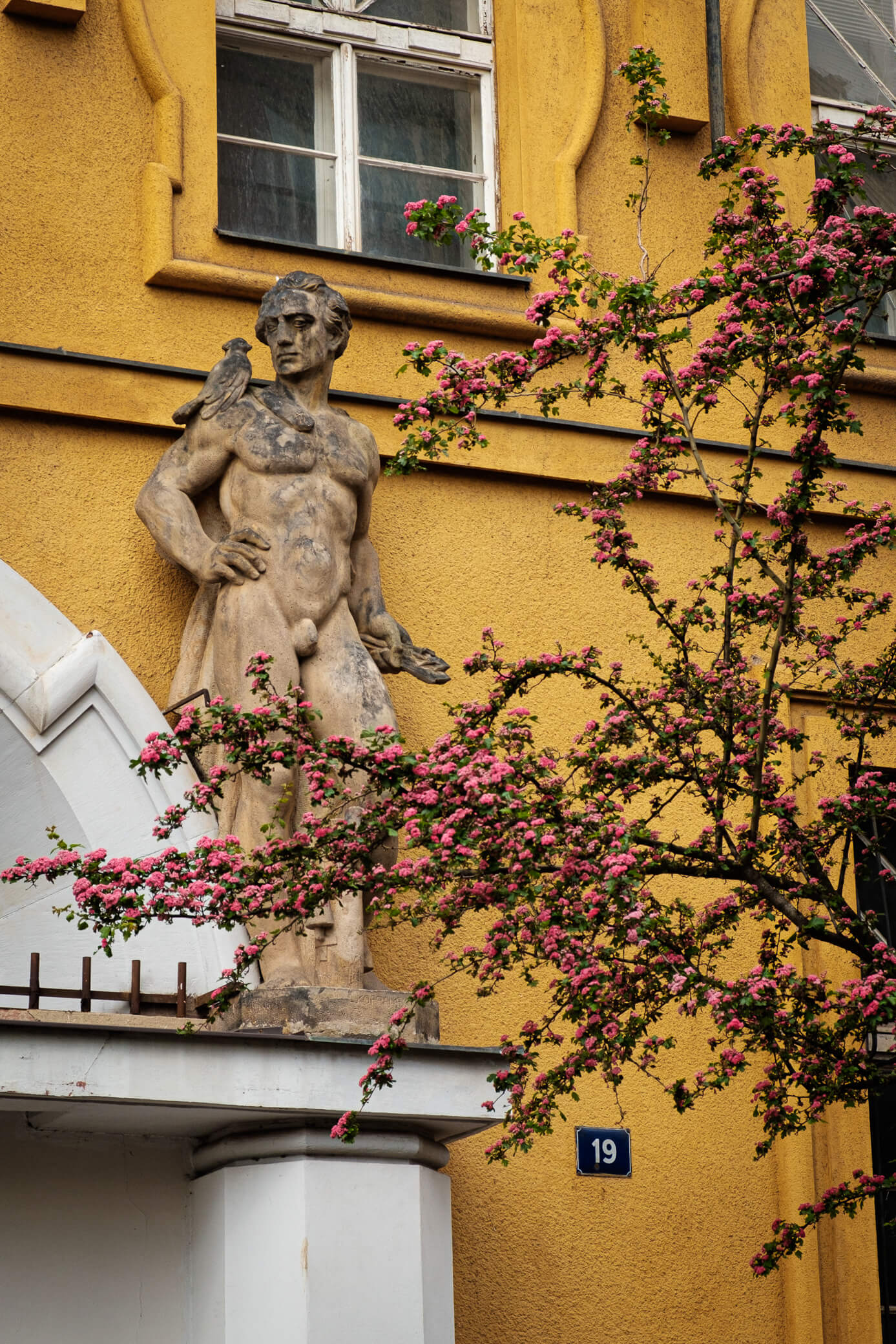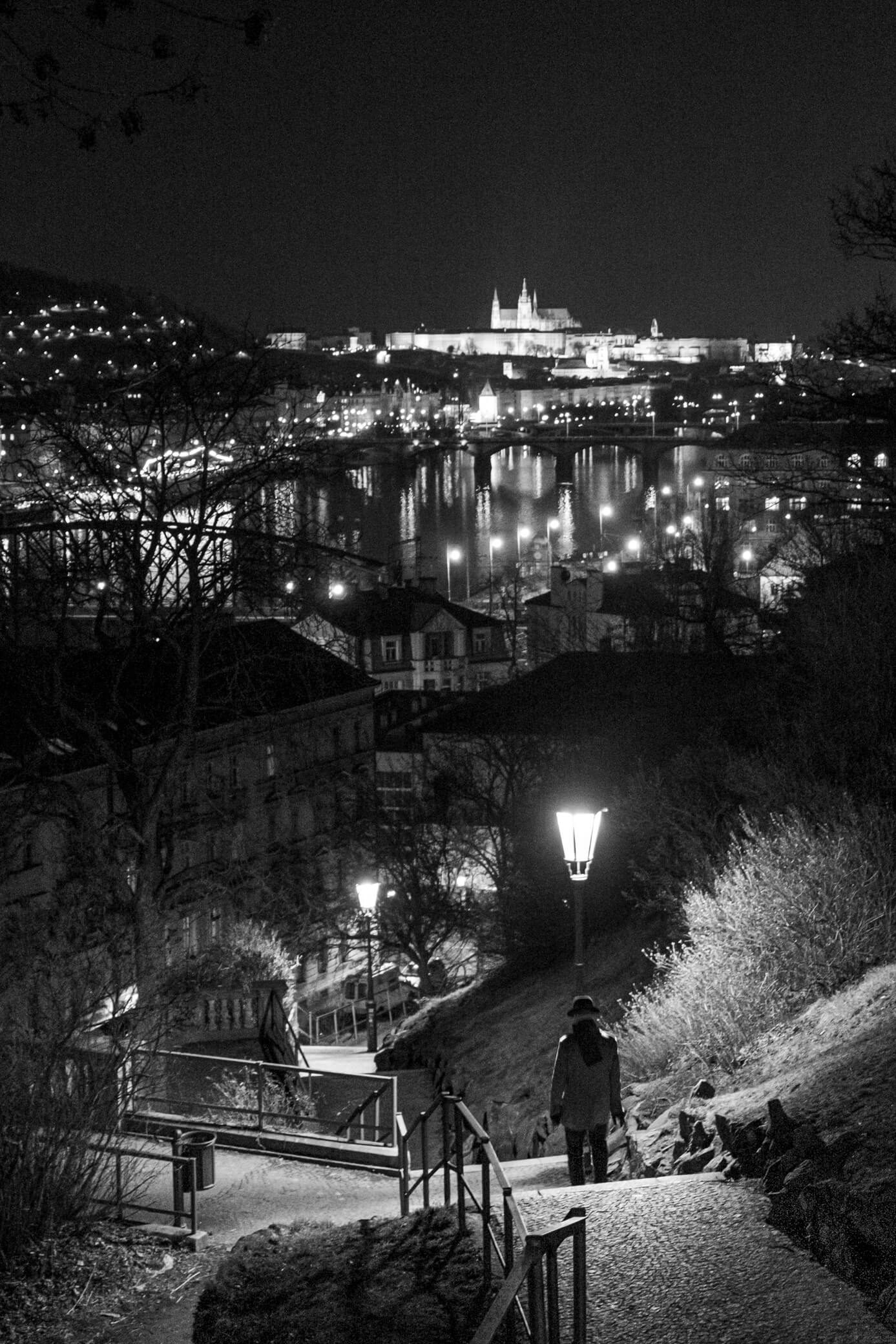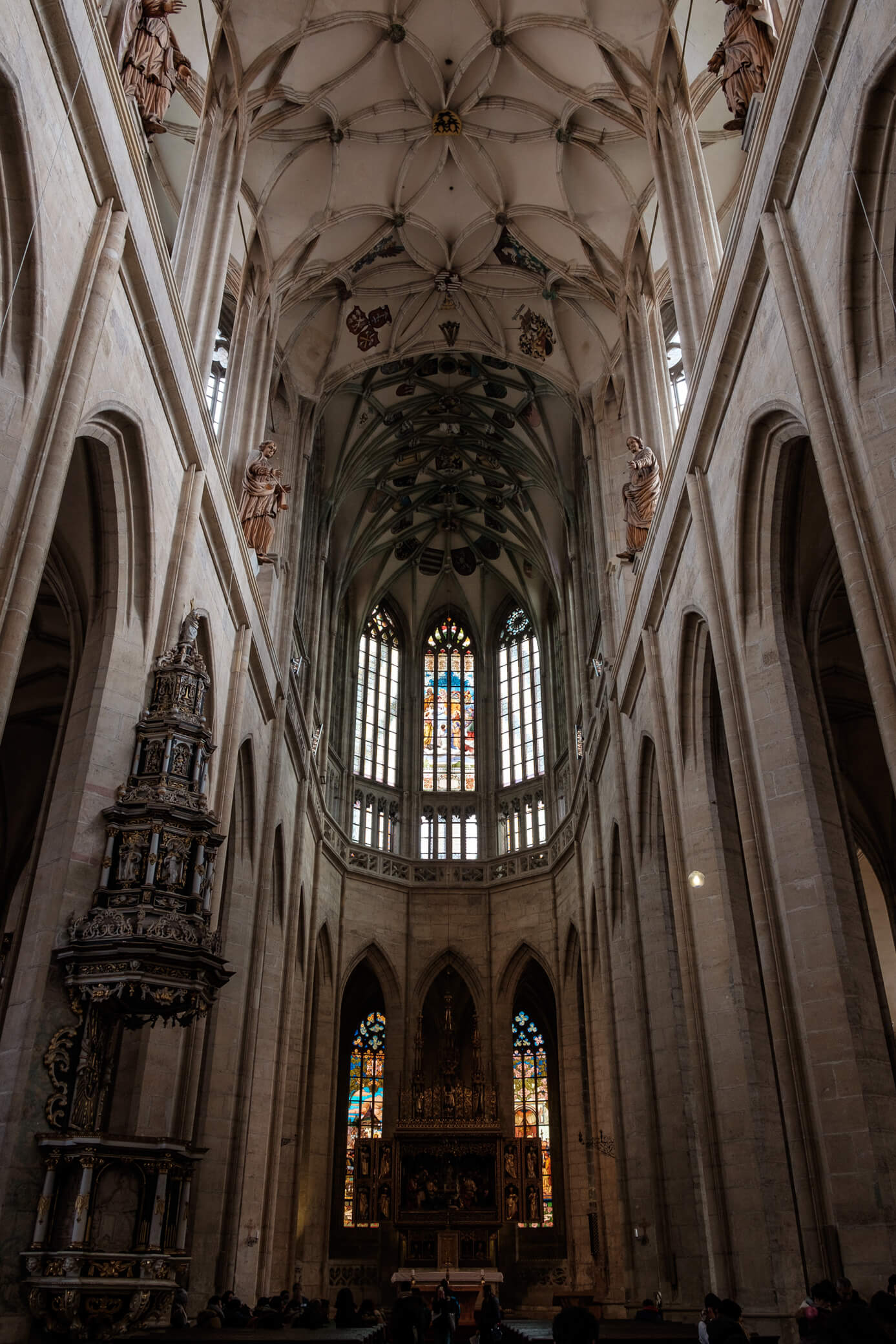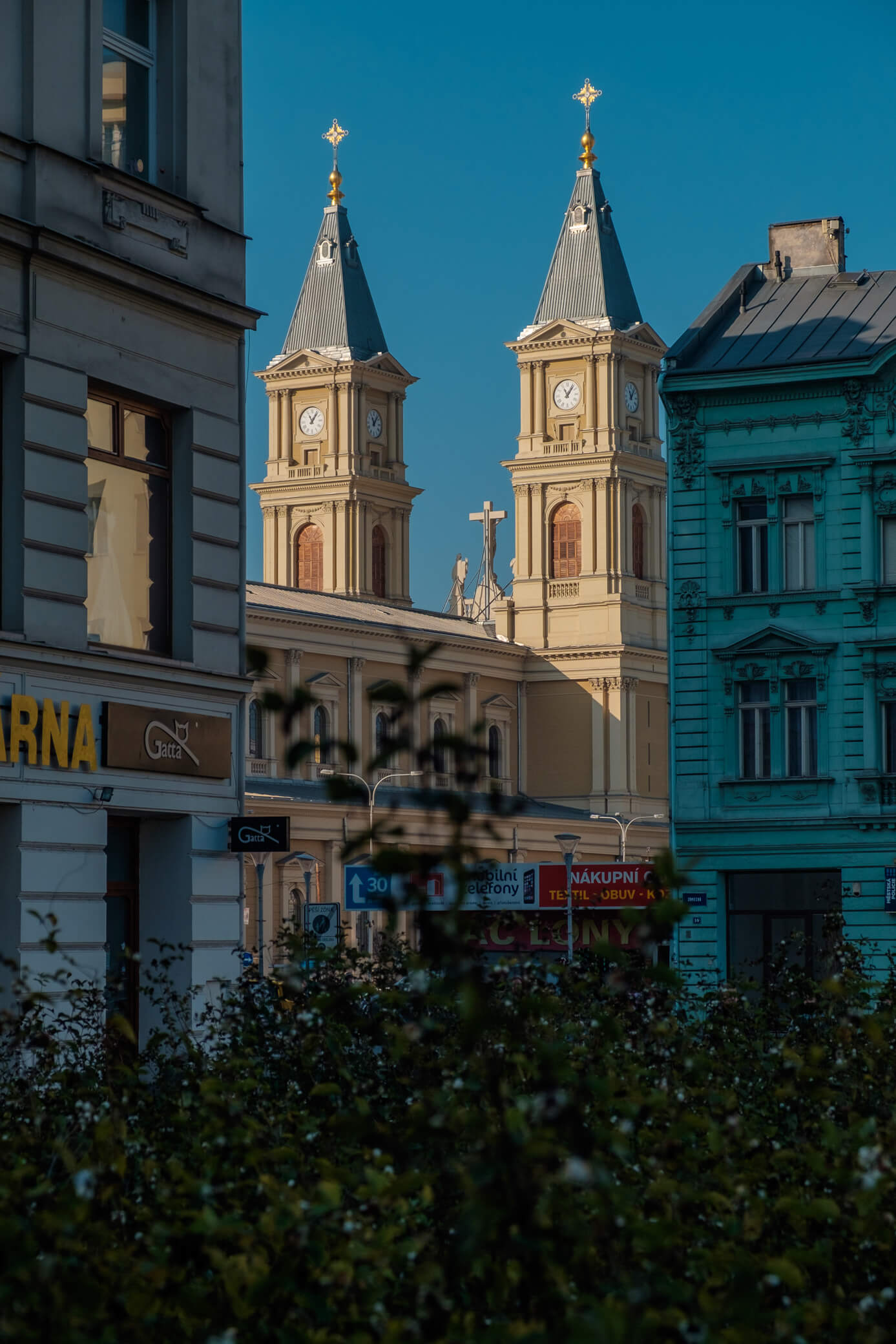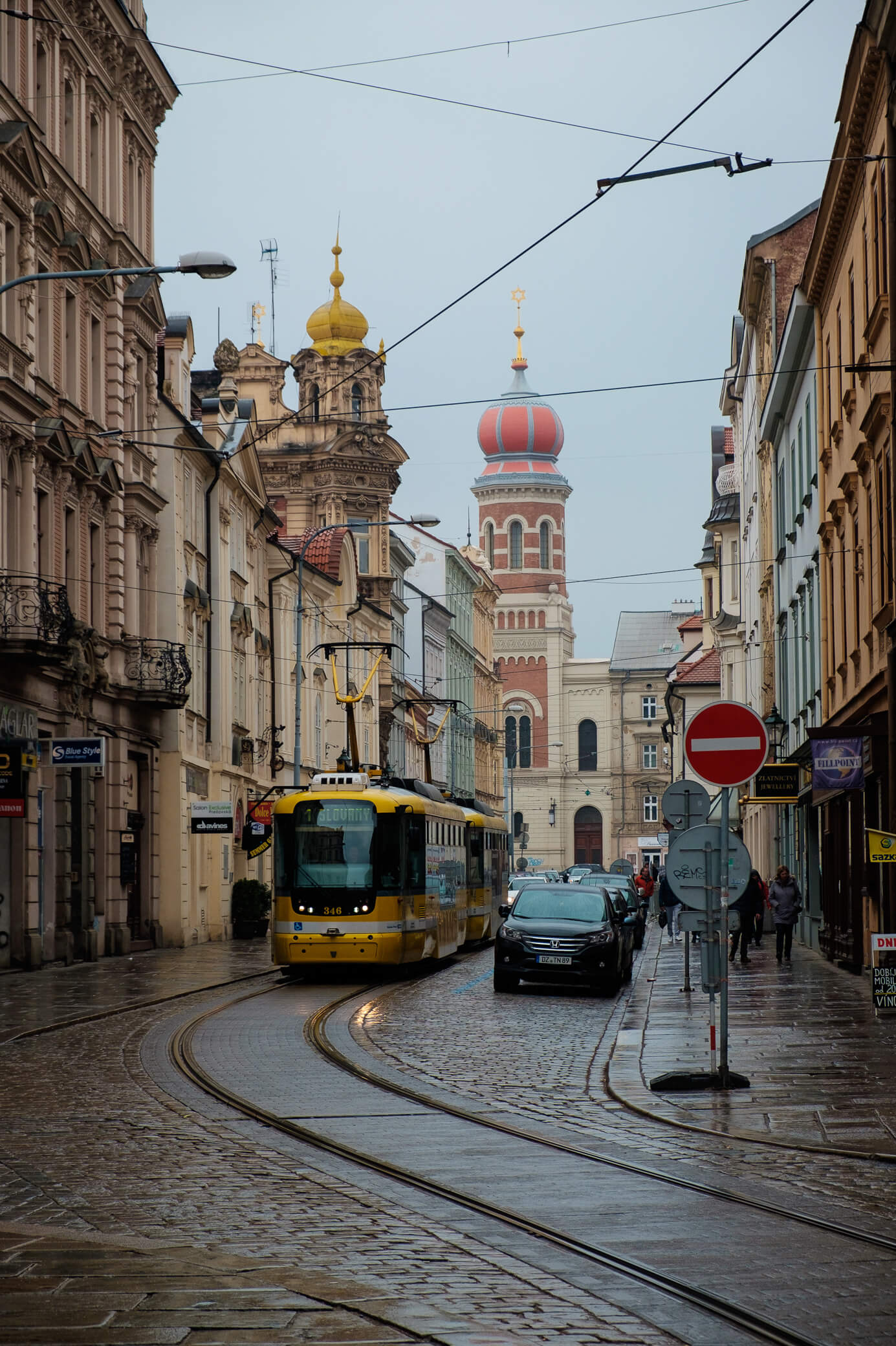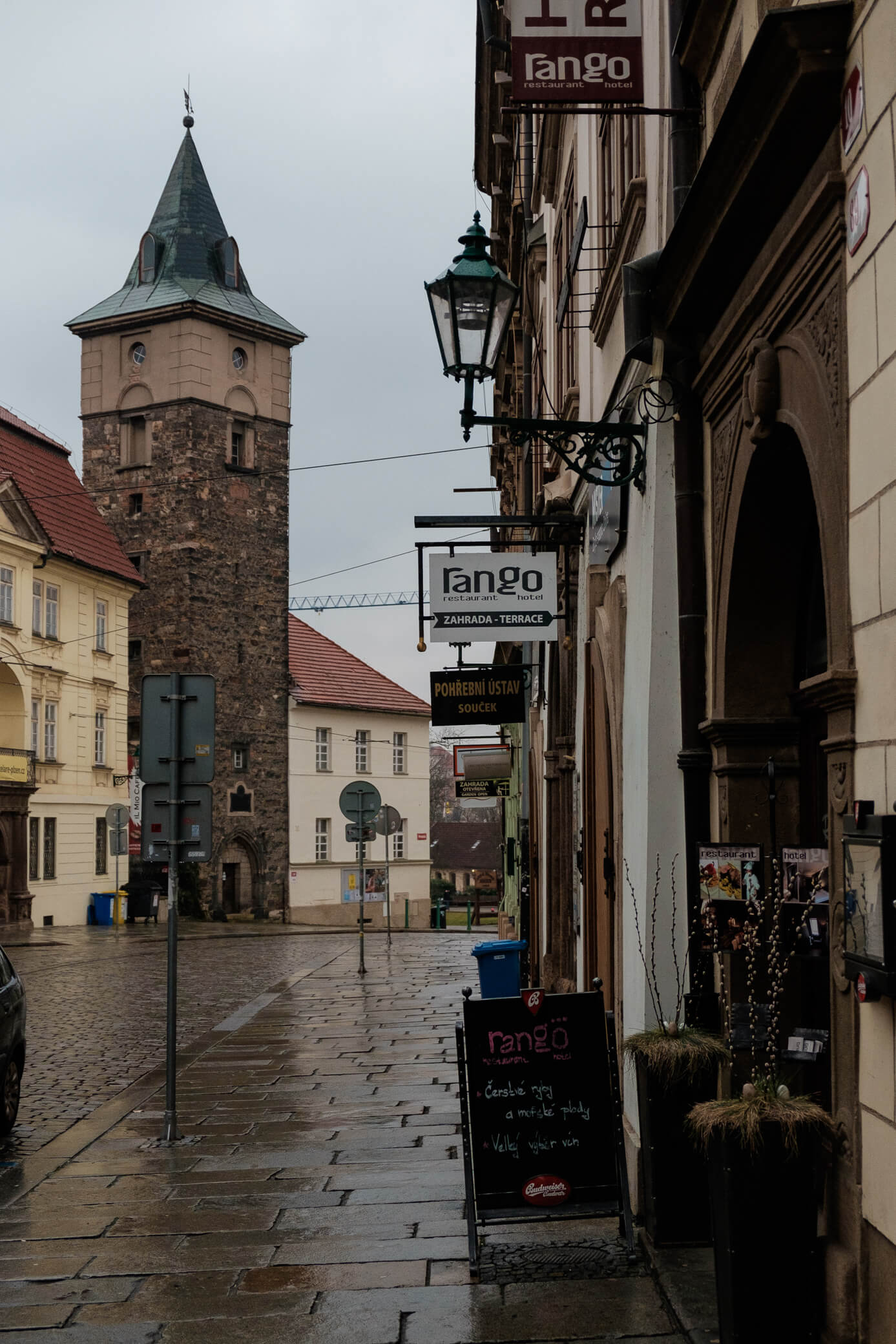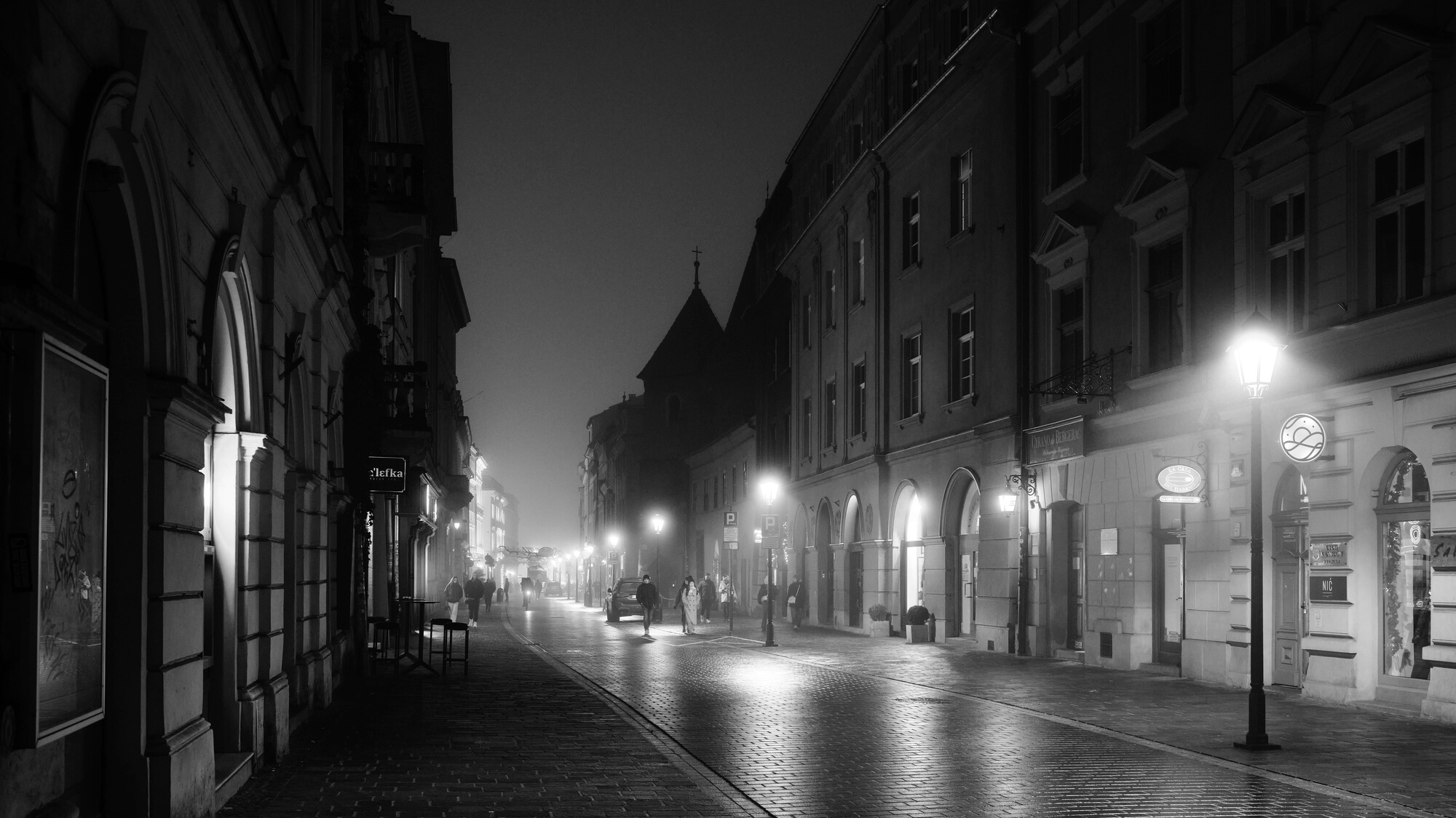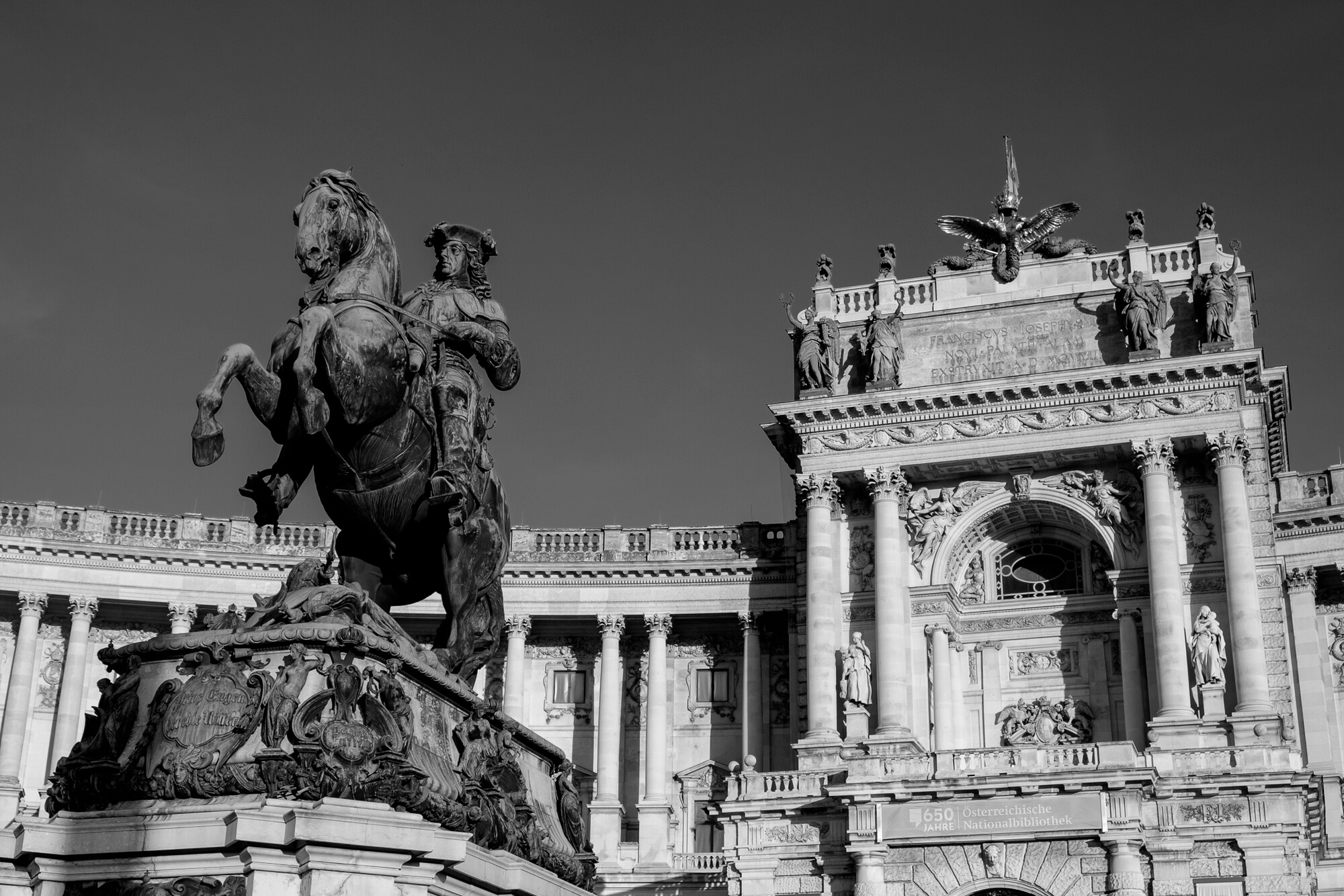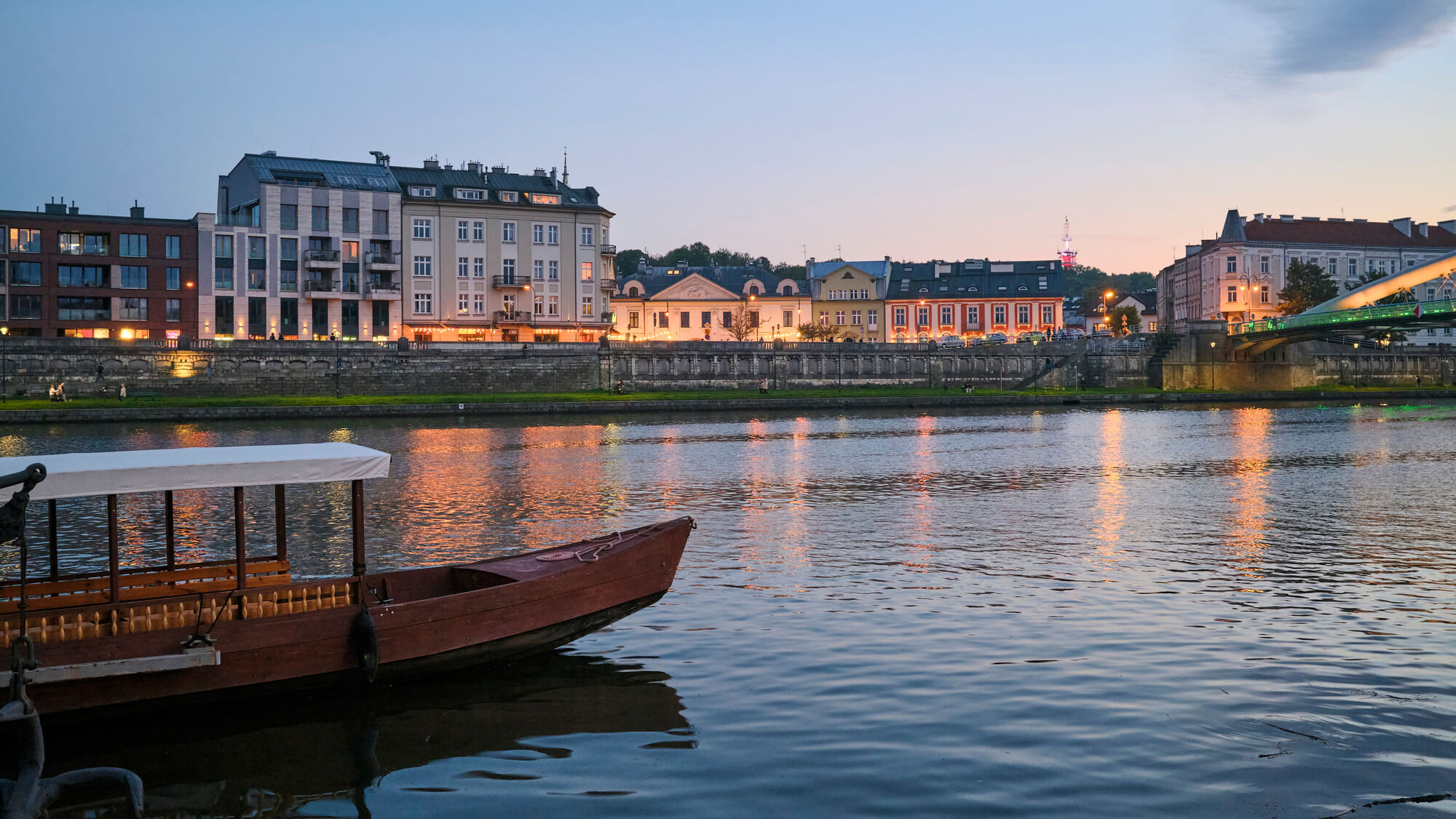This post is also available in Russian 🐻
Before the planet was locked down for quarantine, I used to visit Czechia with the frequency of a bad dream. I managed to live in Prague, caught all the seasons, and toured almost every interesting city. I brought back tons of photos and stories to take you on a virtual tour of the homeland of beer and dumplings.
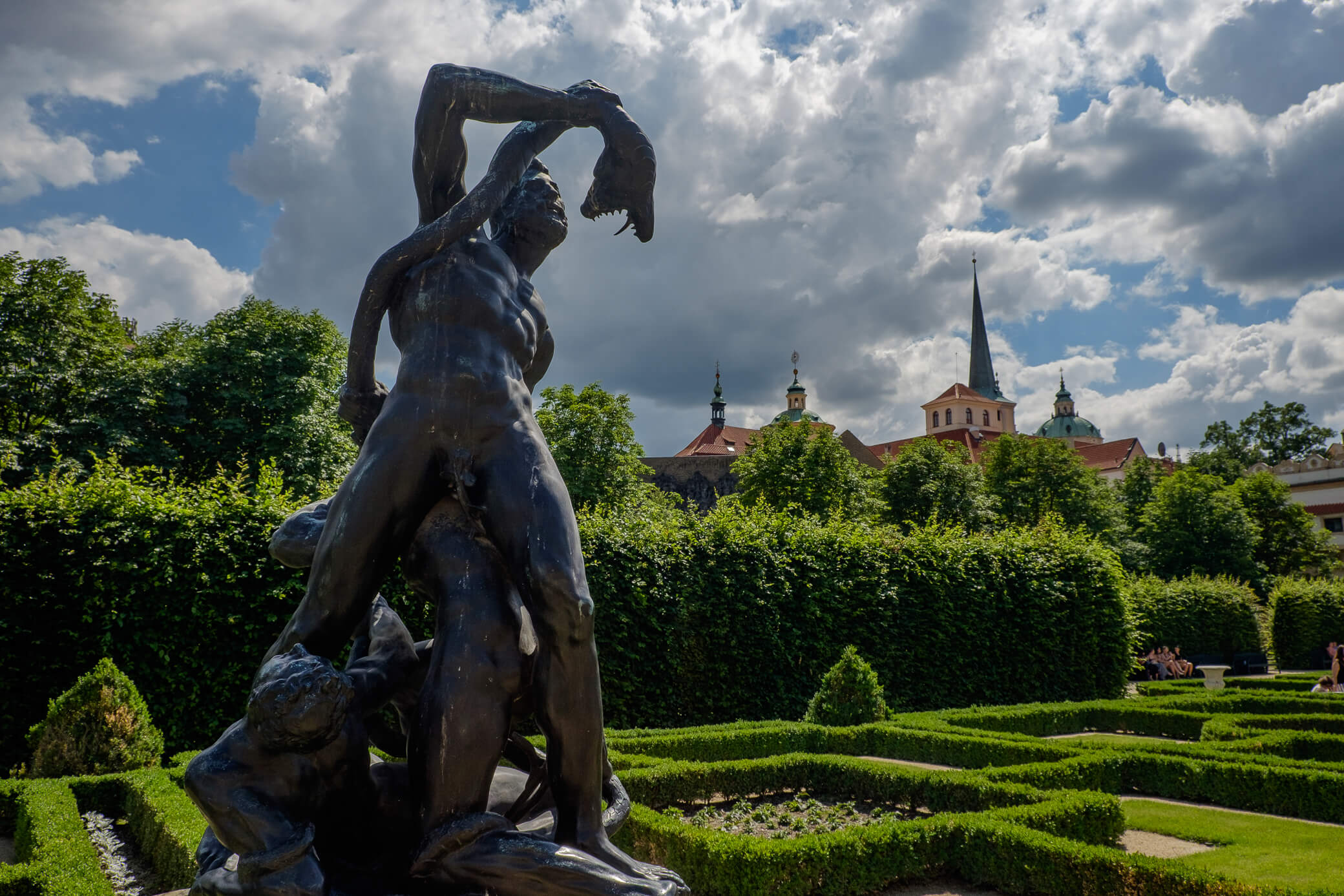
Prague was my first trip abroad. It was the starting point of a long European trip in 2012, which later turned into an annual tradition and eventually triggered my move to Poland.
Back then, I saw Prague through tourist’s eyes. Now I can share a different perspective — one shaped by slow travel and everyday experiences. Here’s what life is like, what daily routines look like, and which cities are (or aren’t) worth your time.
Prague
In 2018, we got tired of Moscow. We spent the winter in Cyprus and decided to greet spring in Europe. We got a year-long Spanish Schengen visa and headed to Prague “for about a month, ” which stretched into the full 90 days allowed by the tourist visa.
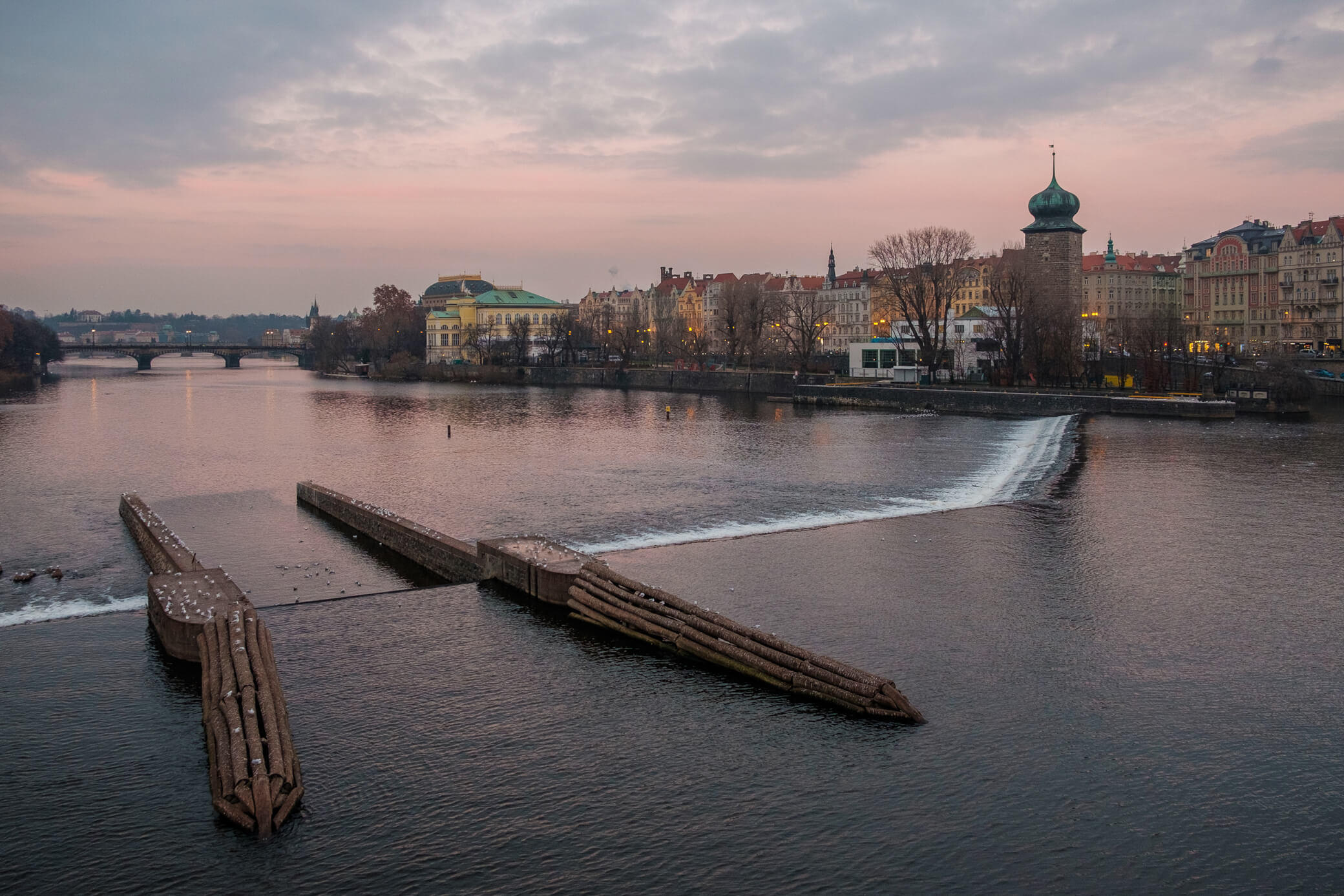
We picked a great time. In March, the cold slowly retreats, and from April to May Czechia turns into a huge botanical garden with blooming sakura, chestnuts, and endless fields of rapeseed. For the most immersive experience, plan your trip in spring.

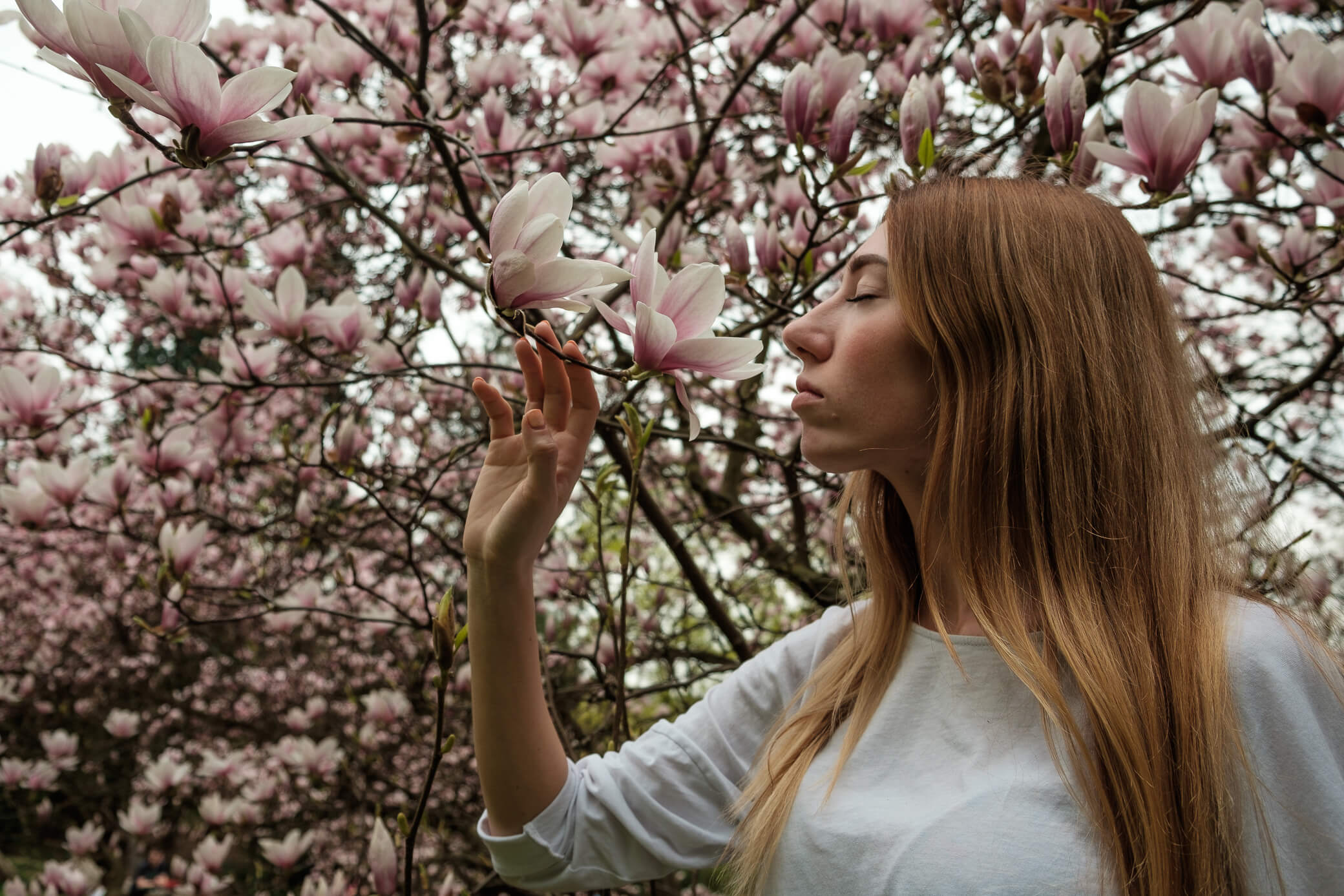
But really, there are no bad seasons. Prague has texture for any weather. The city looks stunning both in rainy autumn and on the eve of Christmas (unlike Berlin, Vienna, or Krakow, which look gloomy and unwelcoming in the cold months).

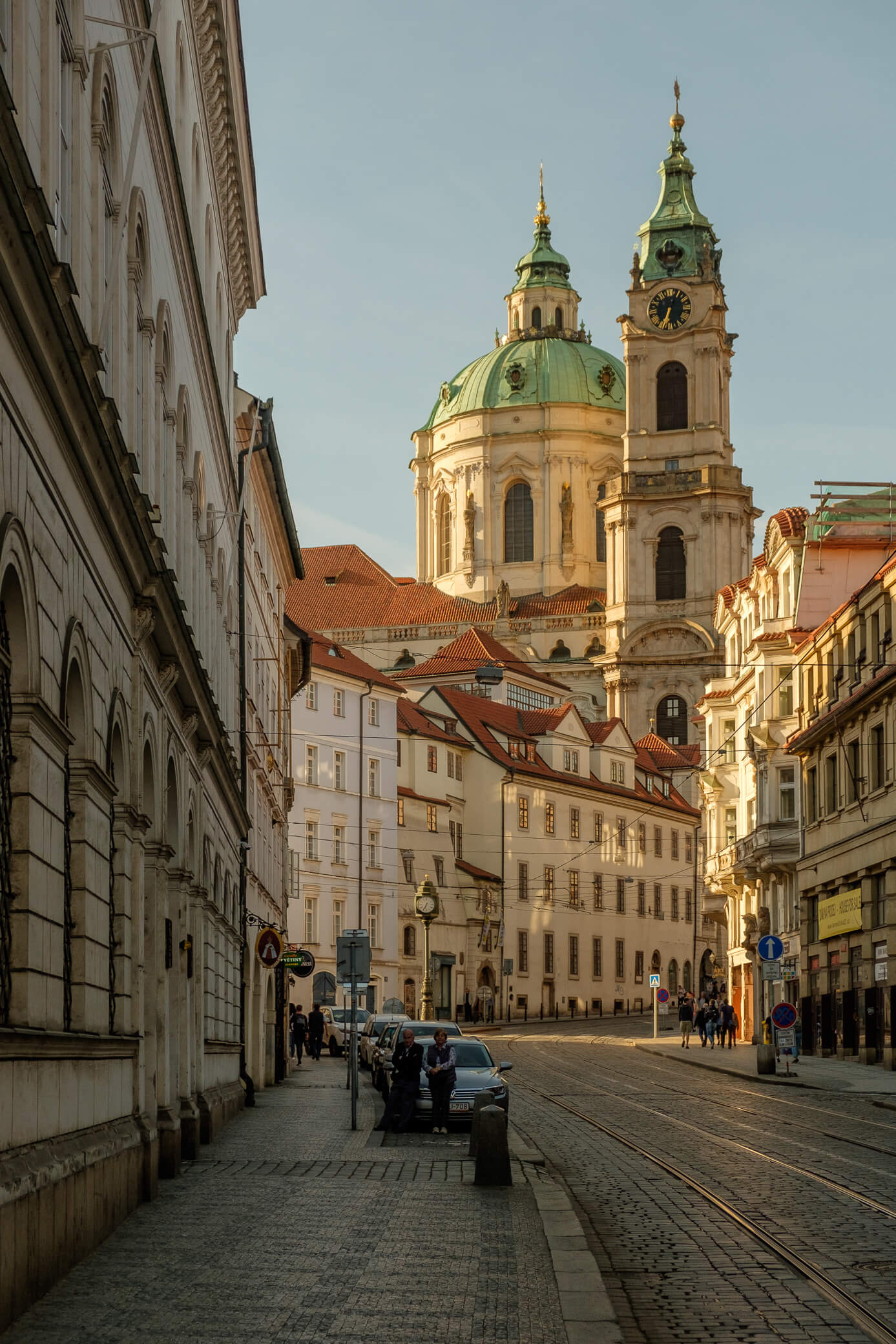
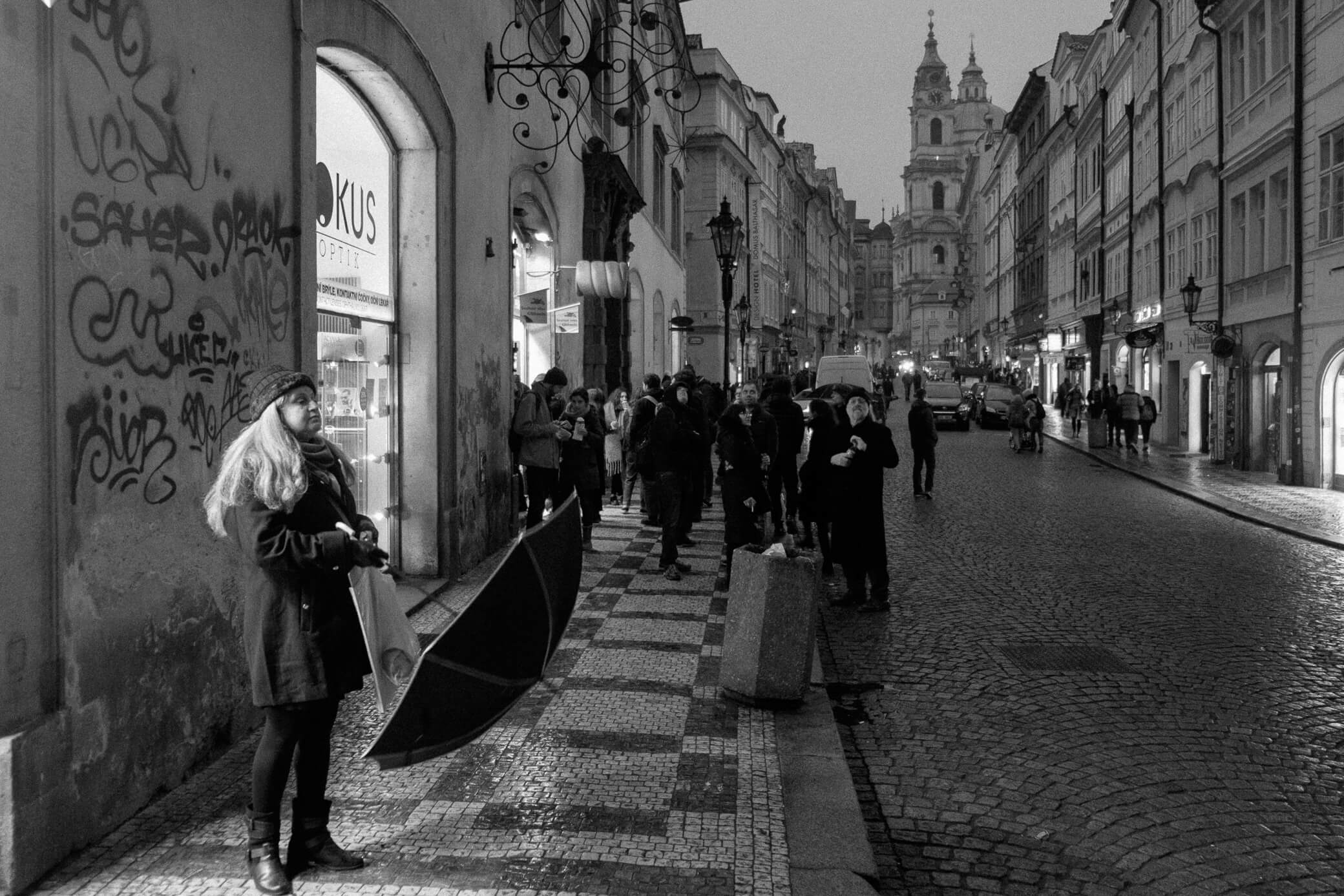
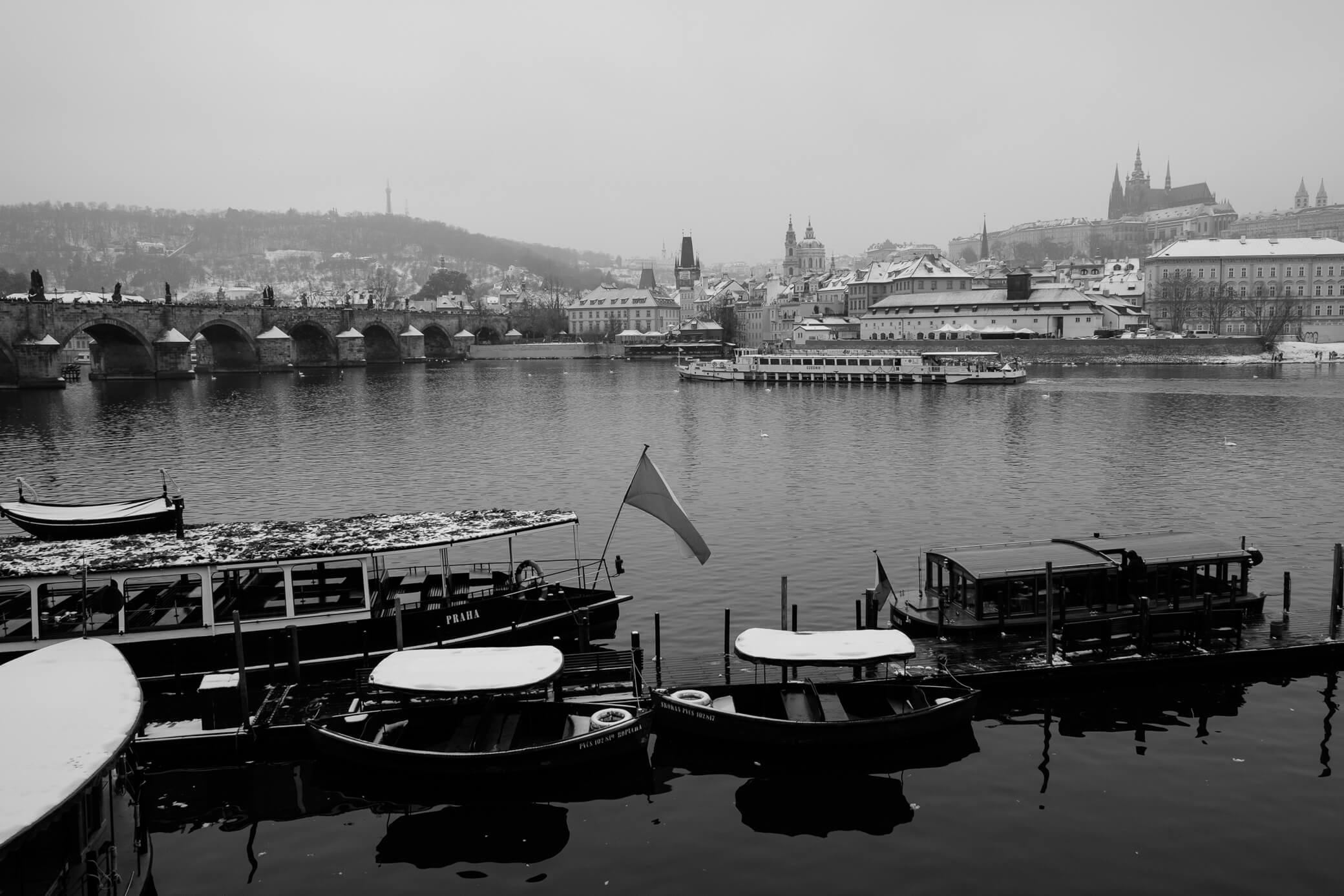
Prague is clean, safe, and tolerant. Drugs are almost legalized here (and everyone shamelessly takes advantage), prostitution isn’t forbidden, same-sex civil partnerships are allowed, and most people don’t believe in God.
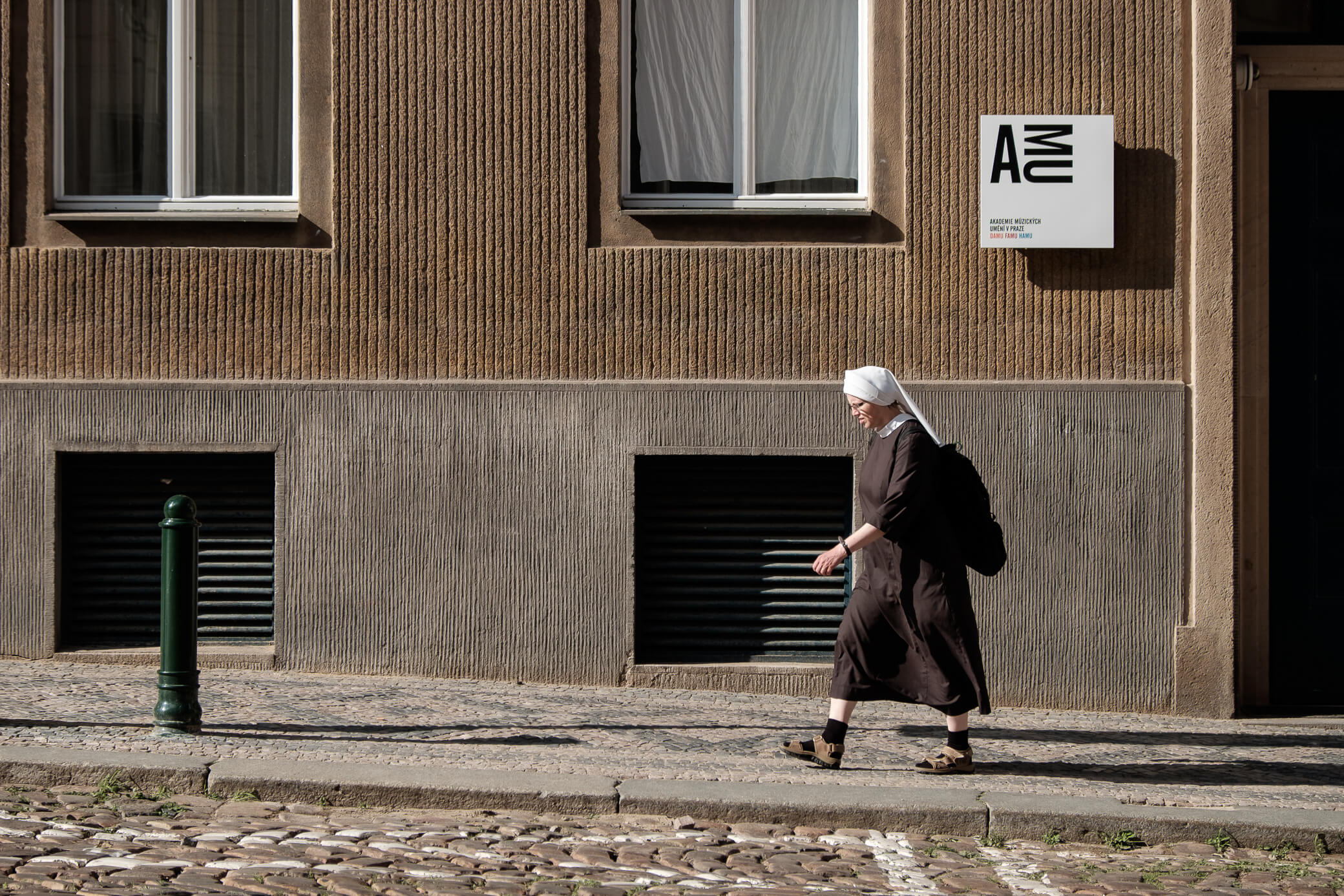
Czechs are friendly and polite but deliberately reserved. Despite “common roots, ” they look nothing like Russians or Poles — more like relaxed Germans on vacation. On the other hand, Prague has a large expat community from Russia.
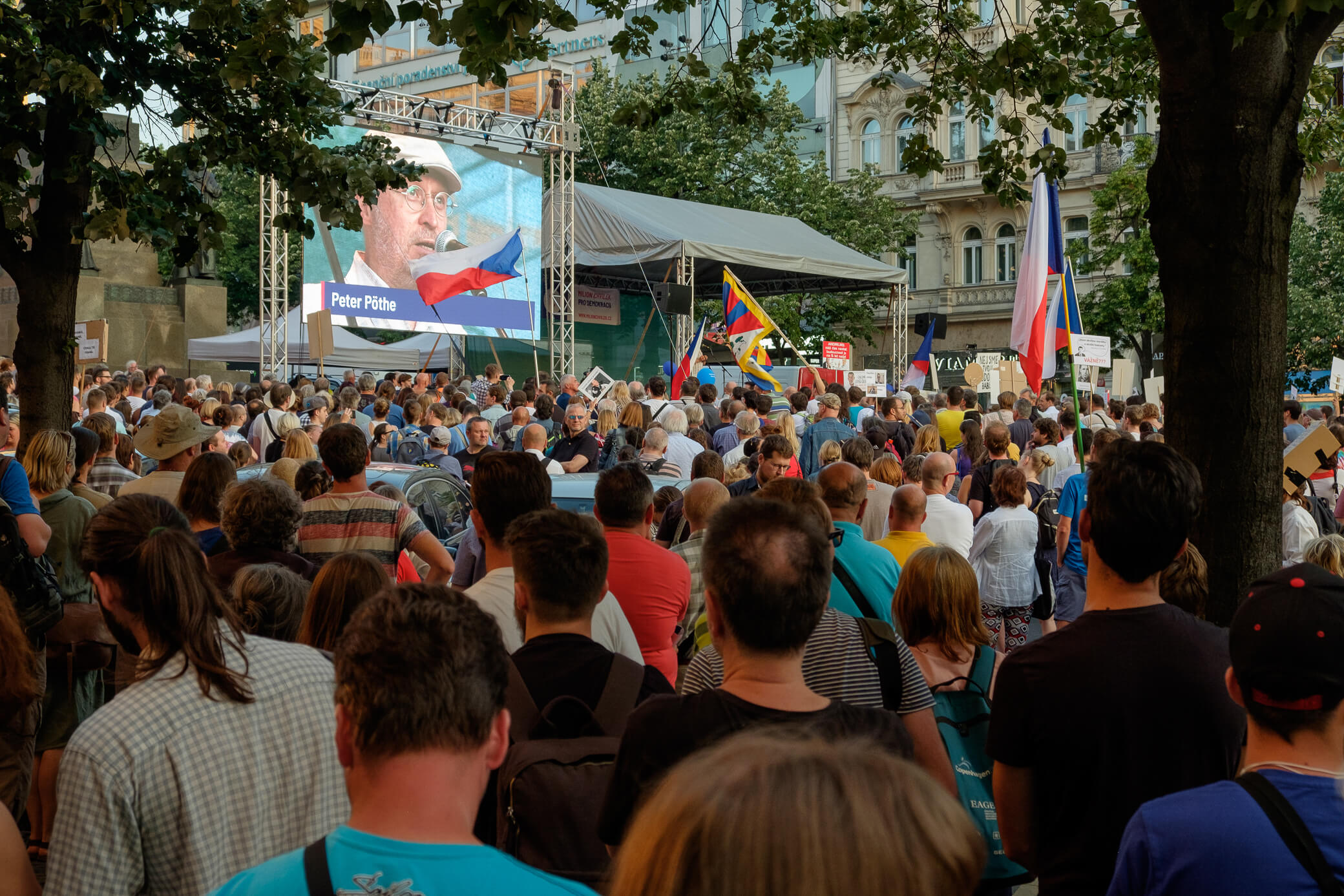
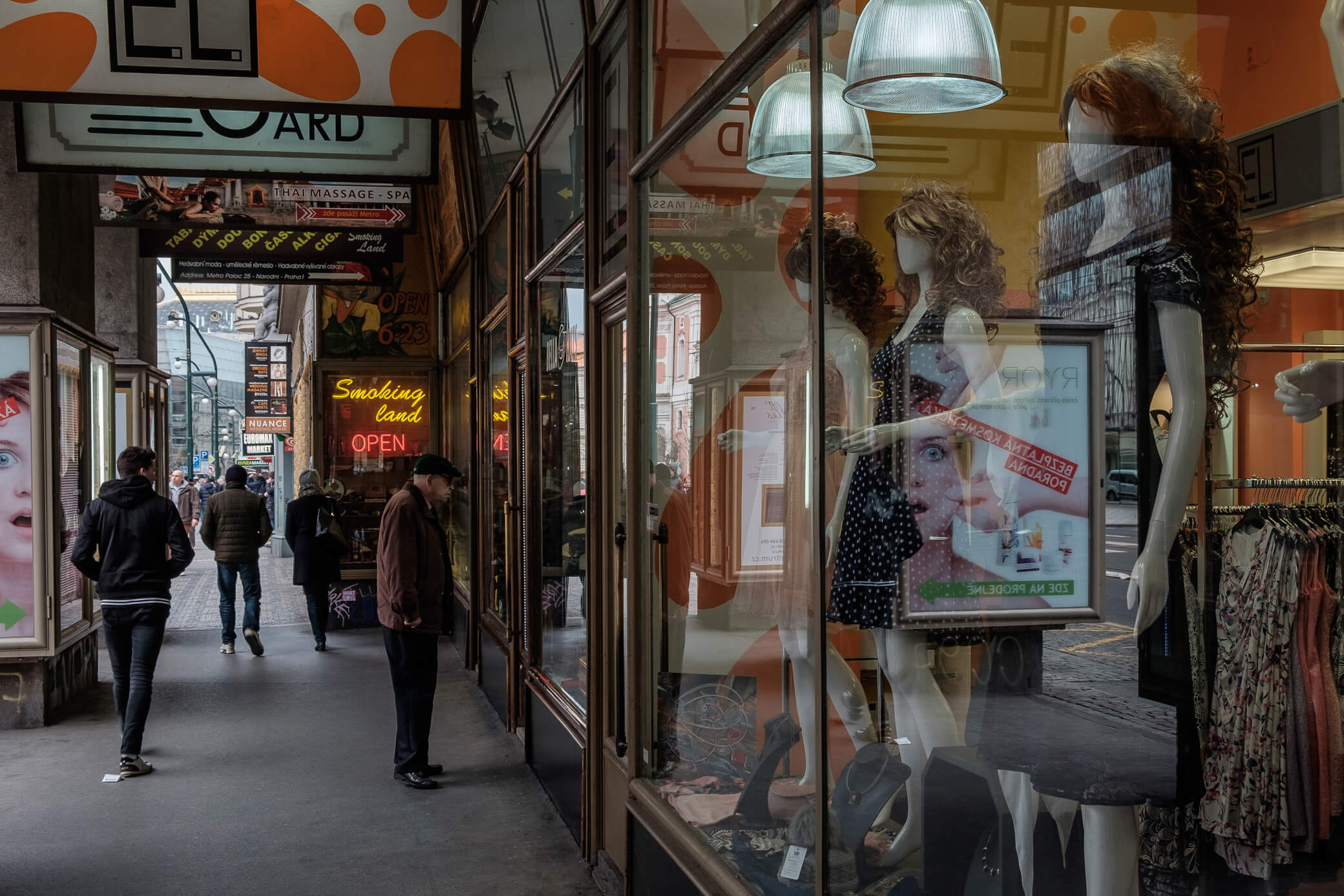
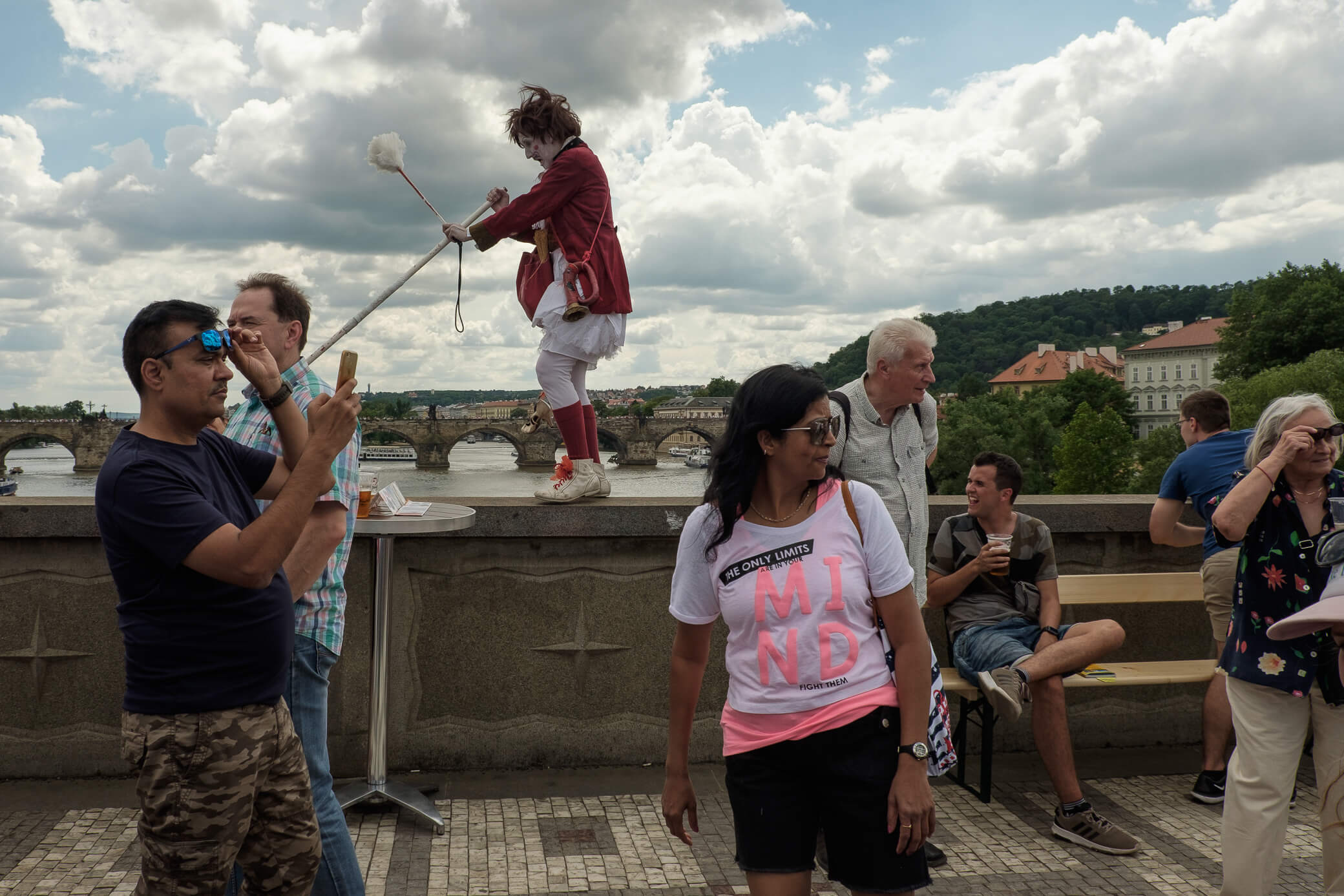
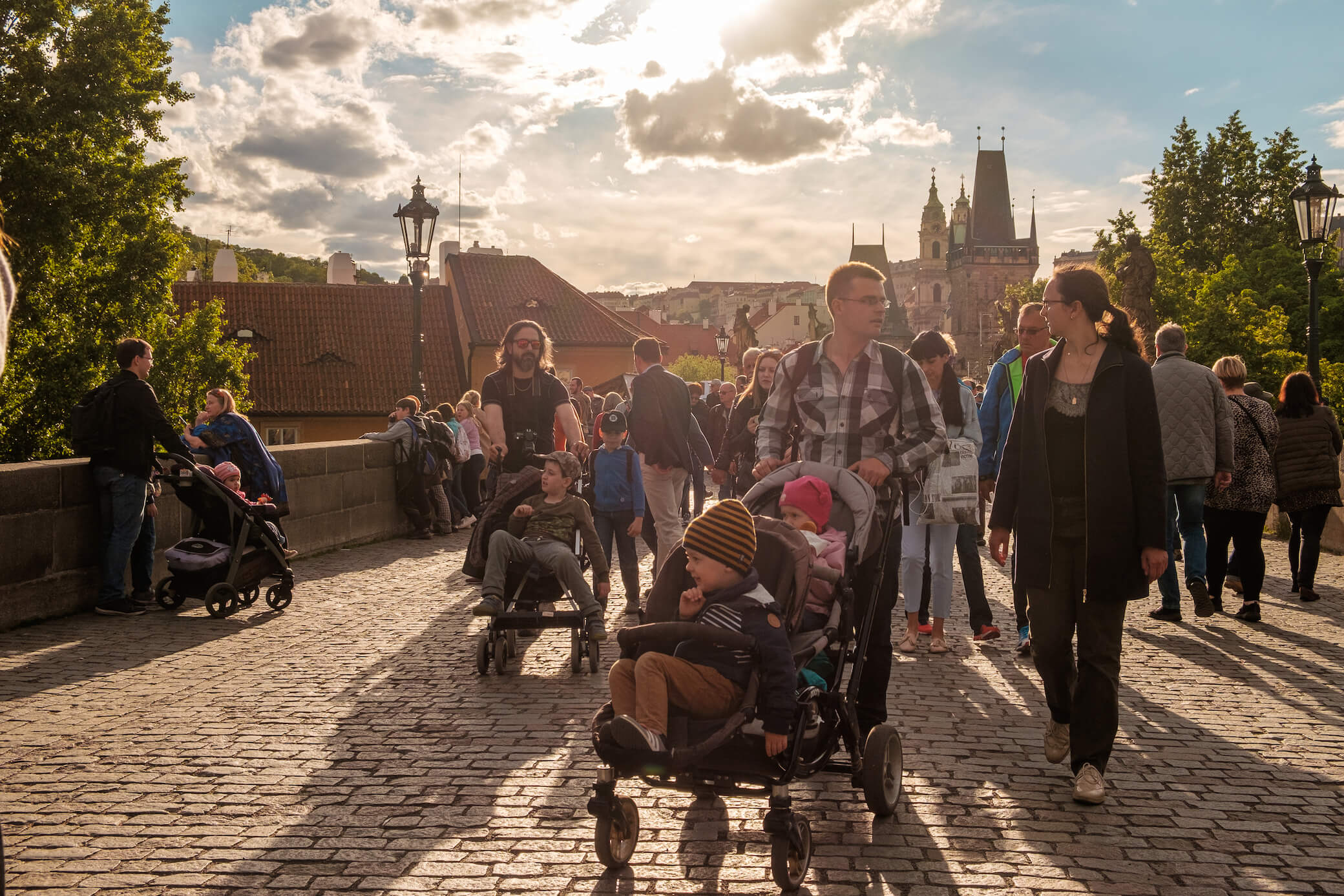
Czechs love dogs. It feels like every family (and even some homeless people) own a flea carrier. All dogs are well-behaved, don’t bark, and walk off-leash — from pugs to huge wolfhounds and pit bulls. Cafés bring dogs bowls of water and treats.
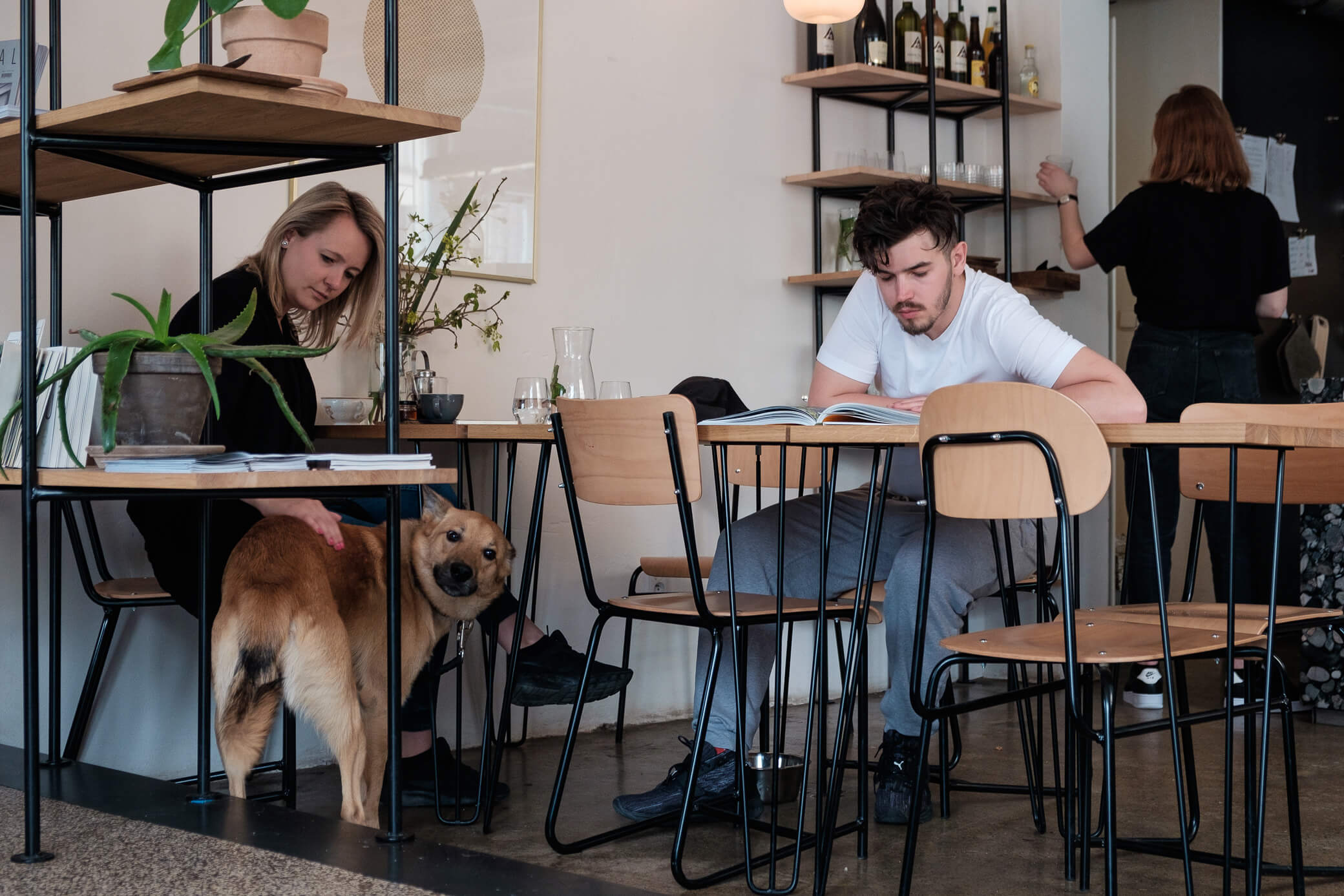
Outside the tourist hell, the city lives quietly and relaxed. People gather daily at wine bars and pubs to celebrate another fine evening. There’s no social stratification — from white collars, elders, families, to the scruffy punks, all drink from the same tap.
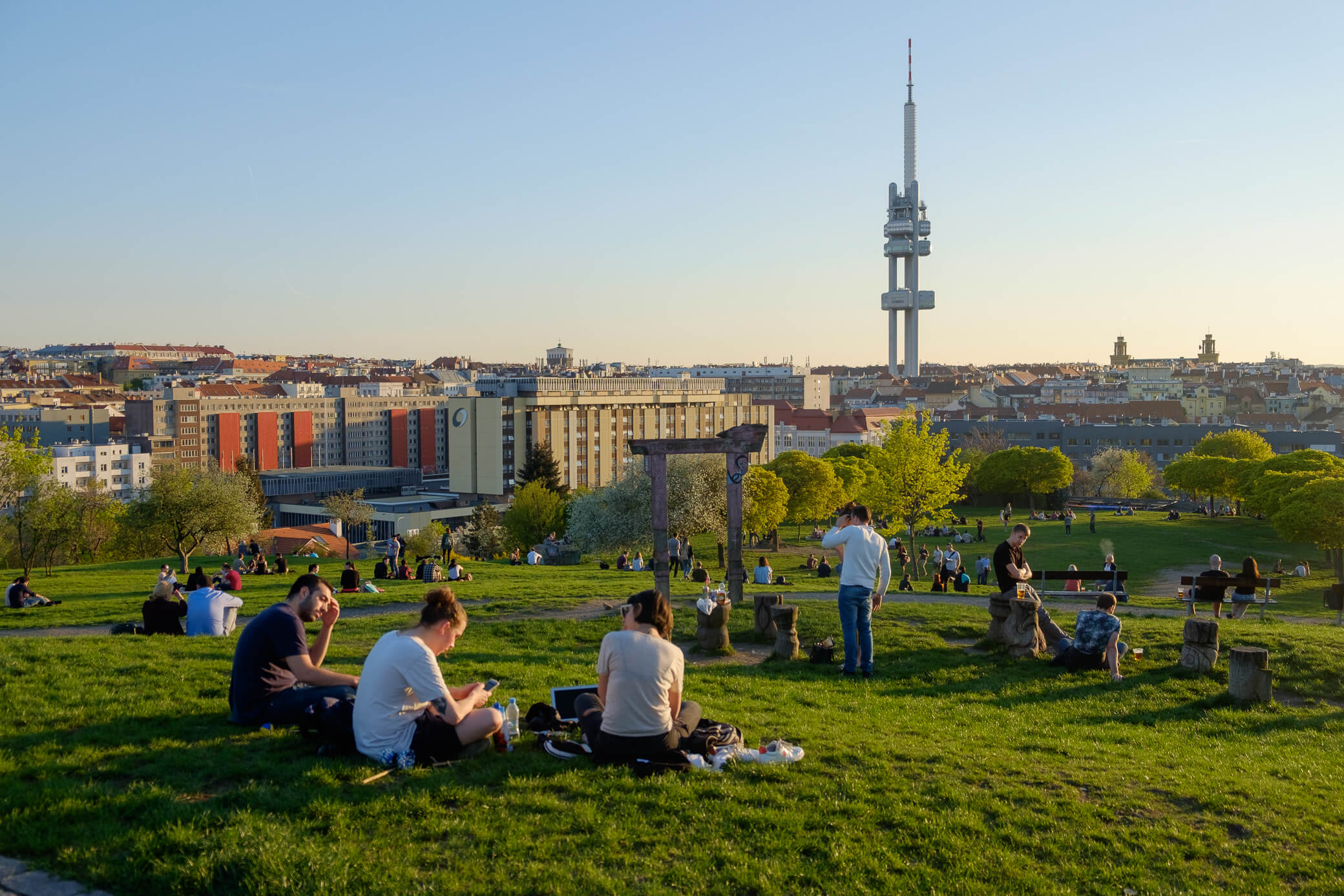
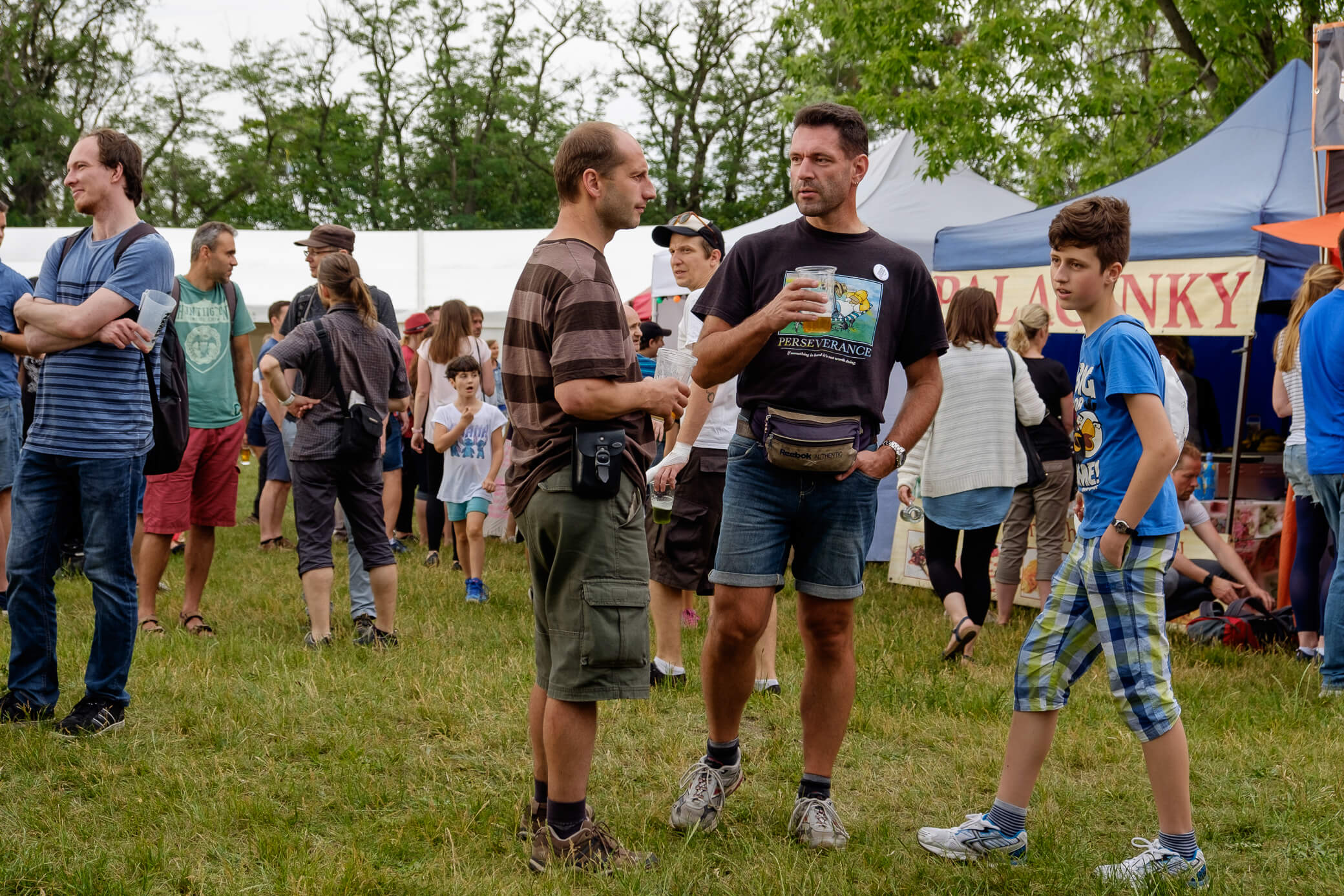
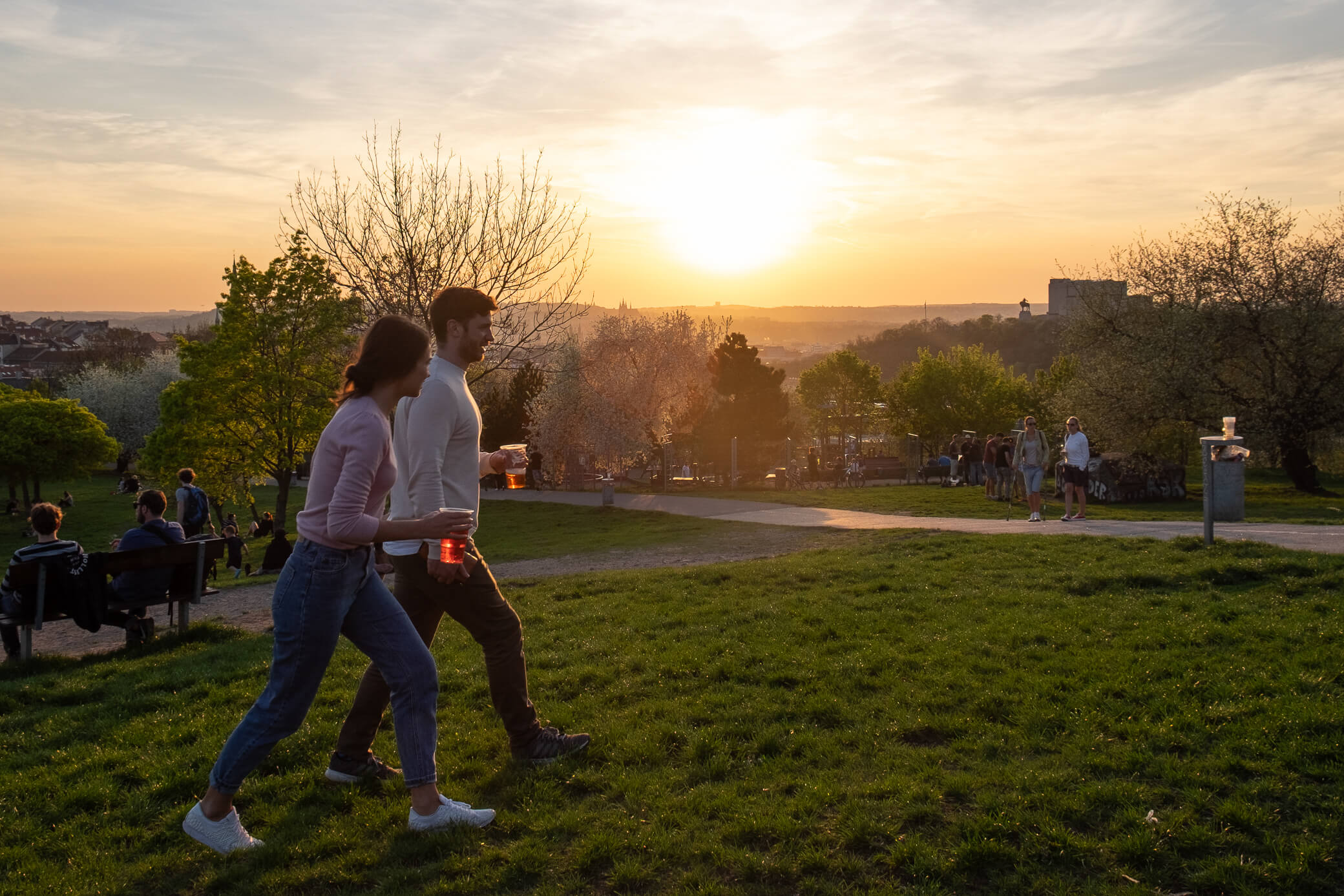
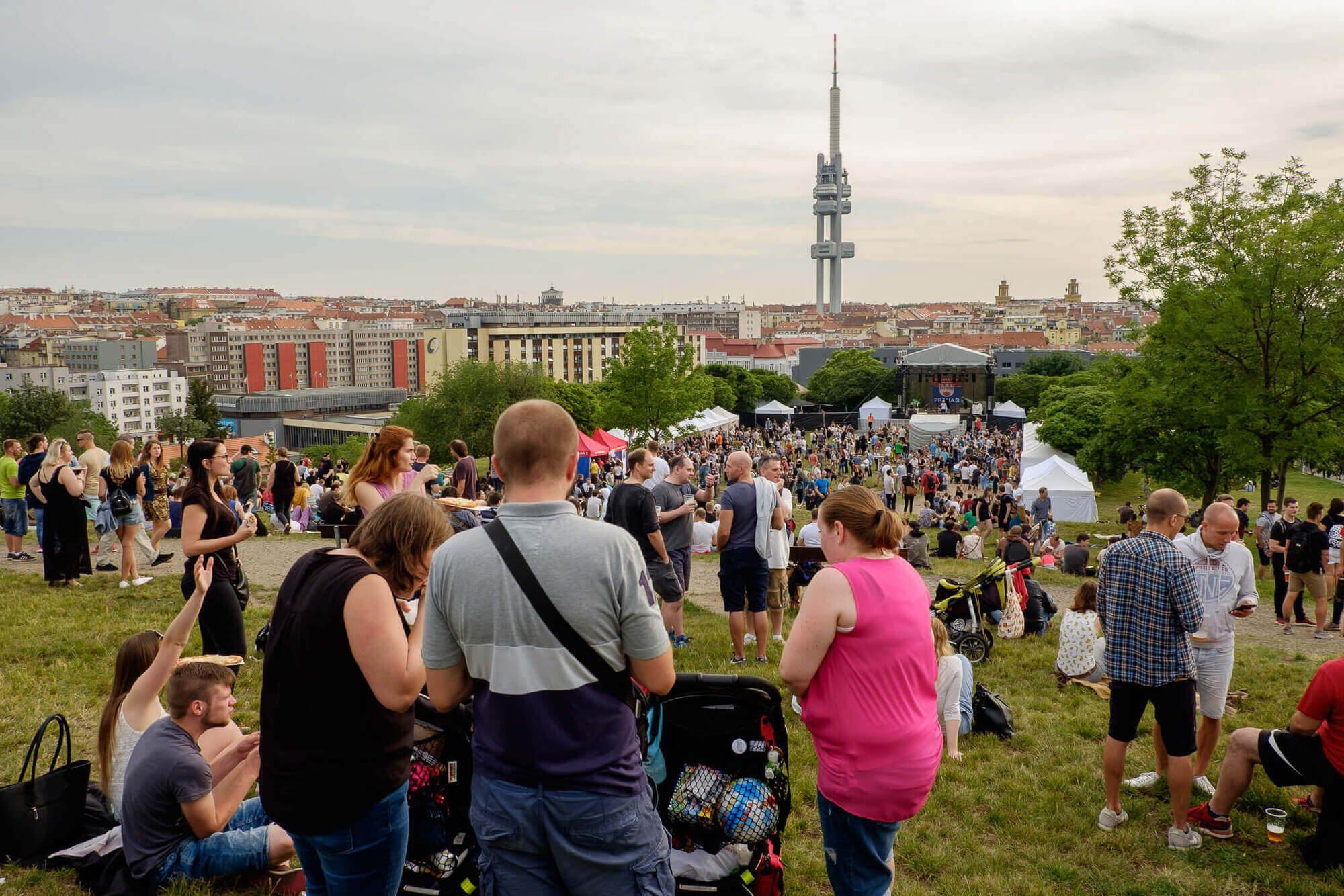
Our biggest discovery was Moravian white wines — rieslings, grüner veltliners, pinot gris, and other chardonnays. They taste wonderful, cause no hangovers, start at 80 CZK (about 250 RUB) per bottle, and hardly get exported.
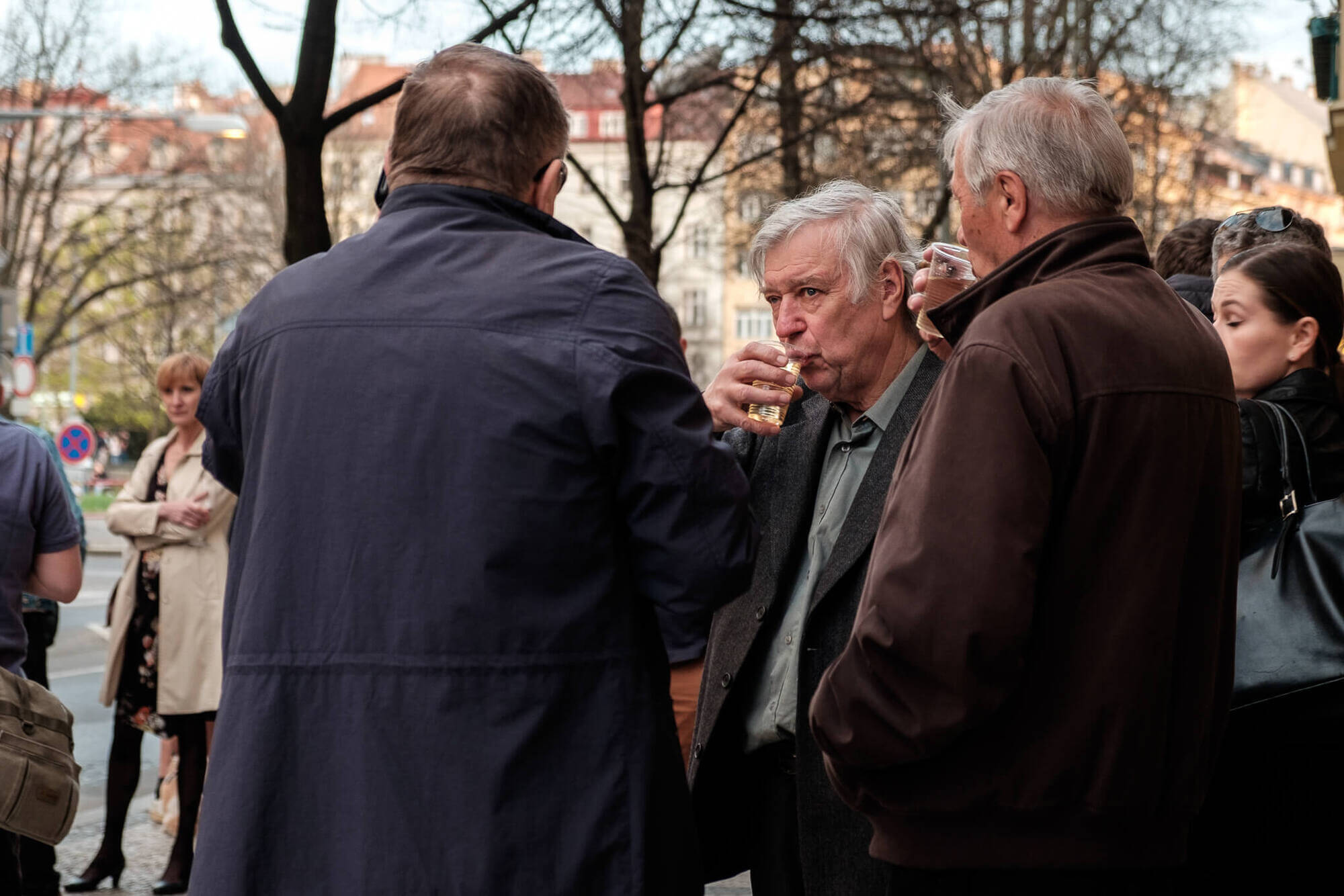
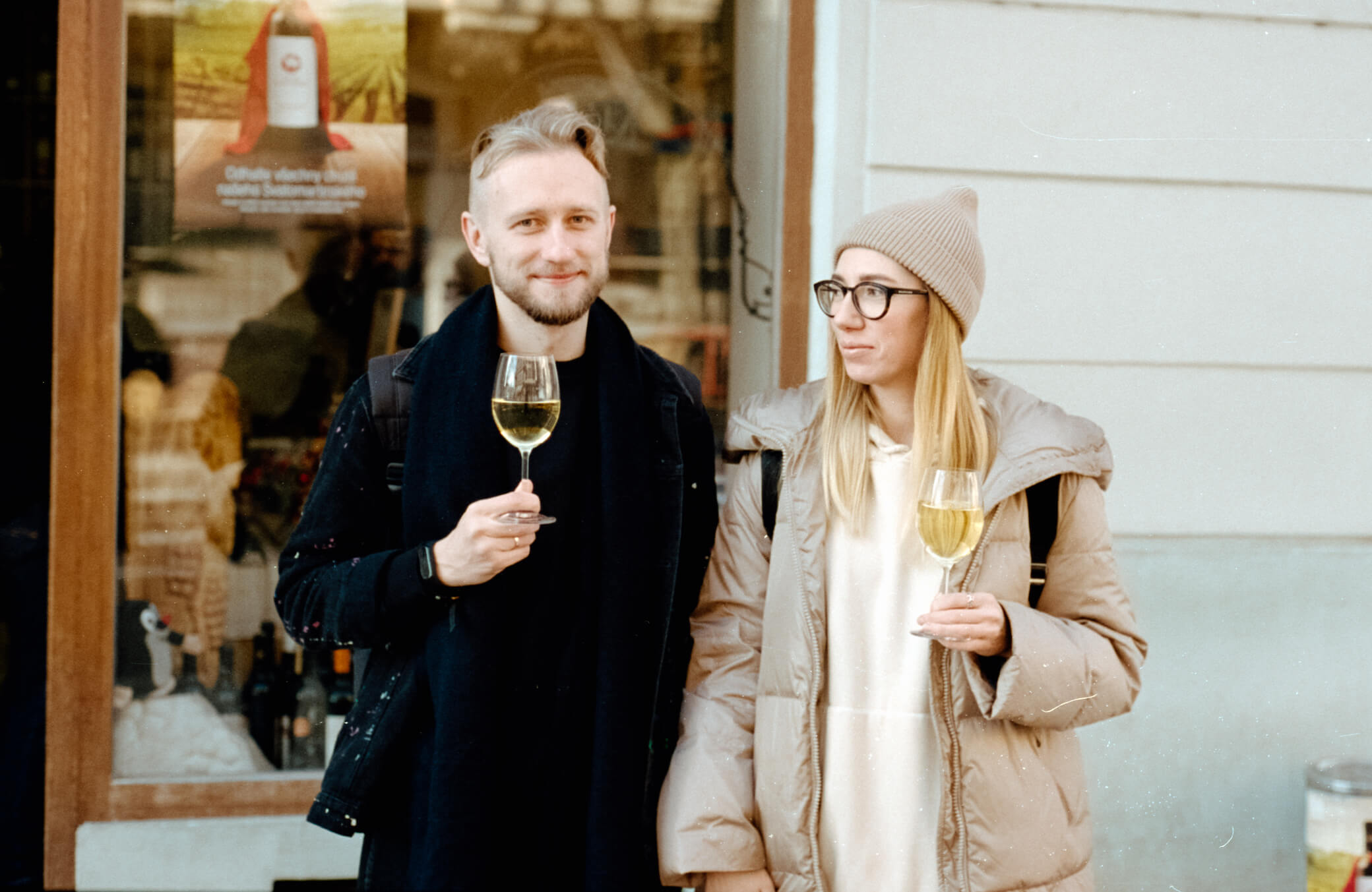
Prague is a budget-friendly city. We lived on €2,000 a month, half of which went on rent, and the other half on trips across Europe. We cooked at home and tried all kinds of cheap grains, cheeses, and meats. In taste and quality, they outshine any Russian products.
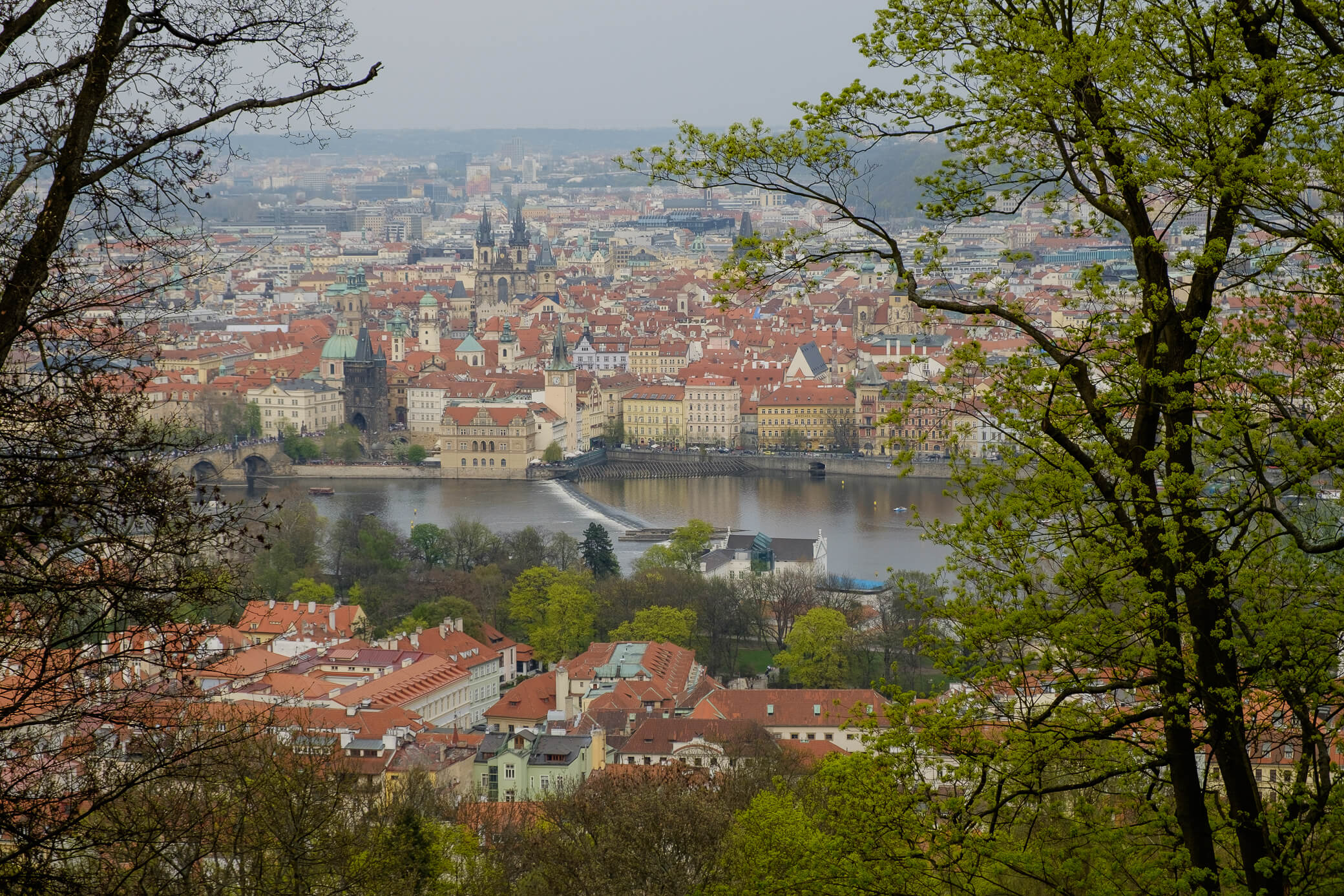
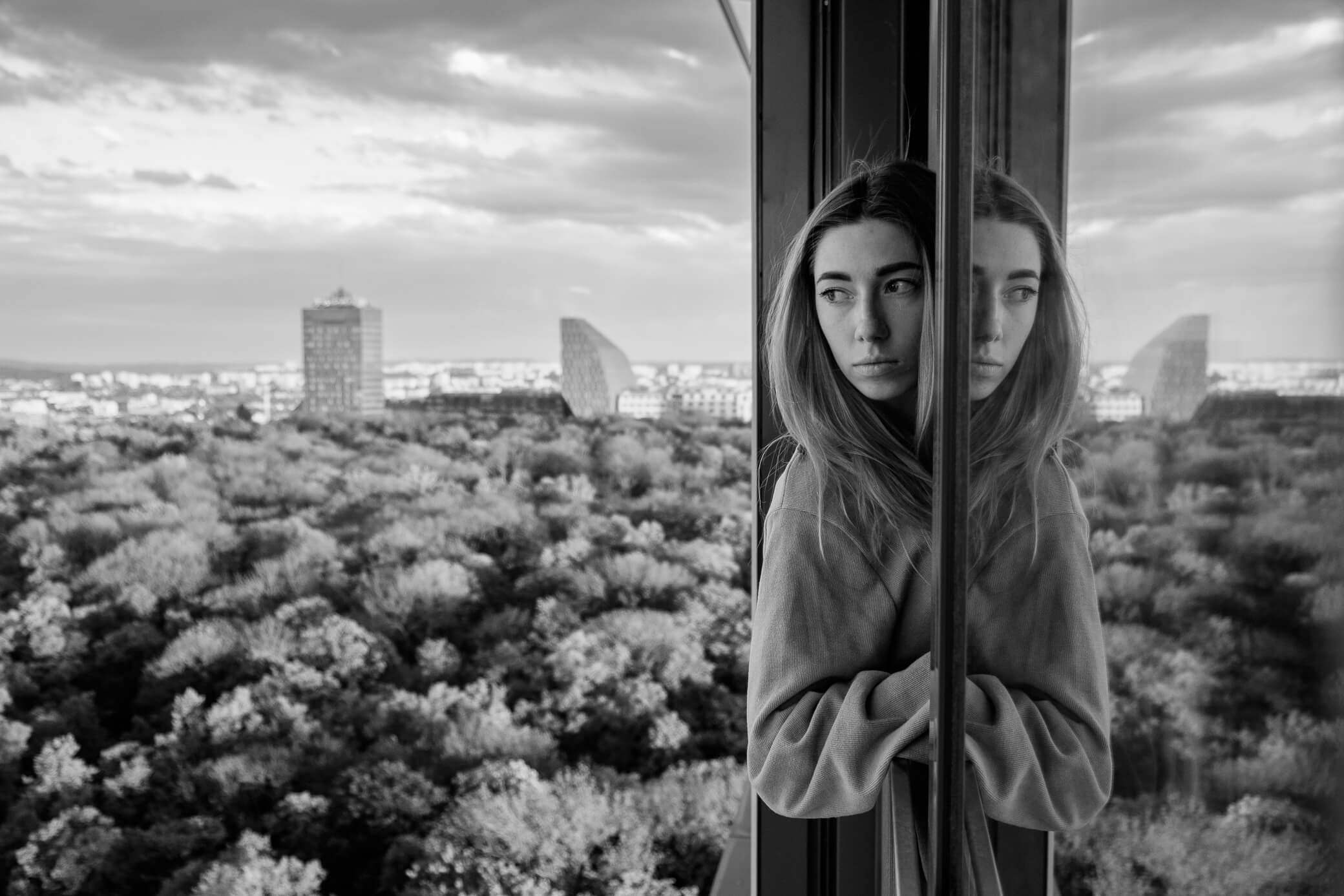
Tourists see postcard Prague: Charles Bridge, Hradčany, the Astronomical Clock. But the real everyday beauty of Prague is hidden in its residential neighborhoods. I highly recommend strolling through Vinohrady, peeking into Žižkov, descending the Nusle Steps, and reaching Vyšehrad.
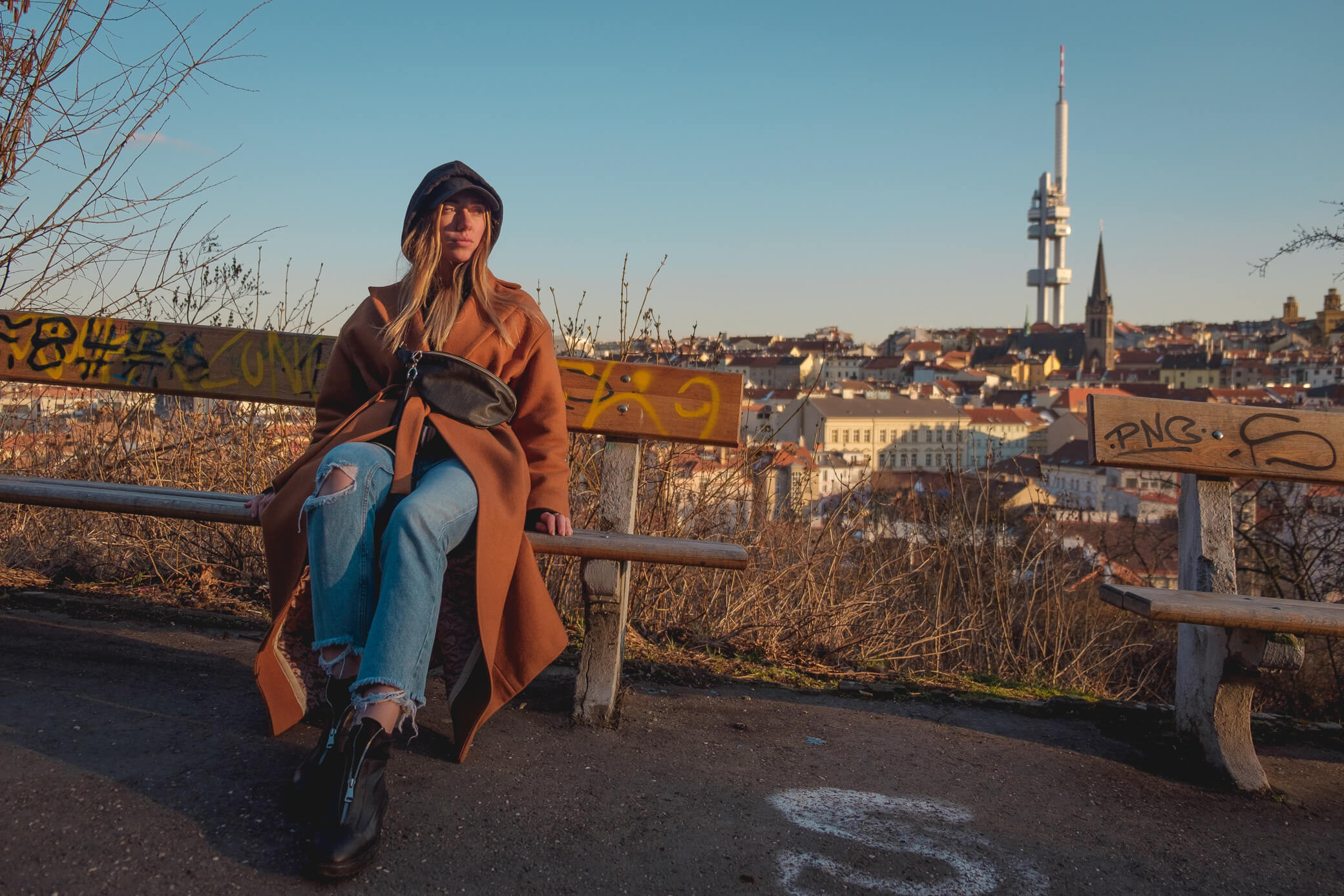
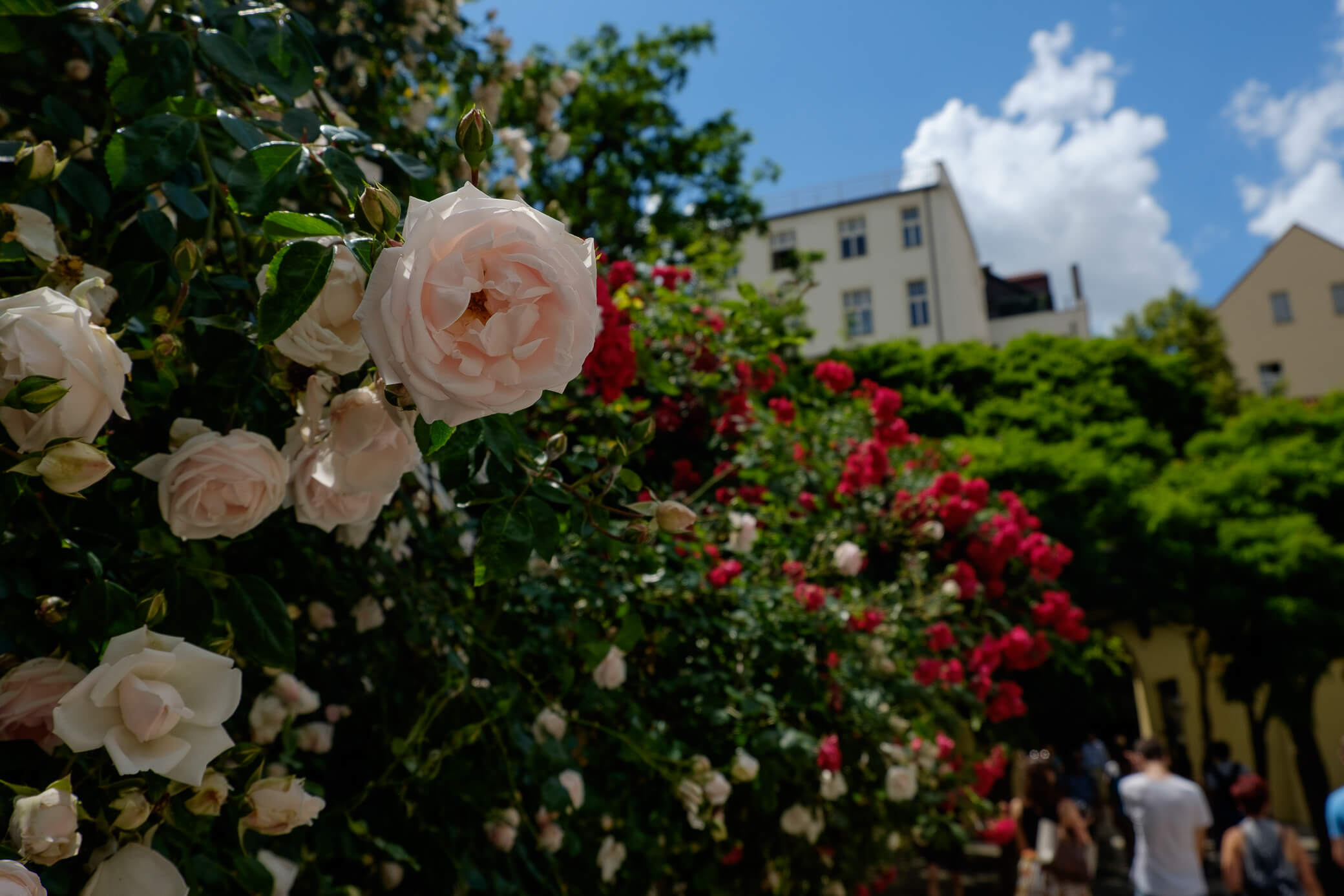
A small personal top list of anti-touristy places and things to do:
- Watch the sunset from Vítkov Hill (and check out the balls of the largest equestrian statue in Europe) or from Parukářka
- Admire the facades of residential buildings on Vinohradská Street and definitely take a detour to Náměstí Jiřího z Poděbra
- Walk through the largest cemetery, Olšanské hřbitovy, with its incredible sculptures and mausoleums
- Spot muskrats by the yacht club on Podolské nábřeží, then try to catch a hedgehog in any city park
- Taste the entire selection at Noelka wine shop — the best watering hole with criminally low prices (from 30 CZK per glass)
- Climb to Strahov Monastery for the best view of Prague (and excellent monastery beer)
- Have breakfast at Bistro 8, try stromboli in the passage by the National Museum, and dine at the restaurant Los v Oslu
- Buy a shot of slivovitz and quietly wander the night city, peeking into every alley
- Catch the Sunday food market near the Vyšehrad railway bridge (and don’t miss walking on the bridge itself)
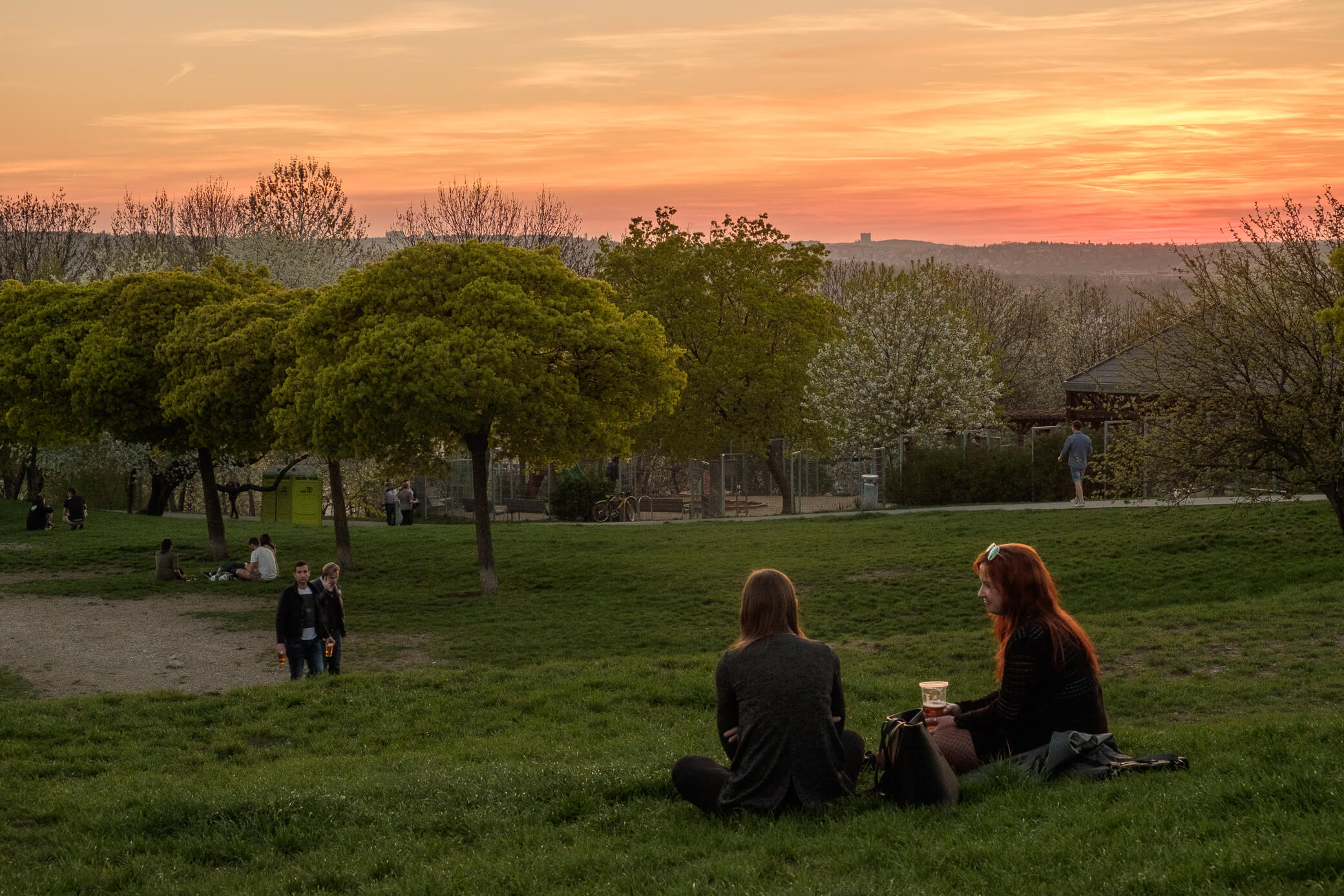
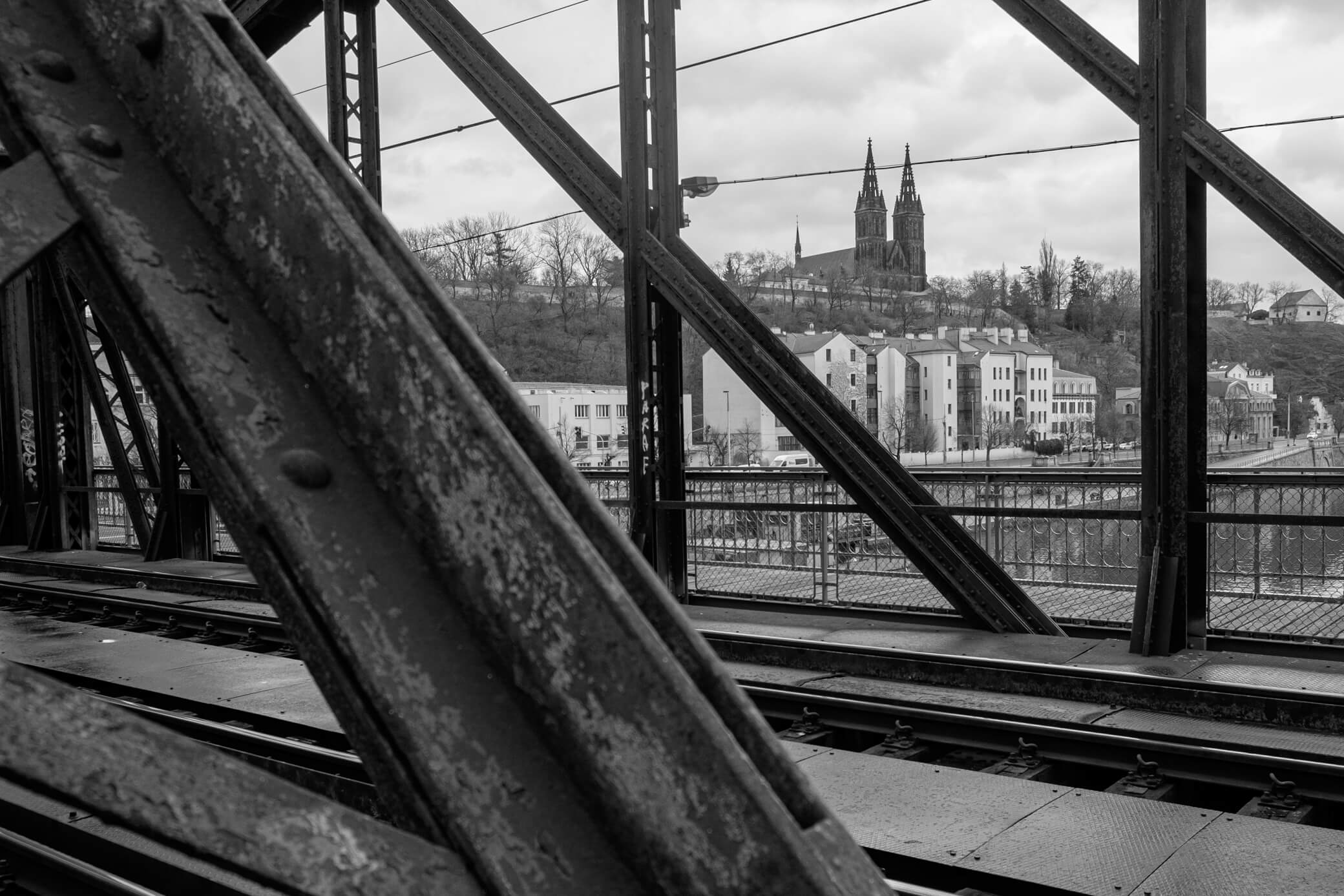
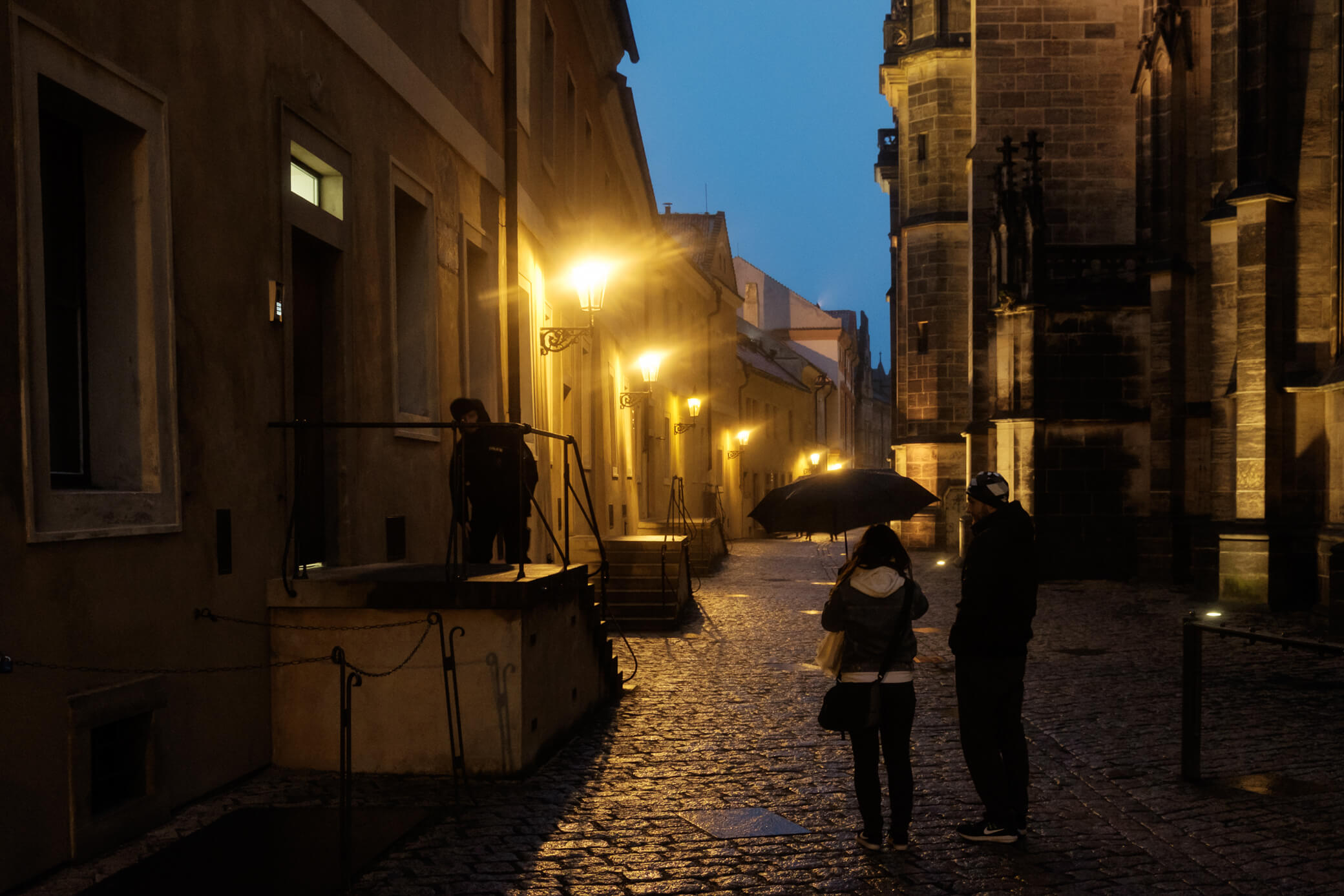
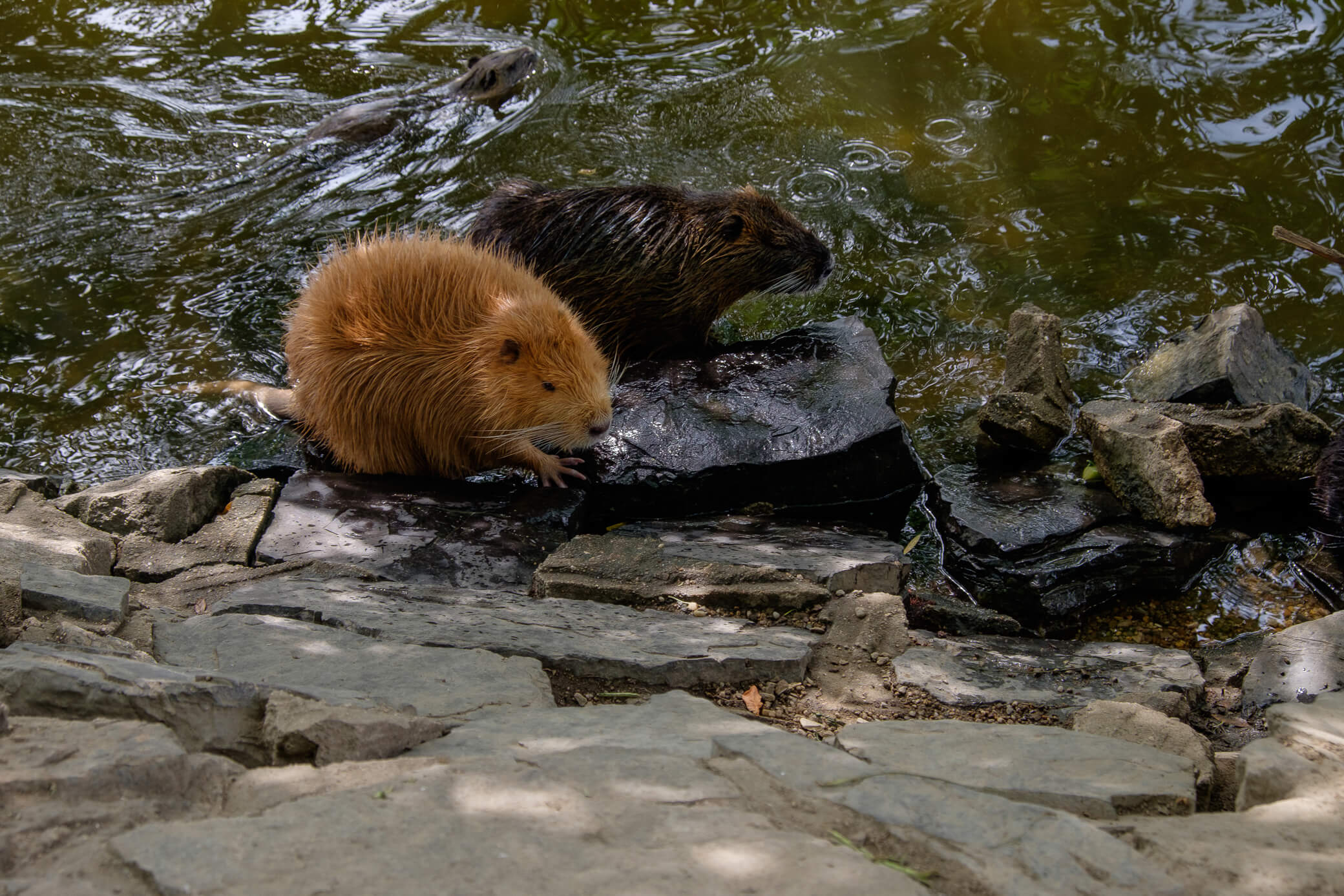
When you get tired, take a bus and head to the Czech provinces.
Traveling Around Czechia
Unlike the decentralized Germany and Poland, all of Czechia, figuratively speaking, spins around Prague’s orbit. The other cities are very small and, at best, can be covered in a single daylight day. Some are worth it, some barely.
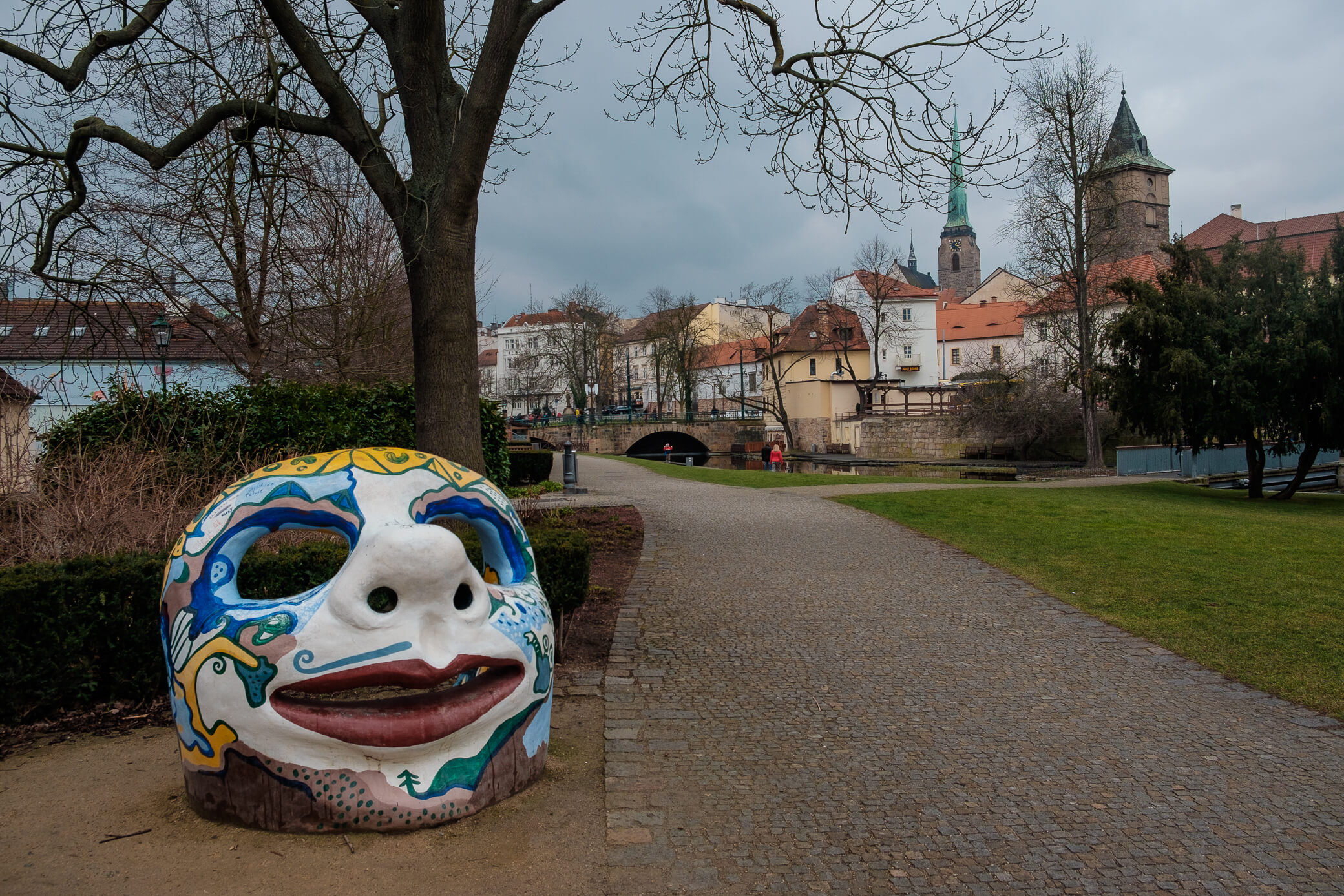
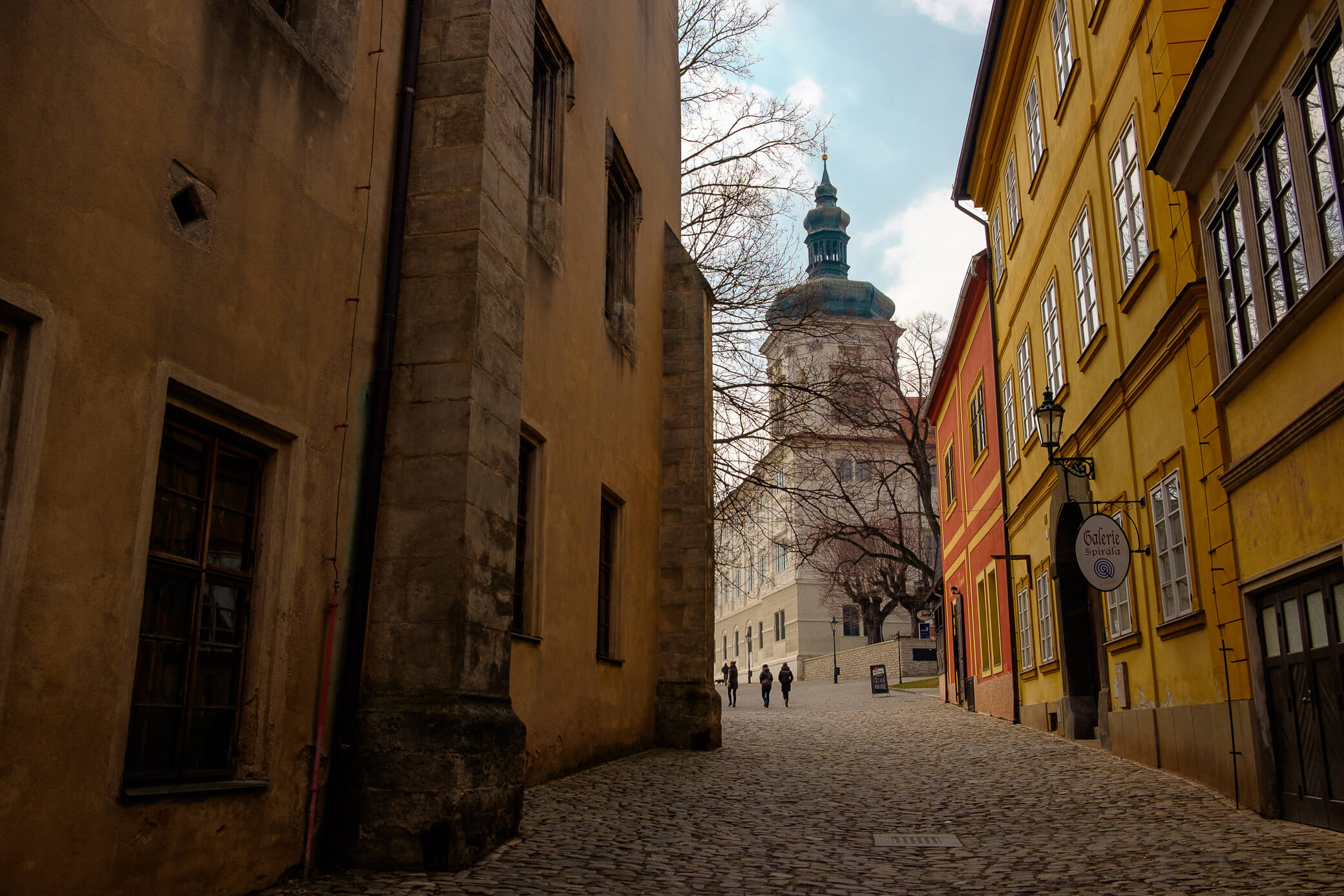
Brno — the country’s second city and the capital of Moravia, with just 380 thousand people. The city center is beautiful but very compact — after an hour, you catch yourself thinking you’ve already walked down this street. Worth a visit just to tick the box.
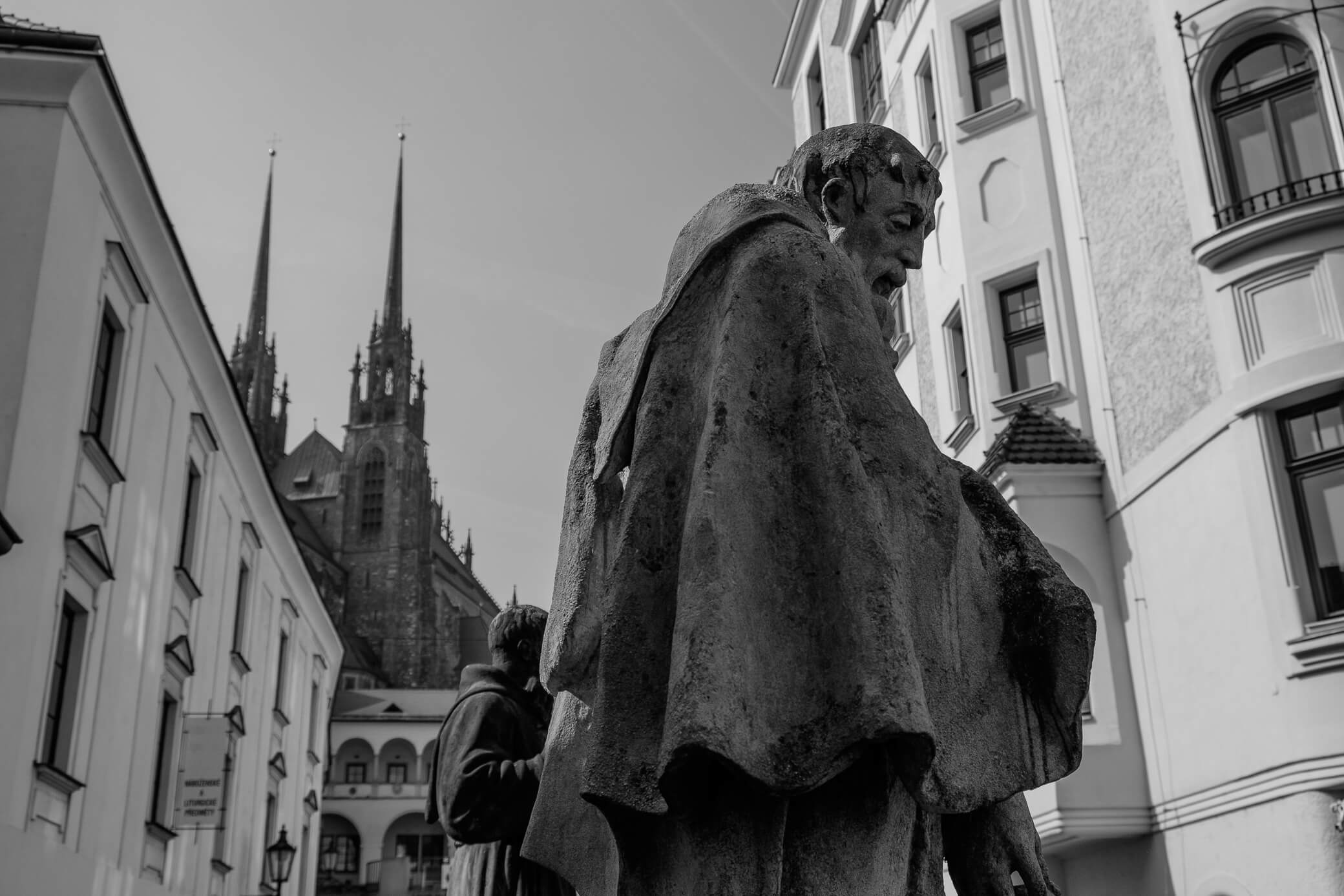
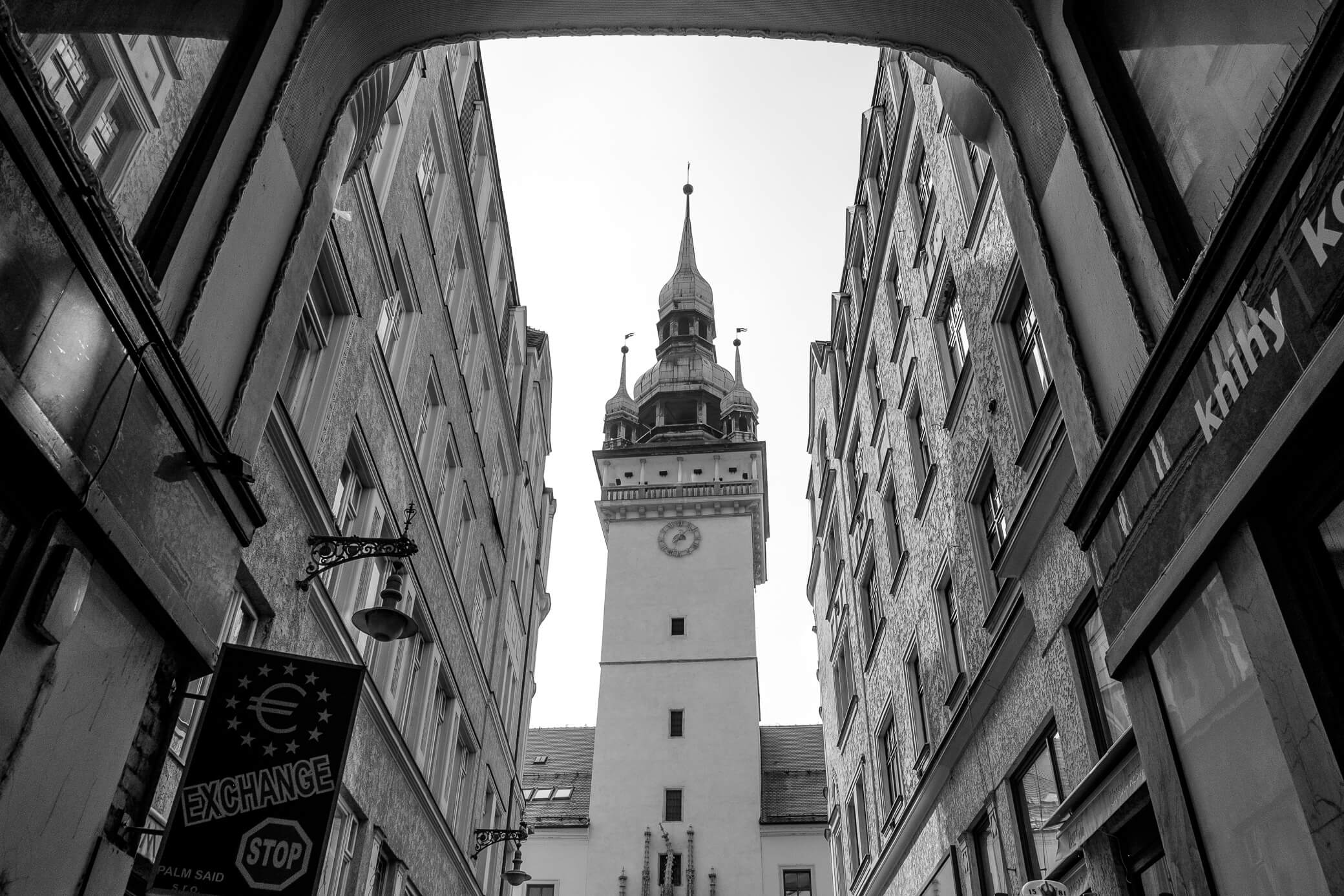
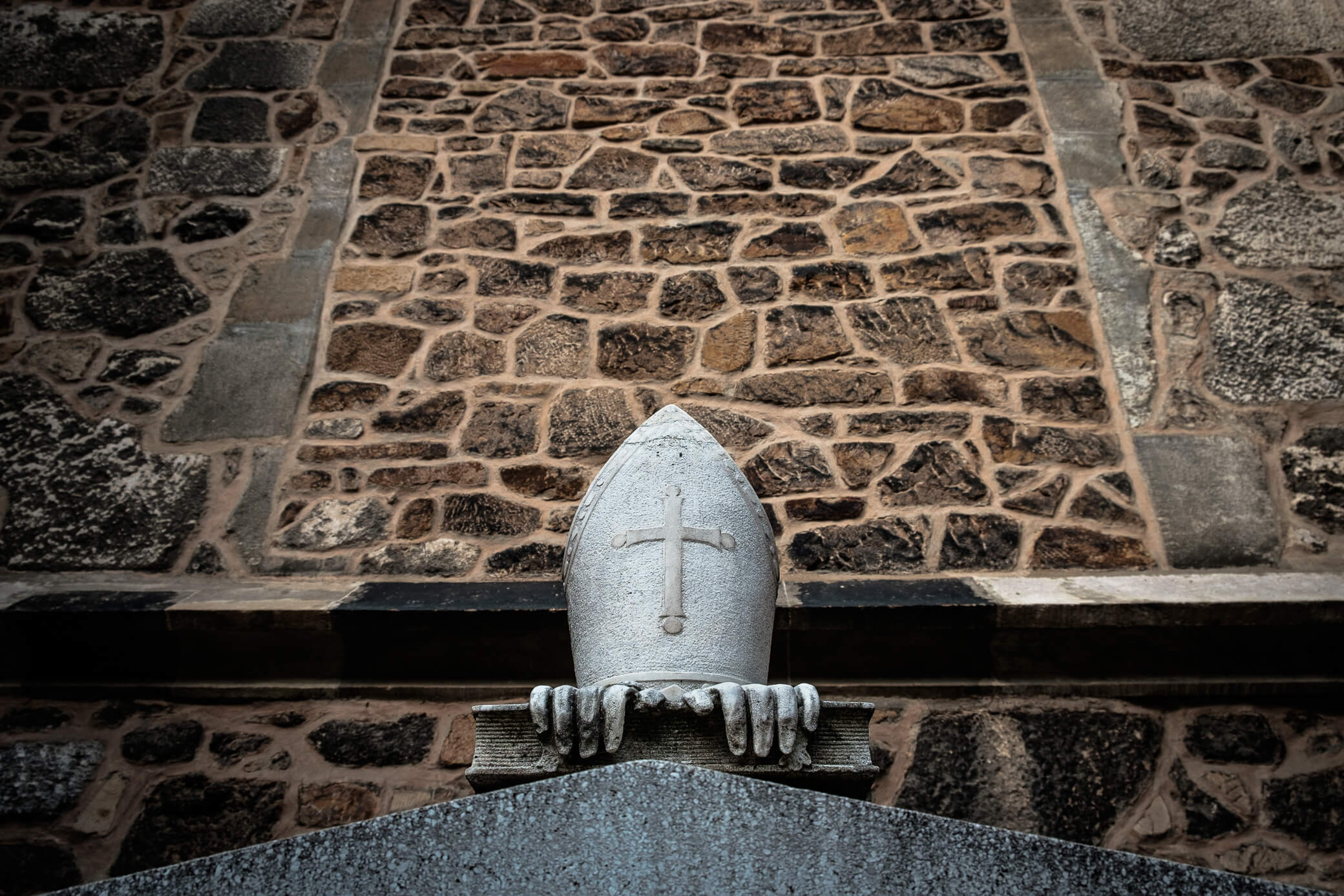
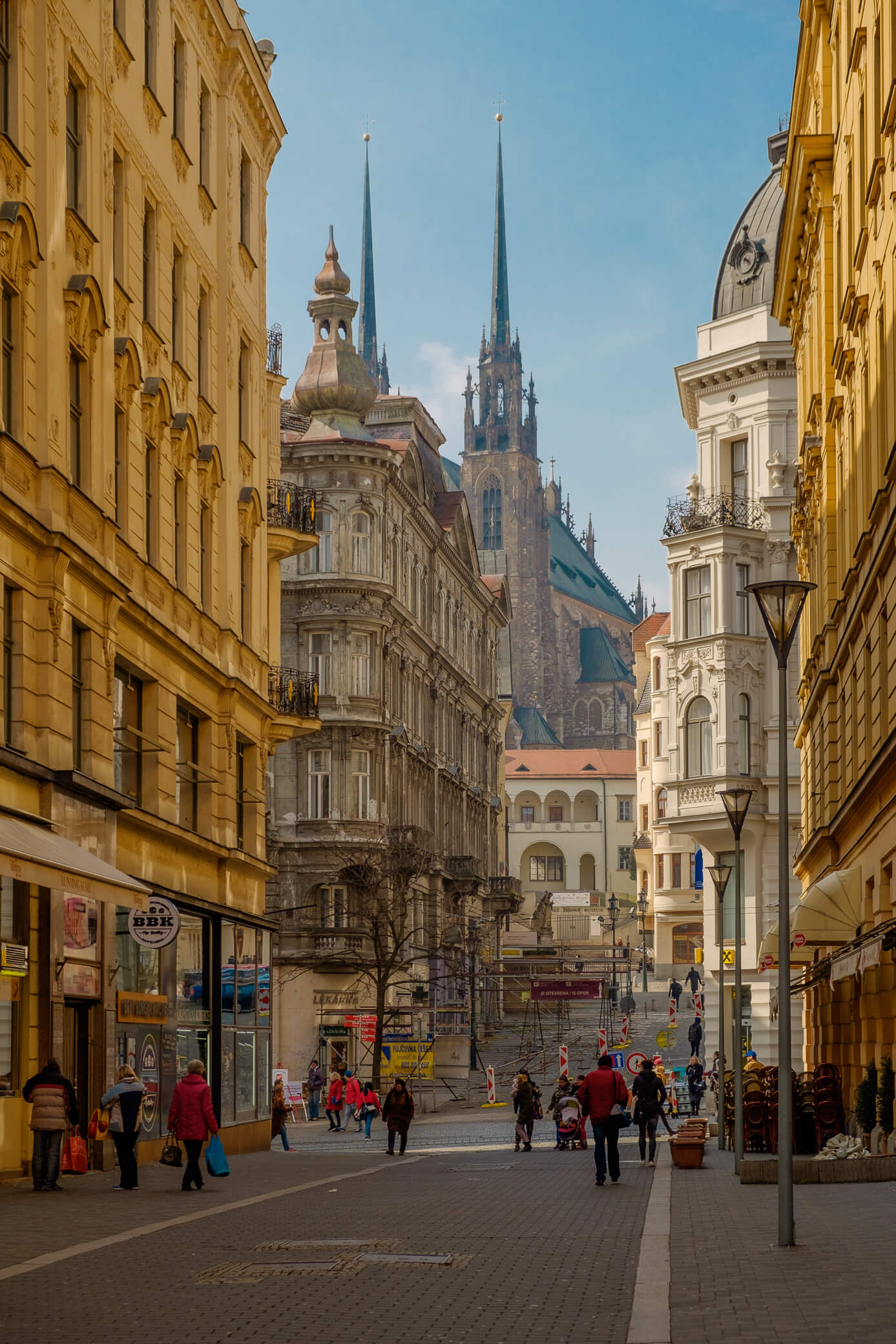
The towns of Budějovice and Plzeň are famous for their beer traditions and offer lots of themed entertainment (beer museums, historic pubs), but beyond that, there’s not much to catch.
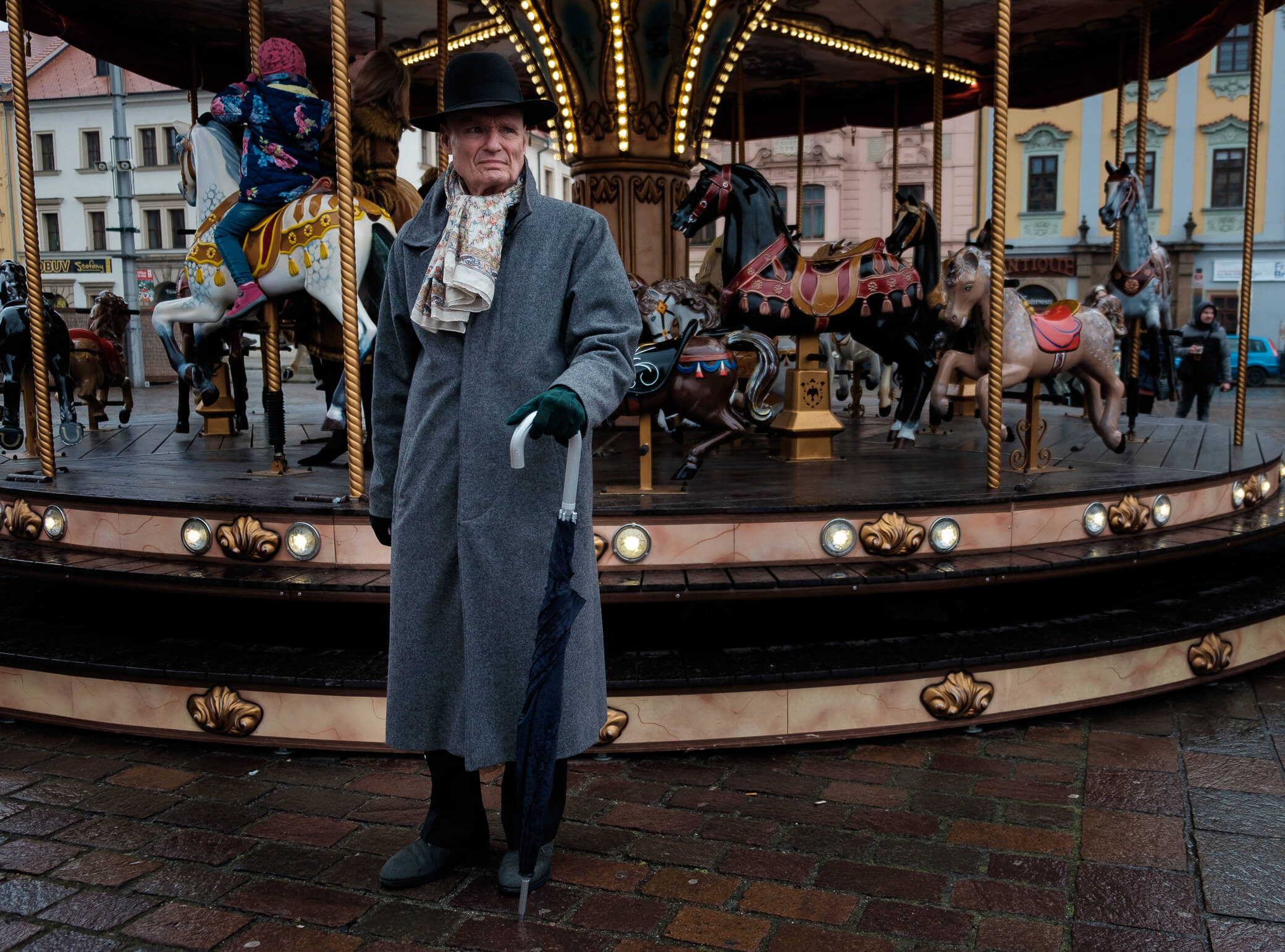
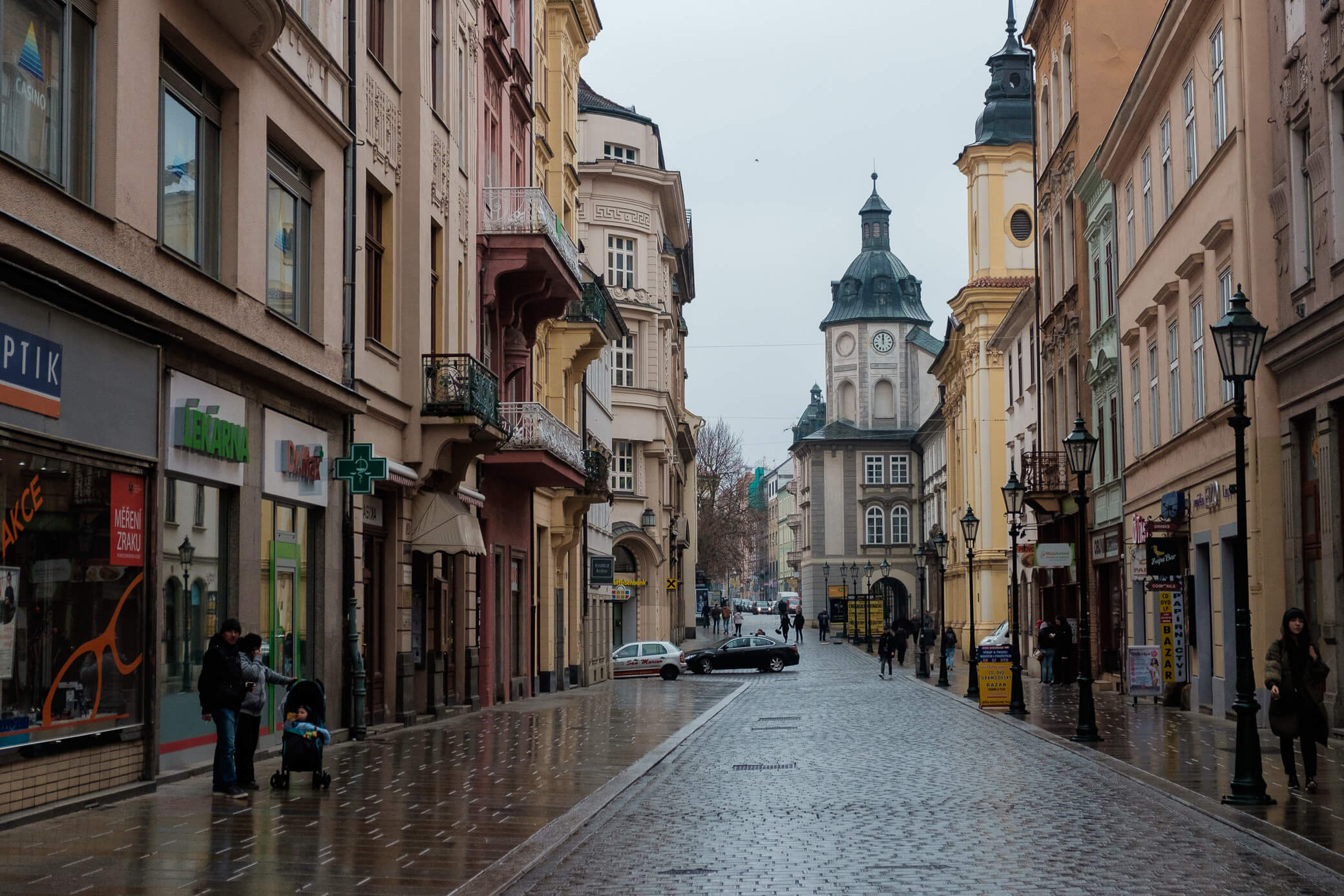
Ostrava — a city near the Polish border — is a playground for fans of wandering through abandoned steel plants. I have to admit, those industrial ruins really impress.
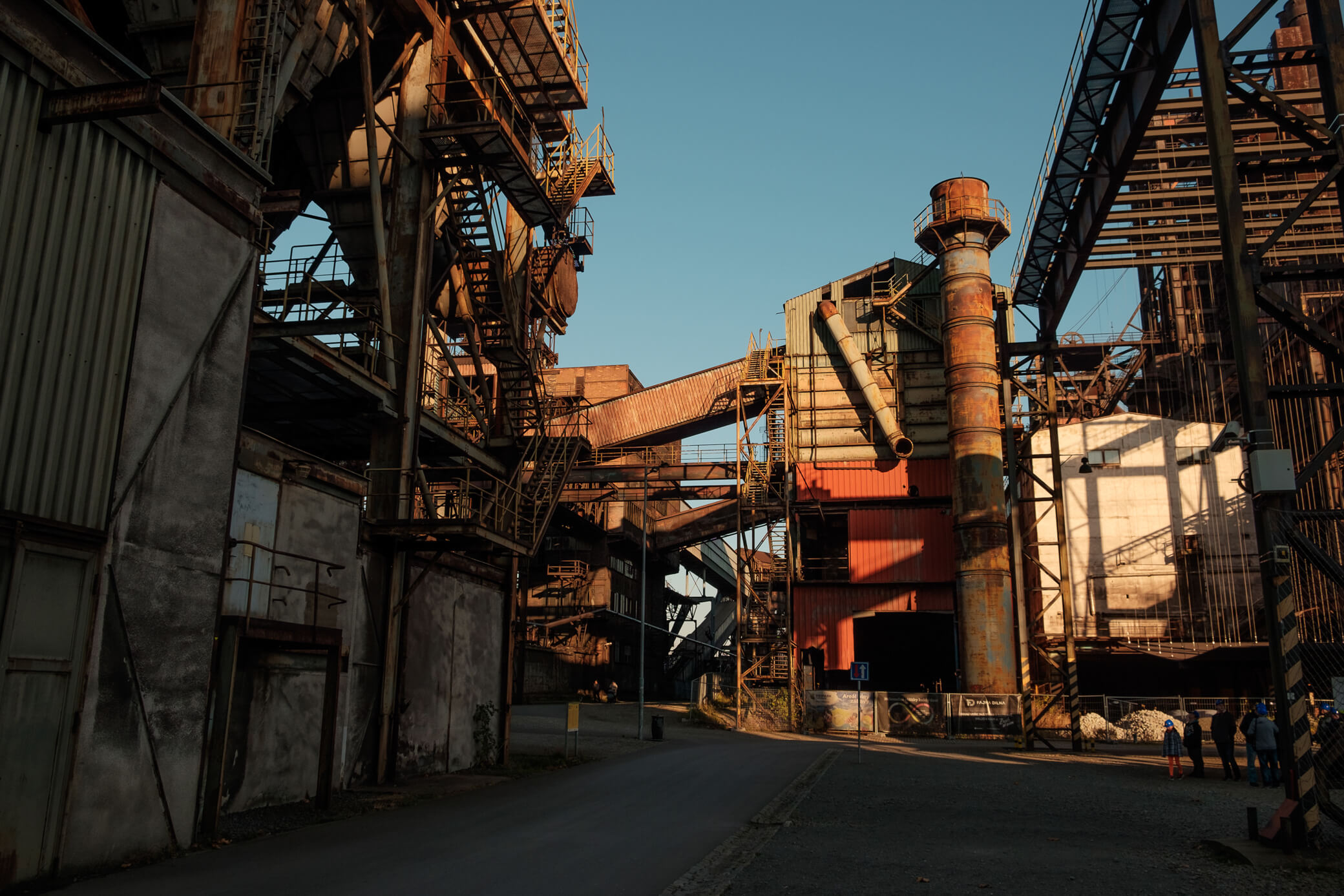 -
-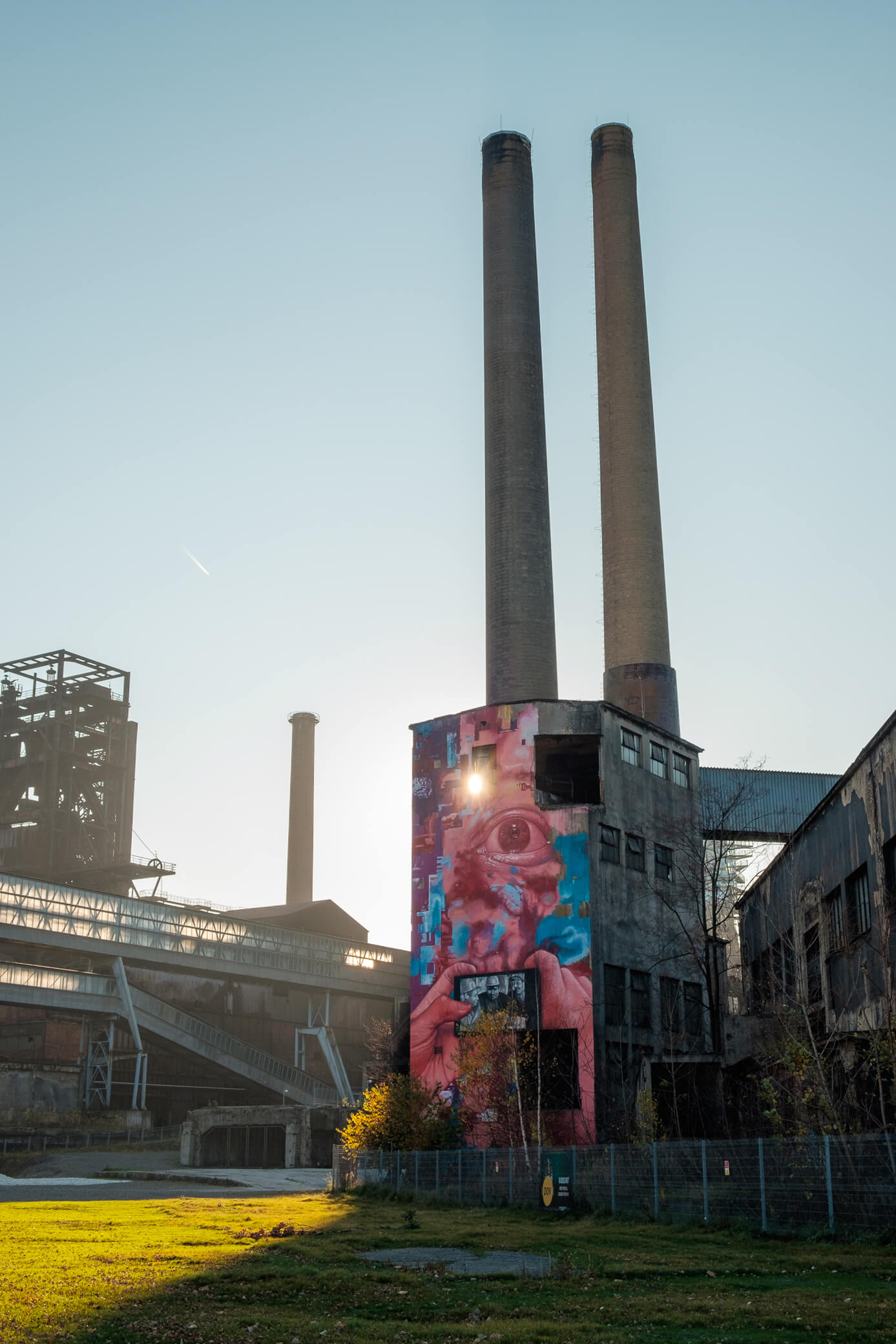 -
- -
-
Kutná Hora is known for its ossuary and Gothic cathedral. Both come highly recommended — a truly wild experience.
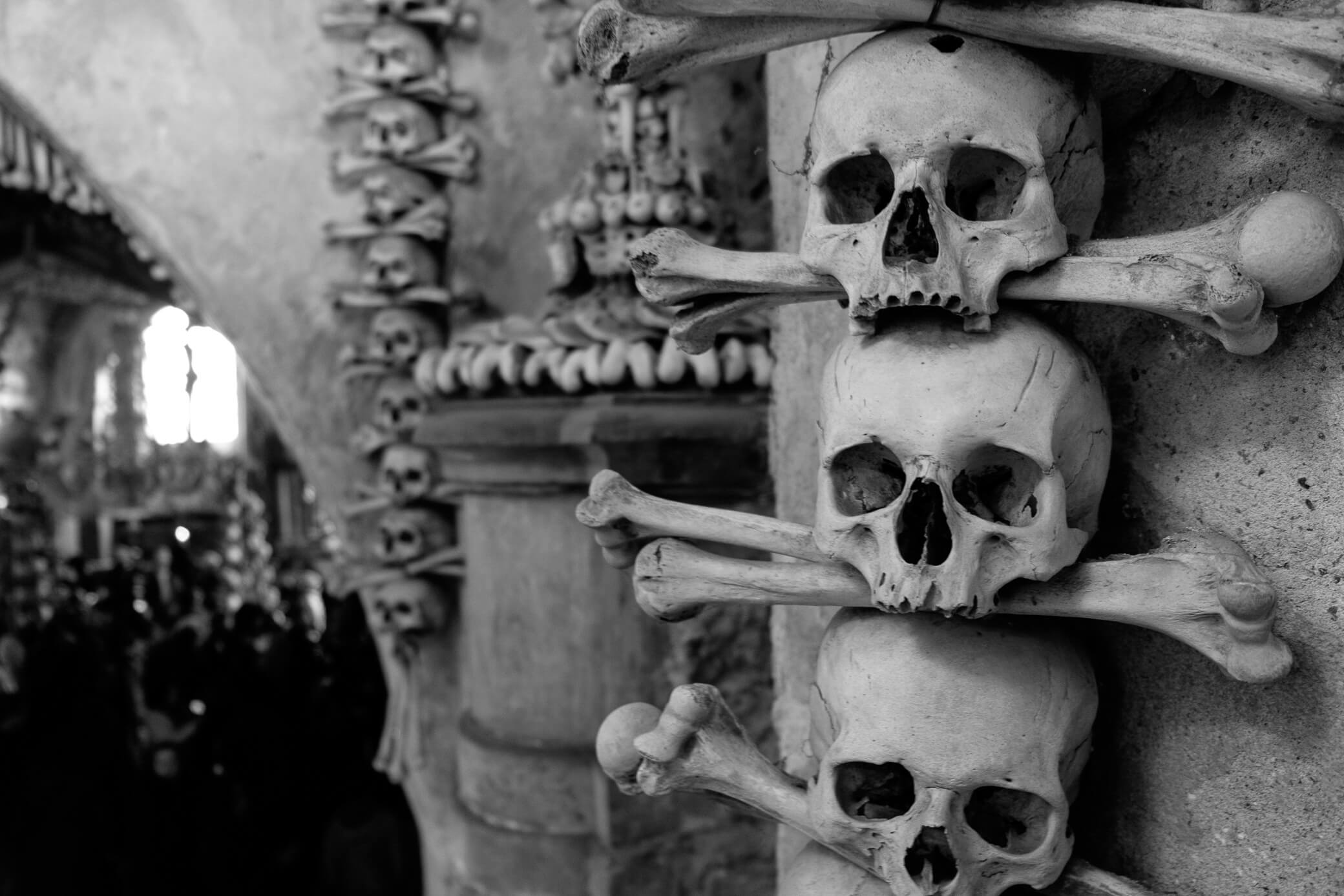
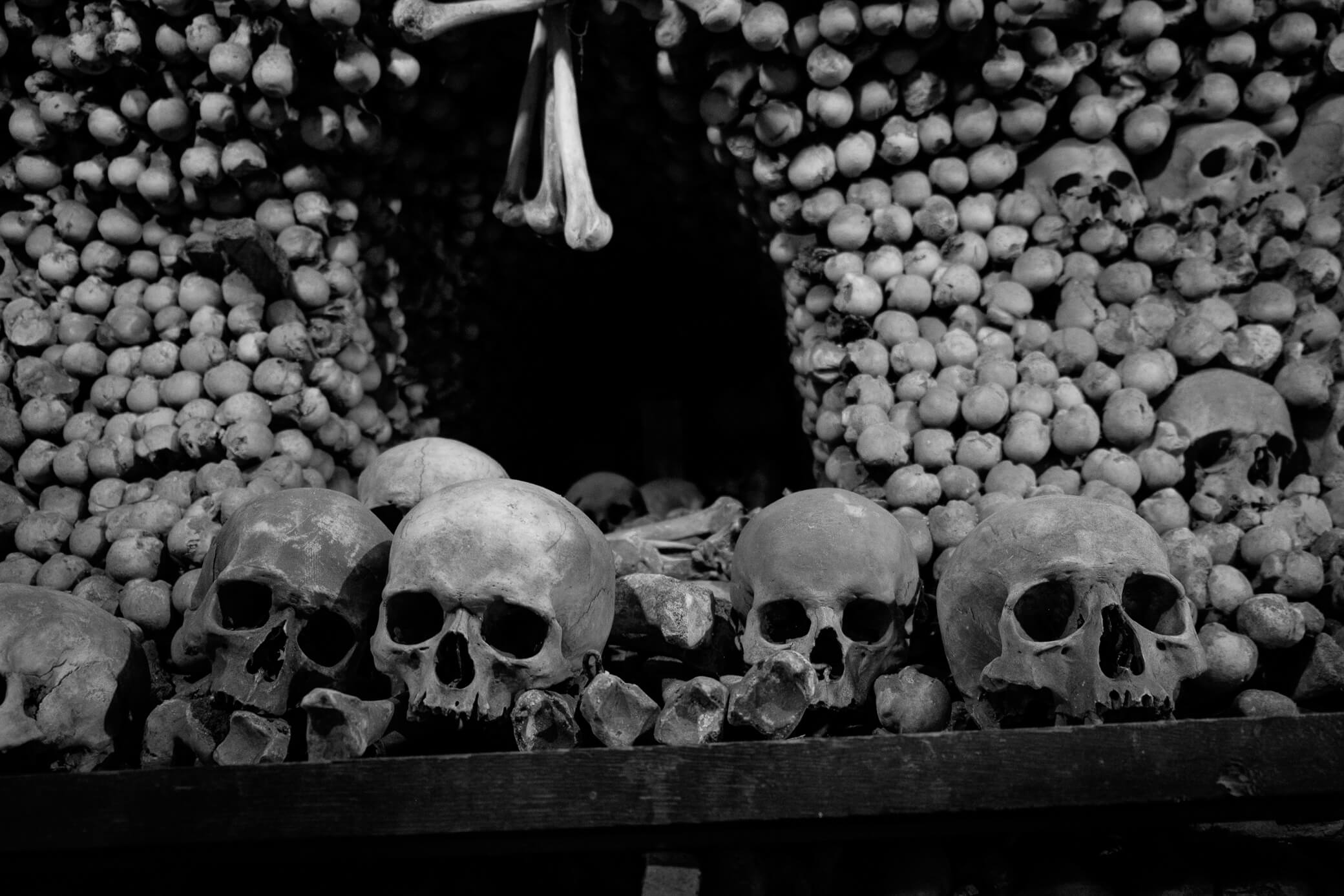
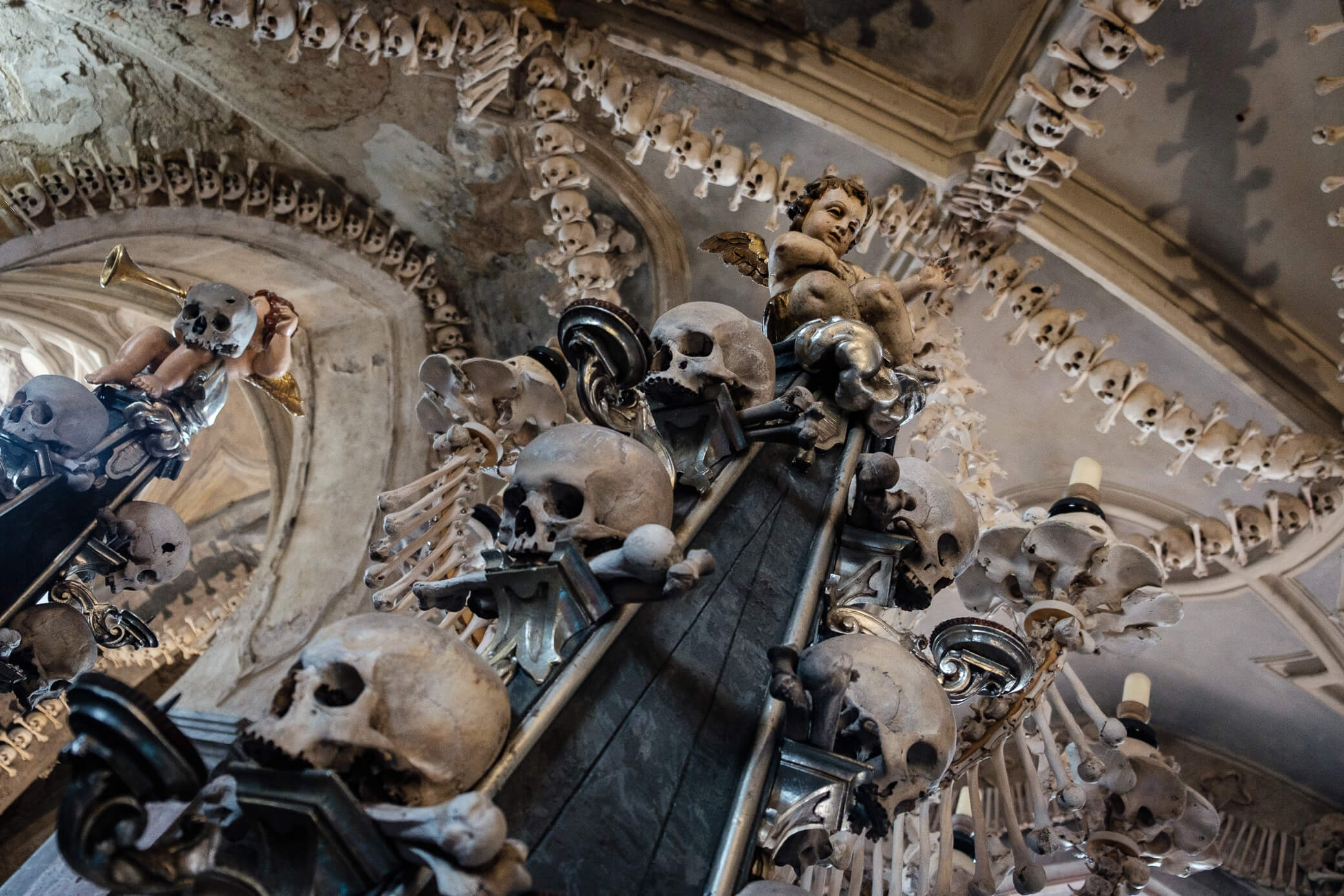
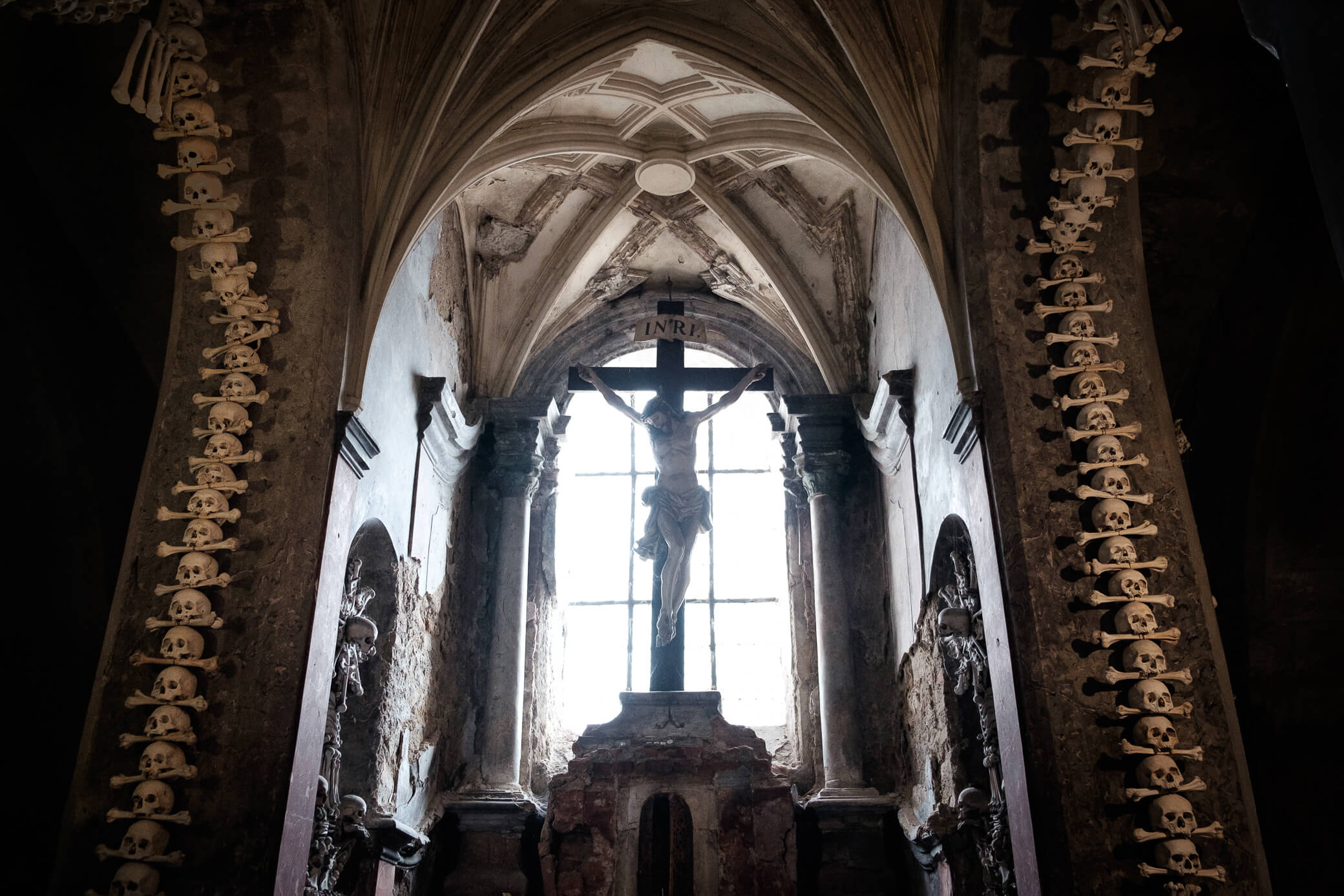
Karlovy Vary — a resort popular with Russian retirees, offering free mineral water and charming facades set against stunning nature.
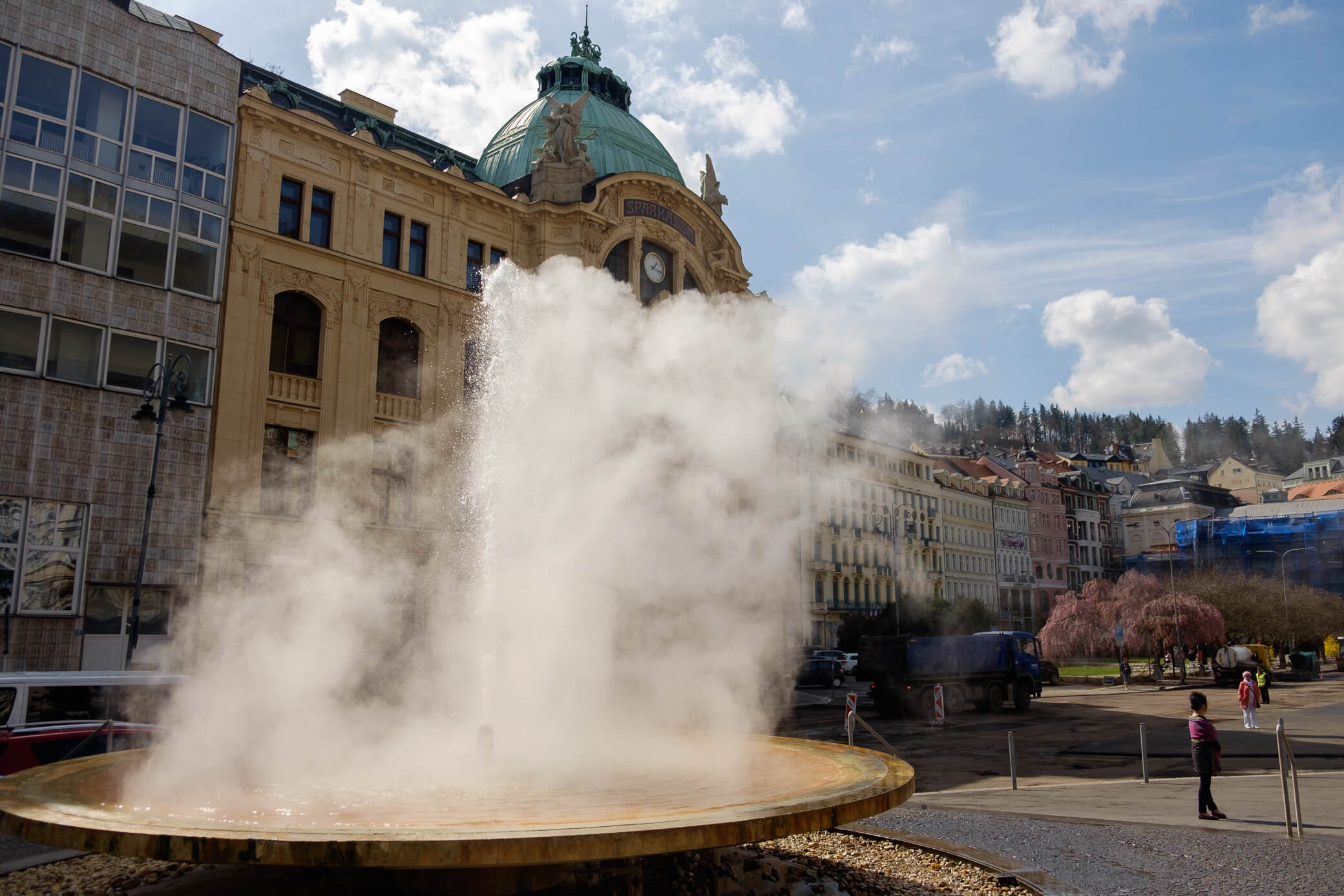
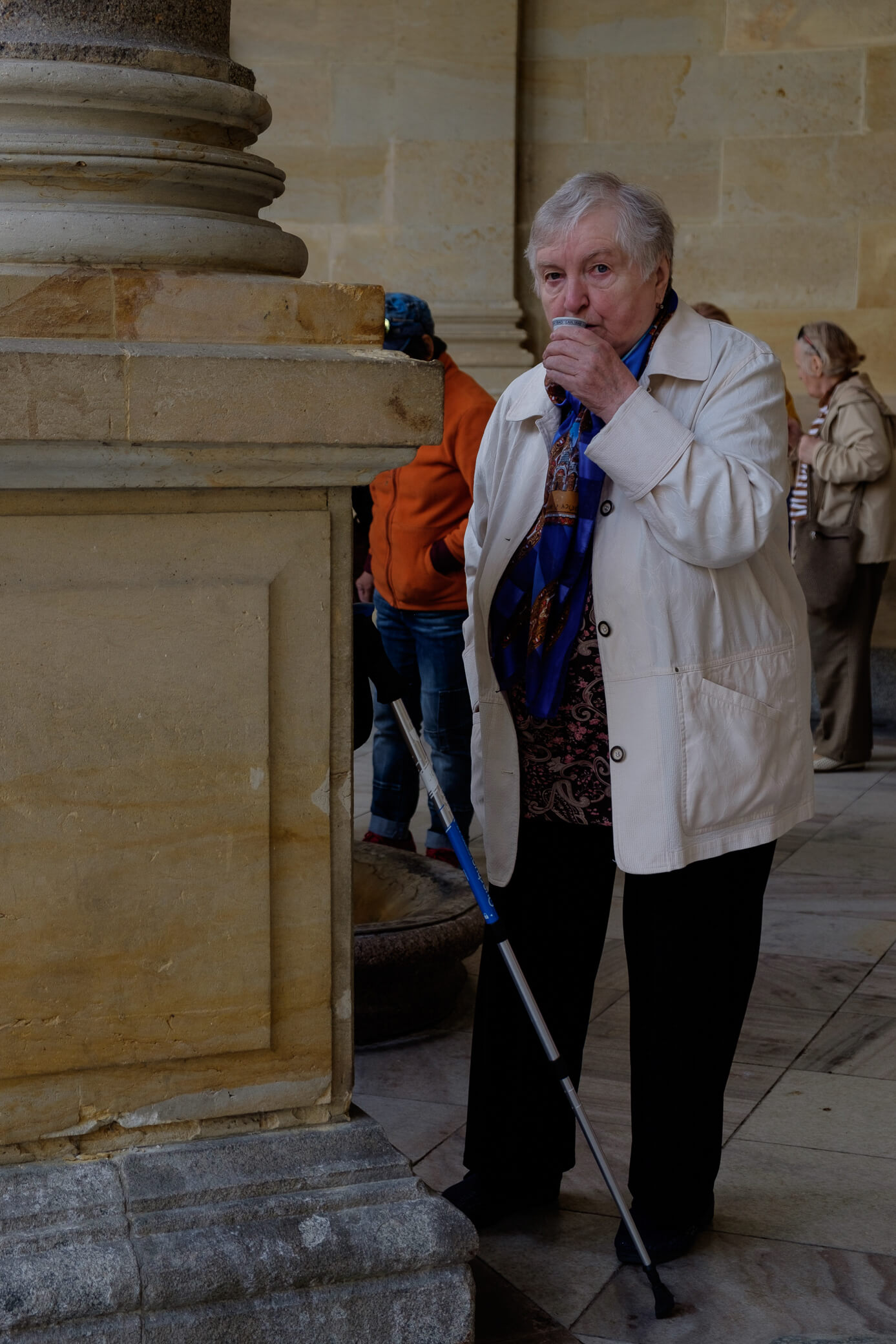
And of course, Česky Krumlov — worthy of its own post on my blog — an unbelievably beautiful medieval tourist town.
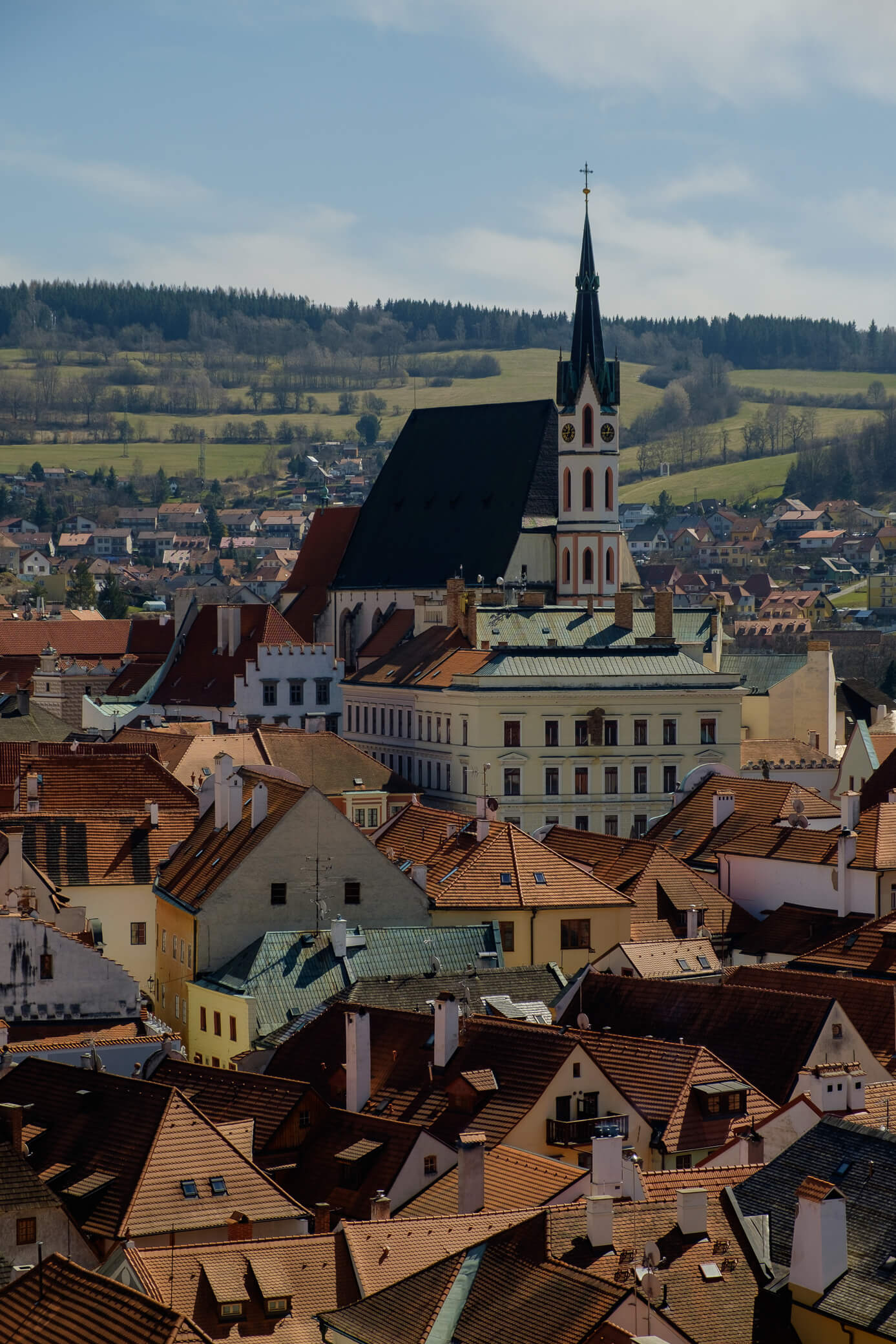
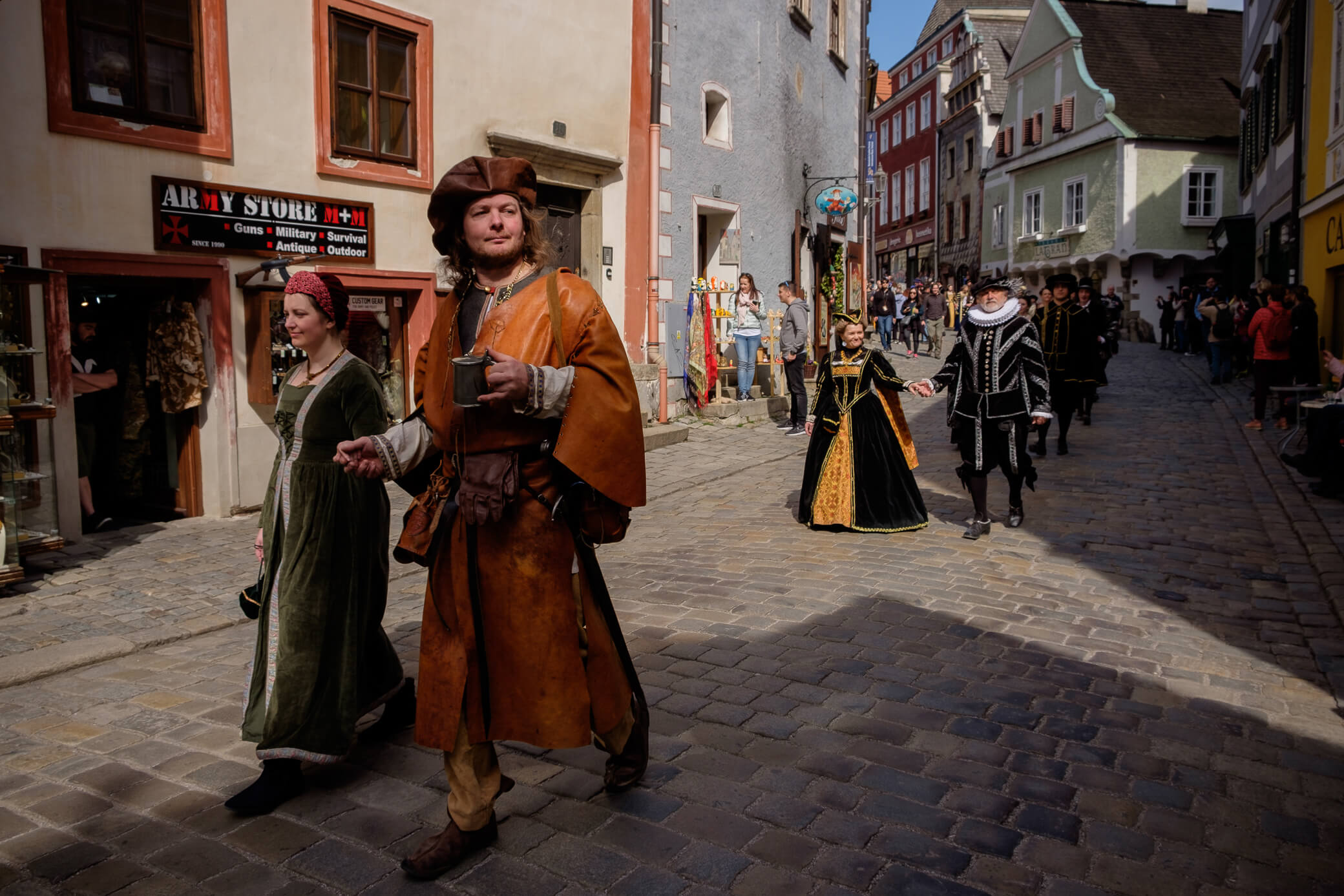
Even a aimless trip through Czechia is a supreme aesthetic pleasure. Neatly trimmed emerald fields and hills, castle ruins, lush pine forests, winding rivers — it all looks like someone decided to make perfect stock photo renders.
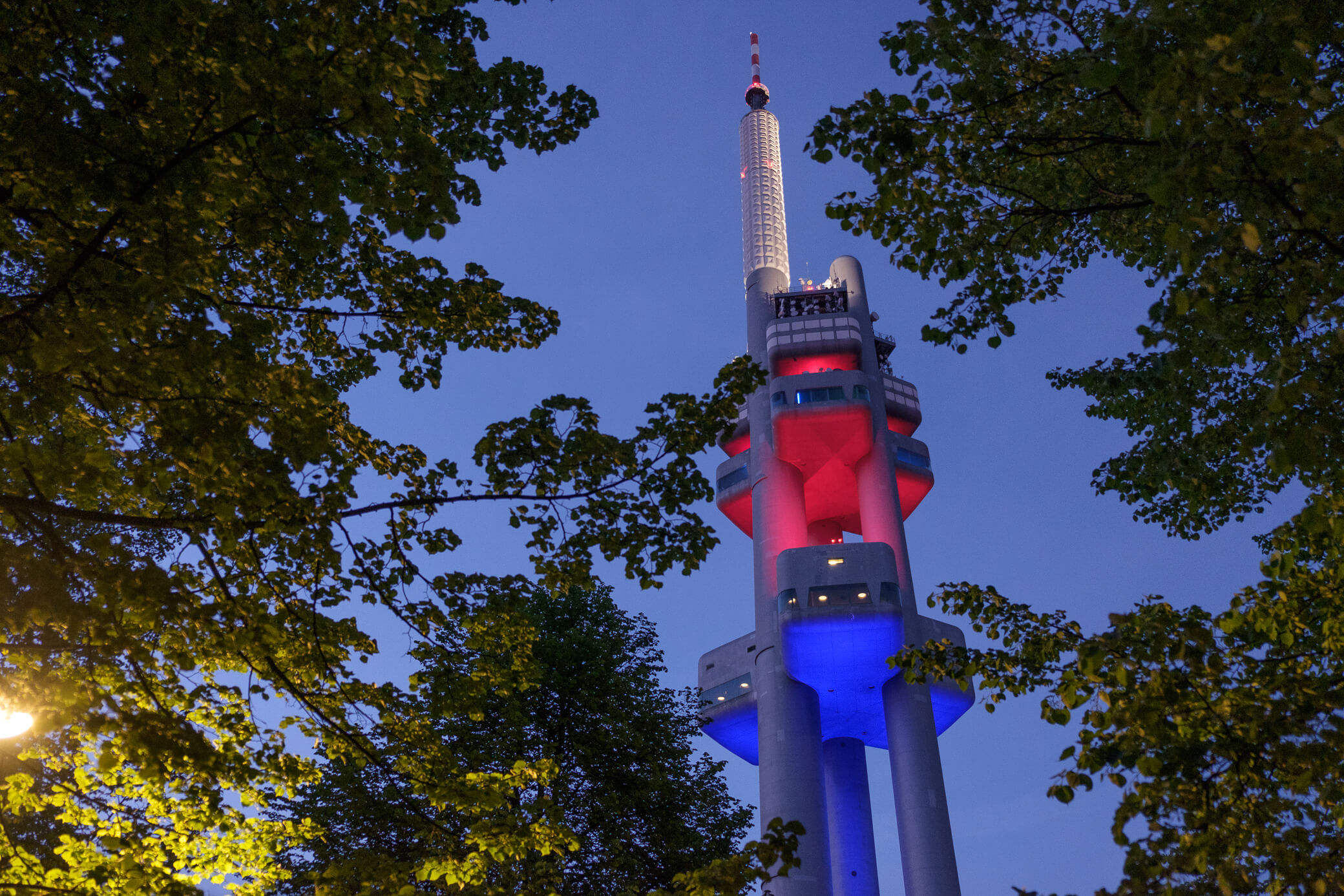
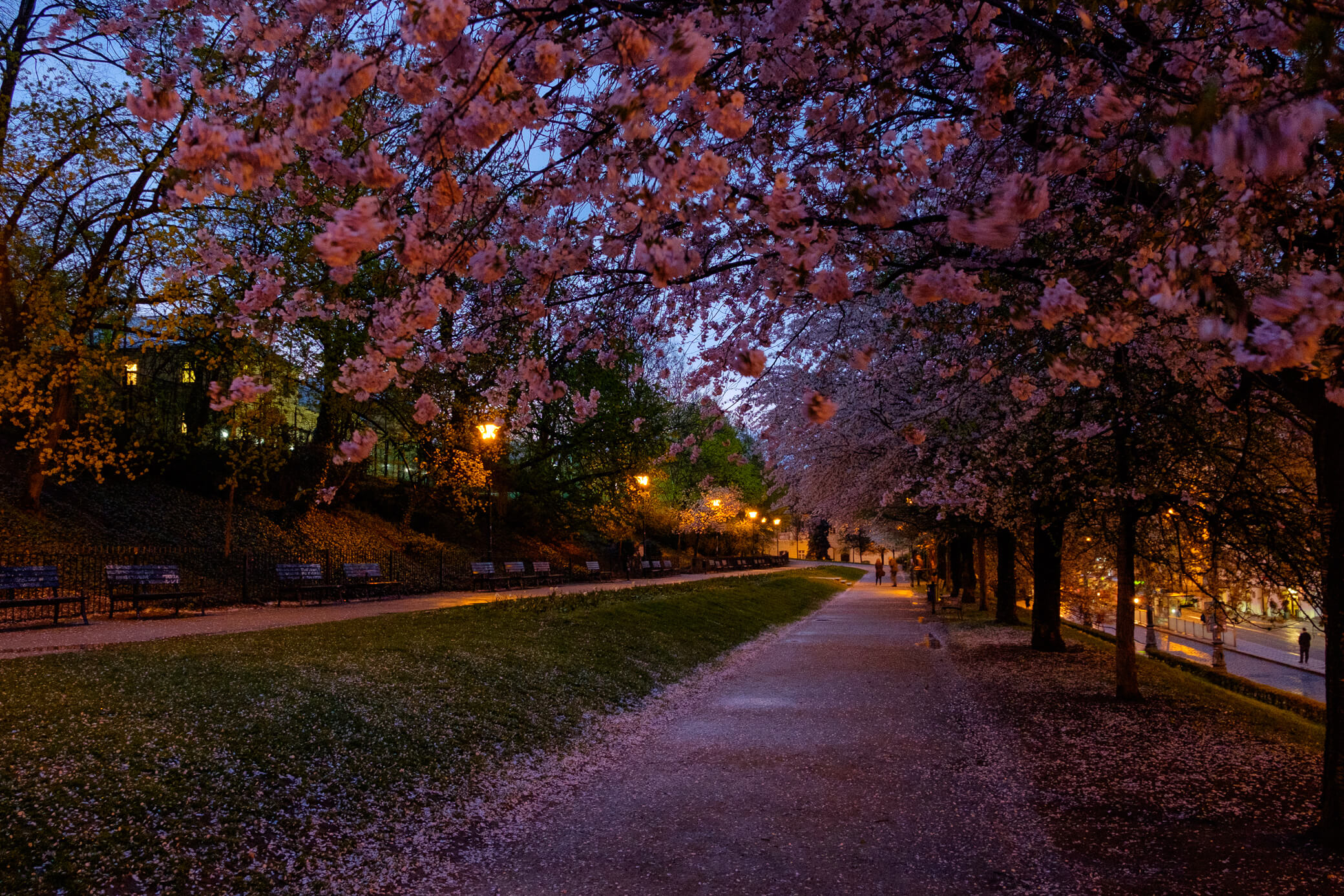
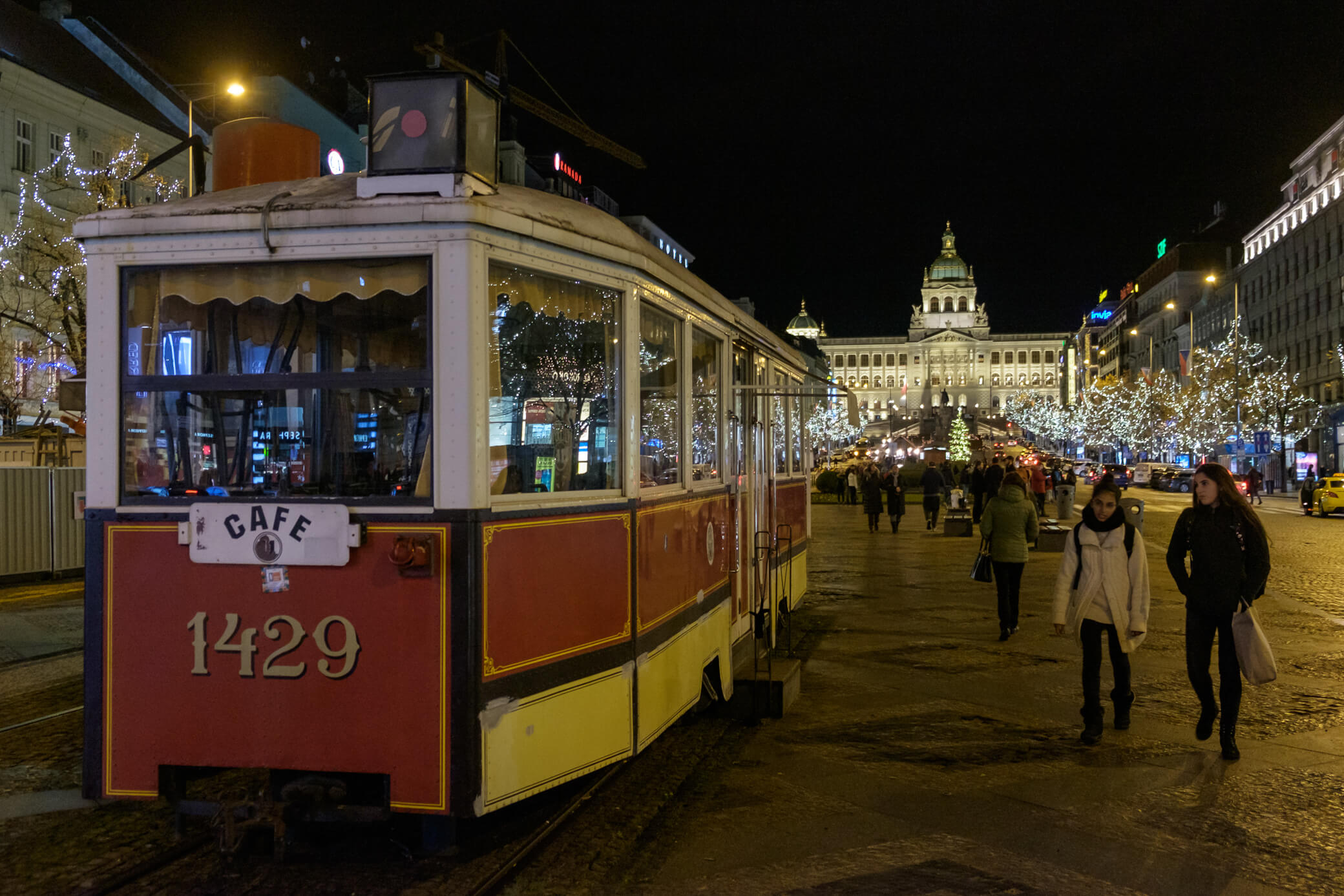
In the past couple of years, I’ve been to Czechia six or seven times, and I’ll happily stop for a glass of Moravian wine right after quarantine. Hope to see you there too. Until then!
